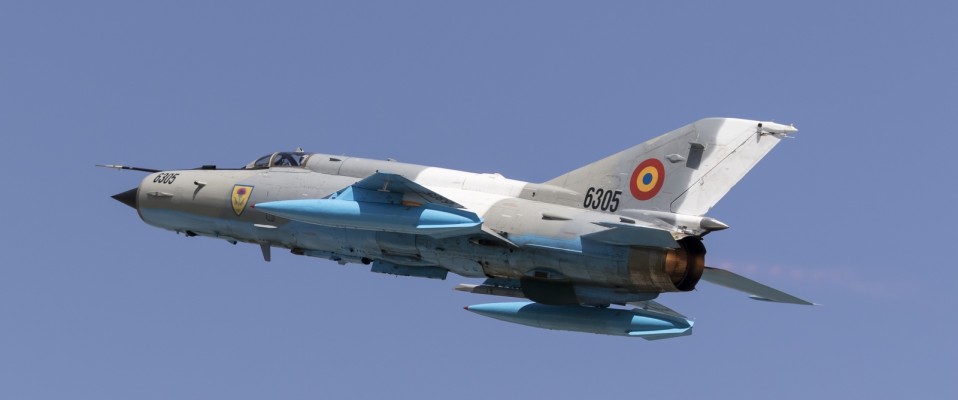Different Worlds in Romania
Report and photos by Paul Gross and Patrick Roegies
September 8, 2019
The Romanian Air Force (Fortele Aeriene Romāne, RoAF) is continuing a modernization program that was initiated in the early 2000’s. One of the results is that nowadays an F-16 squadron is working up to operational status to serve next to two MiG-21 squadrons jointly providing air defence for Romania.
We take a deeper look into the origins of this special combination and how it will accomplish the mission of air defence for Romania, with a little help from its NATO friends.
History
When Romania joined NATO in 2004 the fighter fleet of the RoAF consisted solely of 104 MiG-21’s that had been modified to LanceR standard. These airframes were originally delivered between 1972 and 1975. The upgrade to LanceR took place between 1997 and 2003, when the last one was delivered.
In 2004 the fleet consisted of 68 (of 71 originally modified) LanceR A ground attack aircraft, 12 (of 14 originally modified) Lancer B trainers and 24 (of 26 originally upgraded) Lancer C air defence variant.
Only one year earlier the RoAF was still operating a relatively young fleet of originally 21 MiG-29’s, delivered between 1989 and 1993. A promising cooperation between DASA Germany, Elbit Systems Israel and Aerostar Bacau Romania to upgrade the MiG-29’s to NATO standard under the new name ‘Sniper’ had however been abandoned a few years before. Budget cuts and restructuring of the armed forces resulted in the end for the MiG-29 in RoAF service in 2001.
Further budget cuts have since then resulted in the withdrawal of the LanceR A’s. This means that only 24 LanceR C aircraft are available for air defence, with a secondary ground attack role. These aircraft are divided over the airbases of Câmpia Turzii (Escadrila 711, 711 Squadron) and Mihail Kogălniceanu (Escadrila 861, 861 squadron). Both units maintain a Quick Reaction Alert (QRA) facility with each two MiG-21’s on standby 24/7, 365 days a year.
Air defence for Romania
With little less than 240.000 square kilometres Romania is not only a vast country, but it also has a strategic geographical position adjacent to the Black Sea. The coastline at the Black Sea is some 225 kilometres long and is as the crow flies less than 400 kilometres from the new Russian territory of Crimea.
In 2014 it was decided that NATO would contribute to the air defence of Romania by installing an air policing detachment at Mihail Kogălniceanu Air Base (locally referred to as M-K Air Base or just M-K). This so called Enhanced Air Policing is part of NATO’s Assurance Measures introduced in 2014. These measures were implemented with the goal to demonstrate the collective resolve of NATO and to deter Russia from aggression or the threat of aggression against NATO Allies.
Several countries have fulfilled these measures at M-K air base. In 2018 it was for instance the fourth time that Canada supported the mission in Romania. Preceding them from May 2018 to August 2018 a detachment of the Royal Air Force was based at Mihail Kogălniceanu Air Base with Typhoon fighters.
The number of intercepts of real intruders (so called Alpha Scrambles) was at levels of 60-70 per year in the years before the air policing. All of the intercepts were of Russian aircraft, varying from Il-20 and Il-38 patrol aircraft to Su-27 and Su-24 fighter jets. Since air policing started the activity from Russia near Romania decreased significantly. An example was the intercept made by the RAF contingent on August 23rd 2018 when two RAF Typhoons intercepted a Russian Be-12 coming from Crimea. The day before the RAF reported it had intercepted two Russian fighter jets over the Black Sea, while on August 15 it had intercepted no less than six planes. Also the Canadians had a memorable intercept. On the night of Oct. 18th 2018 two CF-188 Hornets intercepted a Russian Su-27 operating near the western half of the Black Sea. The incident was the only intercept of a Russian fighter jet during the four-month mission.
The MiG-21 in Romania
Romania has been operating the MiG-21 in large numbers during the cold war. A total of 322 MiG21’s of several variants were delivered.
By 1993 Romania decided to upgrade a large number of MiG-21’s to LanceR standard, with the R for Romania officially being written in capital. The program had been originally referred to as the “DD program” meant as a tribute to the Romanian poet and novelist Doru Davidovici who was also a MiG-21 pilot and killed in a crash with a MiG-21UM in April 1989.
The goals of this upgrade were to extend the service life of the MiG-21 by 10 years. This meant the MiG’s were planned to be replaced between 2005 and 2010.
A number of 71 MiG-21’s was modified to LanceR A ground attack variant. Seven MiG-21-MF-75 airframes and 64 MiG-21MF were used for this. The Lancer C was the air defence variant. A total of 26 were upgraded from a fleet of two MIG-21MF en 24 MIG-21MF-75. For training 14 MiG-21UM were upgraded to LanceR B.
The most important of the many LanceR modifications were HOTAS (hands on throttle and stick), MFCD (Multifunctional Colour Display), Type 921 HUD (Head Up Display) by Elbit Electro Optical Systems, DASH (Display And Sight Helmet System) also by Elbit, an HNS (Hybrid Navigation System), chaff and flare system and a new IFF transponder. Important improvement was also the ELTA EL/M2001-B radar.
The quest for a new fighter
After joining NATO on April 1st 2004 Romania almost simultaneously commenced the search for a new fighter jet to replace their MiG-21 LanceR fleet. Initial debates had already started soon after the end of LanceR upgrade program, around the immediate premature retirement of the MiG-29 Fulcrum in the year 2001.
Early 2005 rumours started to emerge that Romania was interested in the acquisition of two dozen of ex-Israeli Air Force F-16s representing a value of USD 150 million. Although the actual acquisition never took place, the proposal was approved by the US government and Lockheed Martin.
The next attempt followed in the summer of 2006 when the Romanian government negotiated with the Belgian government on the possible purchase of ex-Belgian Air Force F-16’s. This also did not result in an actual transfer. A possible reason could be that the concerning F-16’s in Long Term Storage at the Rocourt and Weelde facilities in Belgium were not up to MLU standard. This would mean additional costs for upgrading the F-16s.
A third attempt followed in the spring of 2008 the Romanian government submitted a proposal for future acquisition for Major Defence Equipment (MDE) in the United States. Subsequently the Defence Security Cooperation Agency (DSCA) notified Congress of a possible future Foreign Military Sale to Romania of F-16C/D aircraft representing a value of USD 4.5 billion. This included the delivery of 24 refurbished F-16C/D Block 25 aircraft and 24 new F-16C/D Block 50/52 aircraft. For unknown reasons this deal did however not materialize.
After this attempt failed as well, the Romanian Supreme Defence Council approved the Defence Ministry’s proposal for the purchase of 24 used ex-U.S. Air Force F-16C/D block 25 variants in 2010. The total value of this acquisition was estimated to be between USD 900 million and USD 1.2 Billion. According to sources who took part in the discussions held between the Romanian National Defence Ministry and the United States, the Romanian Government cancelled the plans due to lack of a long-term financing plan.
Finally Romania succeeded in its attempts to find a replacement fighter when the Romanian government announced the purchase of twelve ex-Portuguese Air Force F-16s on October 11th 2013. The Portuguese government had been searching for a potential buyer for its surplus MLU upgraded F-16AM and F-16BM aircraft since 2006. The program was referred to as Peace Carpathian and included the delivery of twelve F-16AM and F-16BM Fighting Falcons. Of those, nine were originally delivered to the Portuguese Air Force and three were former U.S. Air Force aircraft supplied to Portugal under the US Excess Defence Article program. The Portuguese military procurement agency DGAIED bought the latter three F-16s and had the Portuguese Air Force upgrade them to the F-16 Mid Life Update (MLU) standard with assistance of the local OGMA aviation industry prior to transfer to Romania.
The MLU upgrade consisted among other of applying the Falcon UP reinforcement structure to their aircraft. The Falcon UP program was intended to restore the 8,000-hour capability for the USAF’s Block 40/42 aircraft. As a result he acquired F-16’s that have on average some 4,000 hours of flight now have at least another 4,000 hours left.
Also the engines were upgraded to F100-PW-220E and a series of modern armament and equipment were implemented. The major armament upgrades were compatibility with AIM-120 AMRAAM, Joint Direct Attack Munition–JDAM, Joint Stand Off Weapon–JSOW and Rafael Litening II.
The value of this acquisition was EUR 628 million and the contract also included modifications and upgrades to the aircraft, additional engines, logistics support, and the training of 9 Romanian Air Force pilots, 4 mission planners and 75 maintainers and engineers.
Extra orders
On July 20th 2018 Romania announced that it plans to buy five more F-16 fighter jets from Portugal. The order contains four single seaters and one dual seater and they should be delivered by early 2019. The Romanian government planned to submit legislation on the procurement to parliament by the end of 2018 but no news has come forth since.
In July 2018 it was also stated that Romania still intends to purchase 36 more F-16’s in the future. Procurement could be from other NATO countries like the US and Greece but also Israel was an option. Preceding this, Romania has asked for support from US Defence Minister James Mattis for his acquisition. Because whether these aircraft are bought from Portugal or another country it is imperative that the US government agrees.
Peace Carpathian conversion training
On September 30th 2014, the first group of 23 pilots, mission planners, maintainers and engineers headed for Portugal. The pilots started their initial 30-day ground-training program. During this period they were taught the composition of aircraft systems and their operation mode, essential elements how to fly and operate the F-16, specific navigation procedures of Portuguese airspace and of course, how to act in emergency situations. The theoretical part was complemented by long hours of flight simulator training. On September 30th 2015 the remaining group departed to Portugal to get qualified on the F-16.
After aircraft conversion training was completed the pilots moved forward to Initial Qualification Training (IQT). Here the pilots got familiarized with flight characteristics of the F-16 and execute the first solo flights. After finalizing the IQT the Romanian pilots went through the next phase: Initial Mission Qualification Training (IMQT) in which the pilots are trained to conduct air defence missions and ground attack sorties with all categories of systems and armament.
A fine description of the difference between MiG-21 and F-16 was made by the commander of the 861 Squadron at M-K air base: “ We are one of the few that still operates the MiG-21, this is an advantage because MiG-21 allows pilots to make a transition to the F-16 easy; if you can fly the MiG-21 you can fly anything”. “The main difference for the pilots being the Mig-21 is no fly by wire so pilots can feel it with their butt as we say”.
On November 9th 2014 for the first time Romanian pilots were in command of an F-16BM performing full flight from taking off to landing. This was an important milestone in their training program, which ended with the qualification “Combat Ready”. Wednesday, November 26th 2014 13:00 hours Căpitan-comandor’s (Lt.col.) Andrei Constantin and Cătălin Micloş became the first Romanian pilots who flew in a single seater, the following day Lt. cdr. (Maj.) Mihăiţă Marin became the third pilot who flew solo.
Finally on September 29th 18:29h local time the first Romanian F-16, serial 1610, landed at Fetesti Air Base. Deliveries continued and on September 27th 2017 the last three were handed over to the Romanian Air Force.
Since that day training of the pilots had continued at Fetesti Air Base. The Romanian Air Force is supported by Portuguese instructor pilots, temporarily bases in Romania. It is expected that in early 2019 the squadron will be fully operational and ready to fulfil the air defence mission. With operational status coming close there are already plans to participate in multilateral exercises. The 53rd Squadron hopes to participate in Tactical Leadership Program (TLP) in 2019 and already has an invitation for Red Flag Alaska in 2021.
All together the RoAF and Portuguese AF performed an impressing training job. As Col Miclos Catalin
Squadron commander of 53 squadron states: “The transition to F-16 including the course up to instructor pilot was done in Portugal in 2 years. Normally this takes 6 to 8 years. I got ten years older in two years, but the challenge comes with great rewards”.
The on-going transition to the F-16 has an impact on just about every aspect of the RoAF. Or as the squadron commander Col Miclos Catalin states: “Every country that did the transiton to the F-16 has a story. Ours is even more important to tell because the transition from MiG-21 to F-16 is far from one jet to another. If you are able fly the MiG-21 you can probably fly the F-16. But the transition to the mind-set that is accompanying the F-16 is huge. Everything is different. Starting from how you show up at work, how you behave, how you brief, how you debrief, how much time you spend studying. It’s just…everything is different, period”. “ It is not about changing a squadron from MiG-21 to f-16, it is about changing the entire air force from one way of doing things to a completely different way’
The future
The future for the MiG-21 in the RoAF looks bright for two reasons. Firstly, as long as the 36 additional F-16’s that are needed to completely re-equip the RoAF with F-16 are not acquired, the LanceR will be needed for the air defence task. Secondly, the MiG-21 is very valuable for Dissimilar Air Combat Training (DACT) for the F-16’s. This ‘Red Forces’ mission helps to train RoAF F-16 pilots. With the still limited number of F-16’s available there is no room for the F-16’s to perform this Red Forces role themselves. There are simply not sufficient flying hours, airframes and pilots available. Moreover, on average a flying hour with the MiG-21 costs between USD 4,000 and USD 6,000. For the F-16’s this figure is almost double as high.
Different worlds will continue to exist side by side within the RoAF for some time to come. The combination of many years of LanceR-experience with the steep learning curve that is being experienced with the new F-16’s is proving to be successful. Starting this year these different airframes of different generations will perform the important task of air defence alongside, keeping Romania’s skies safe while in the mean time preparing pilots for the hoped for influx of many more F-16’s in the near future.
Thank you
The authors would like to thank the many men and women of the Fortele Aeriene Romane for their help, in particular the following individuals: Second lieutenant Bahnaru, Col. Cosma, Col. Dodu, Col. Hulea, Warrant officer Muresan, Lieutenant Colonel Neamu, Col. Zamfirescu, Col. Miclos.
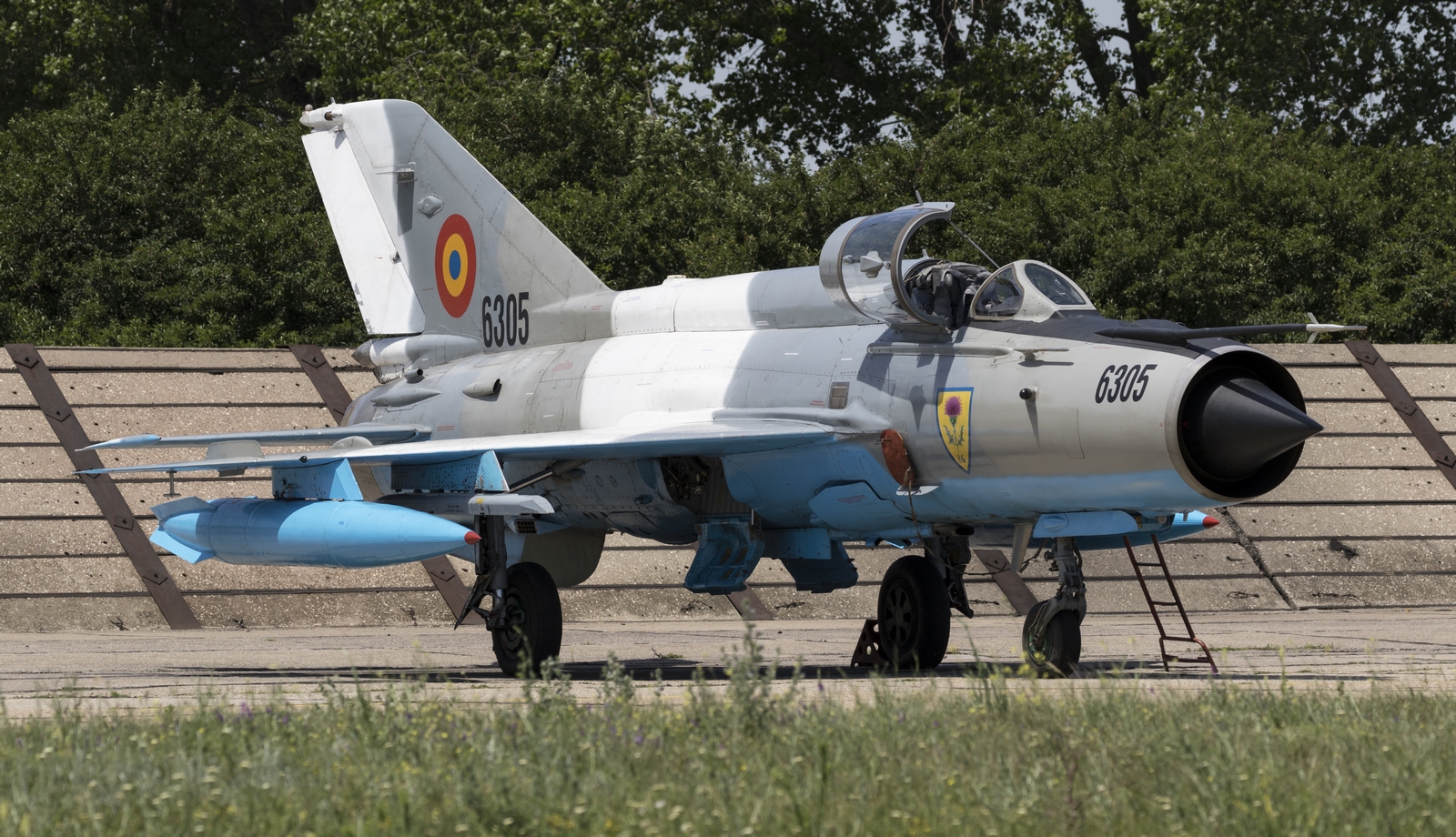
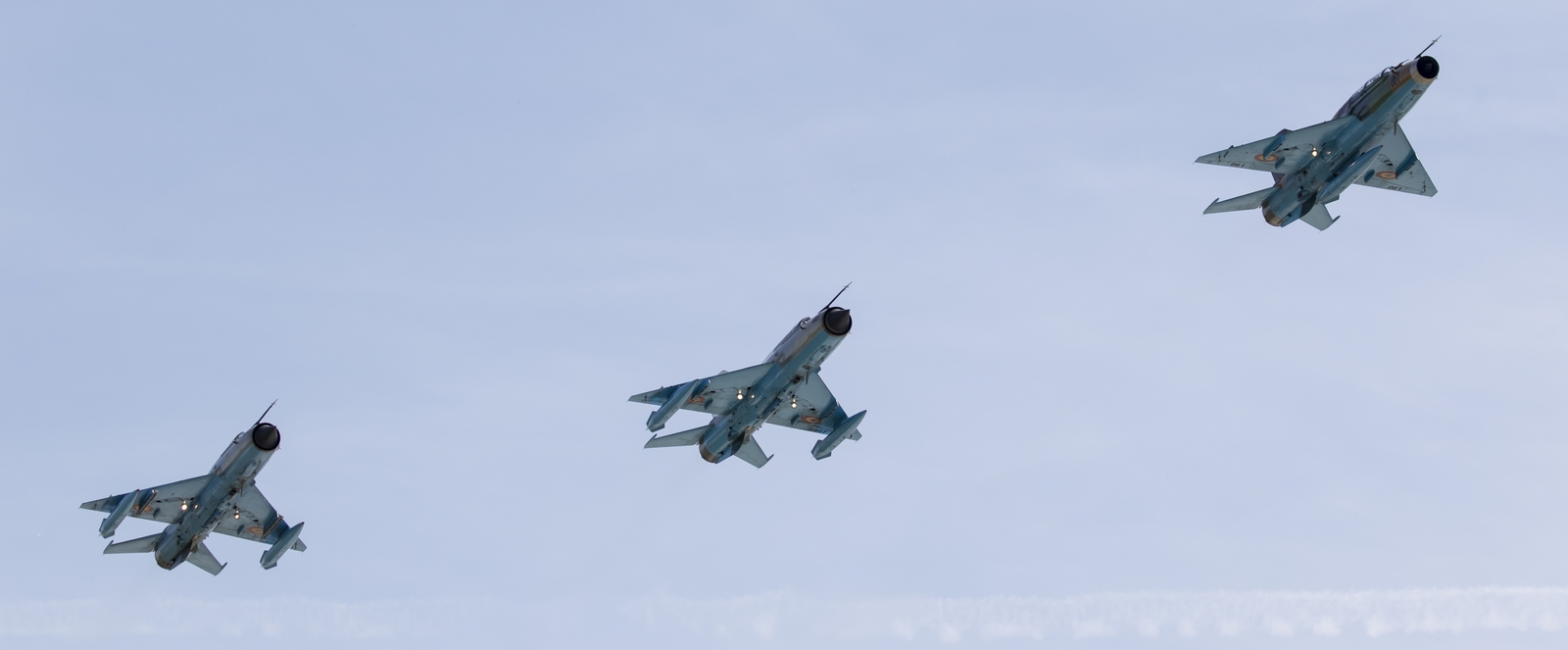
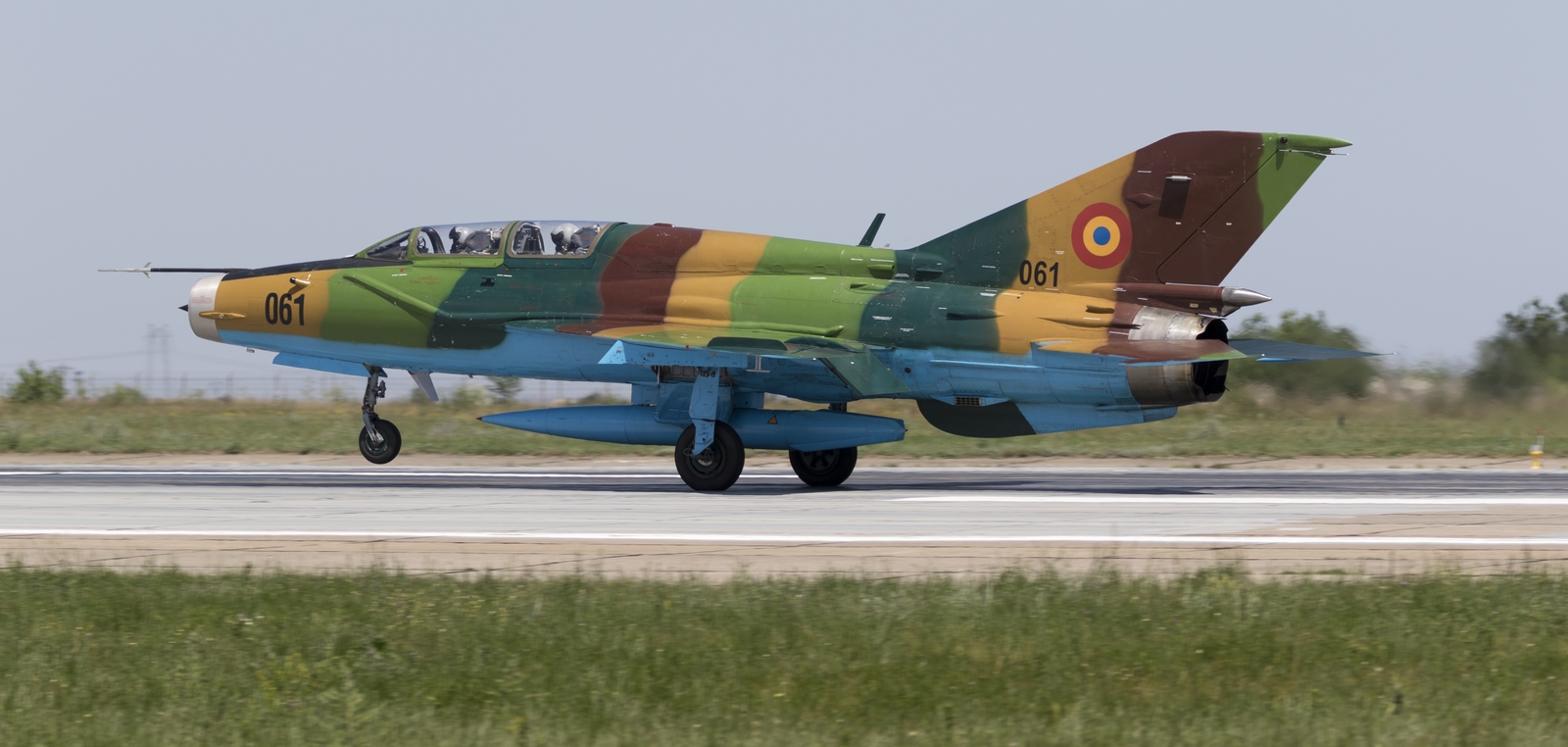
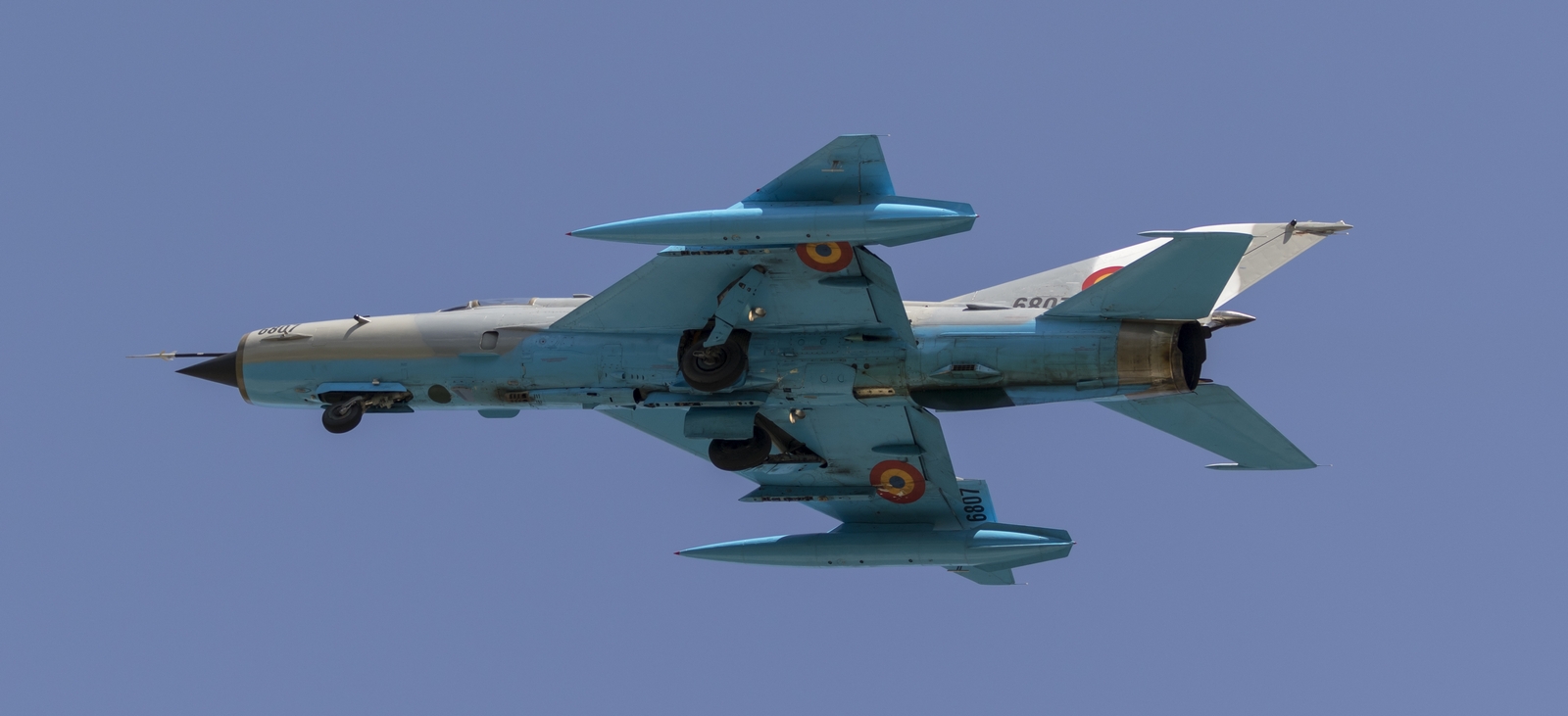
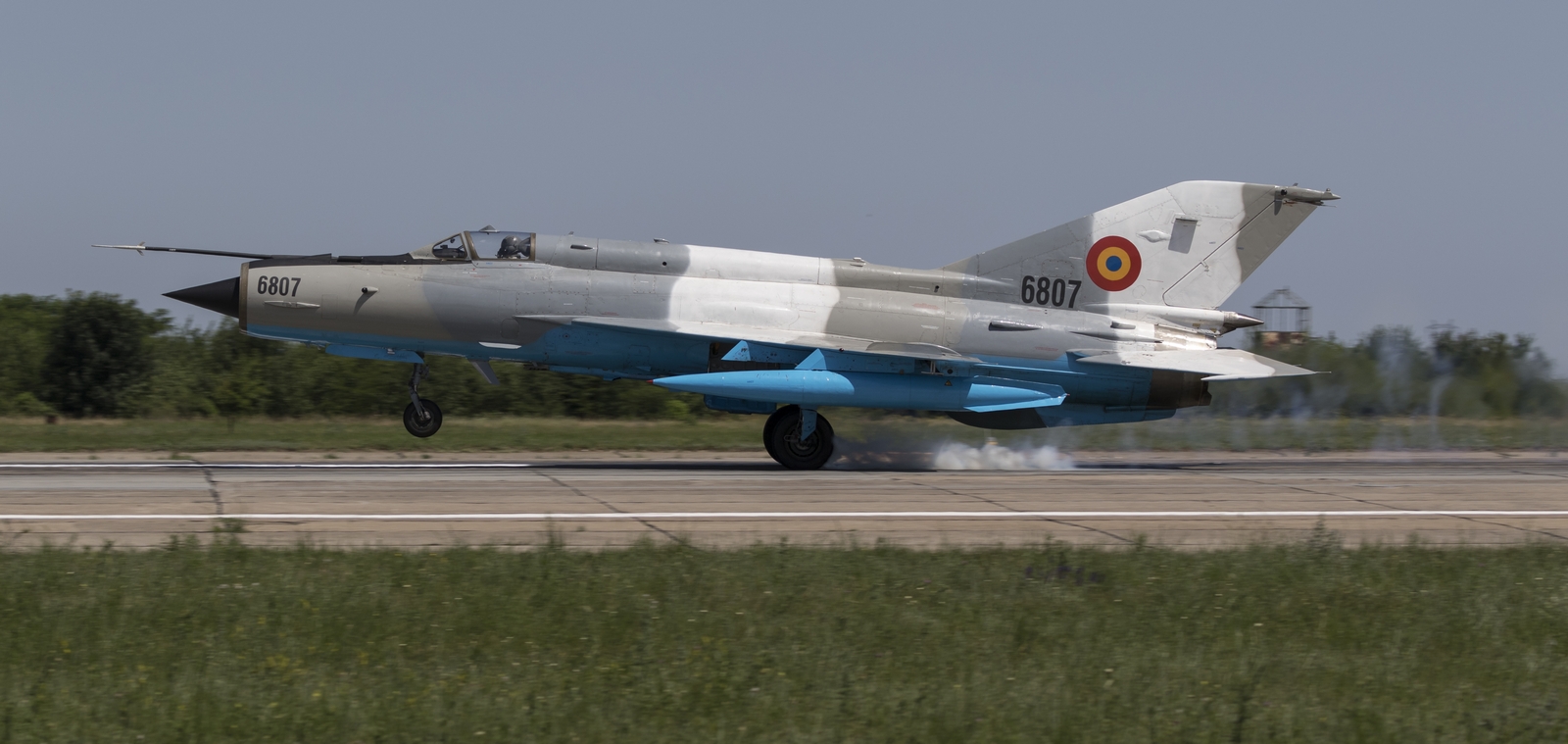
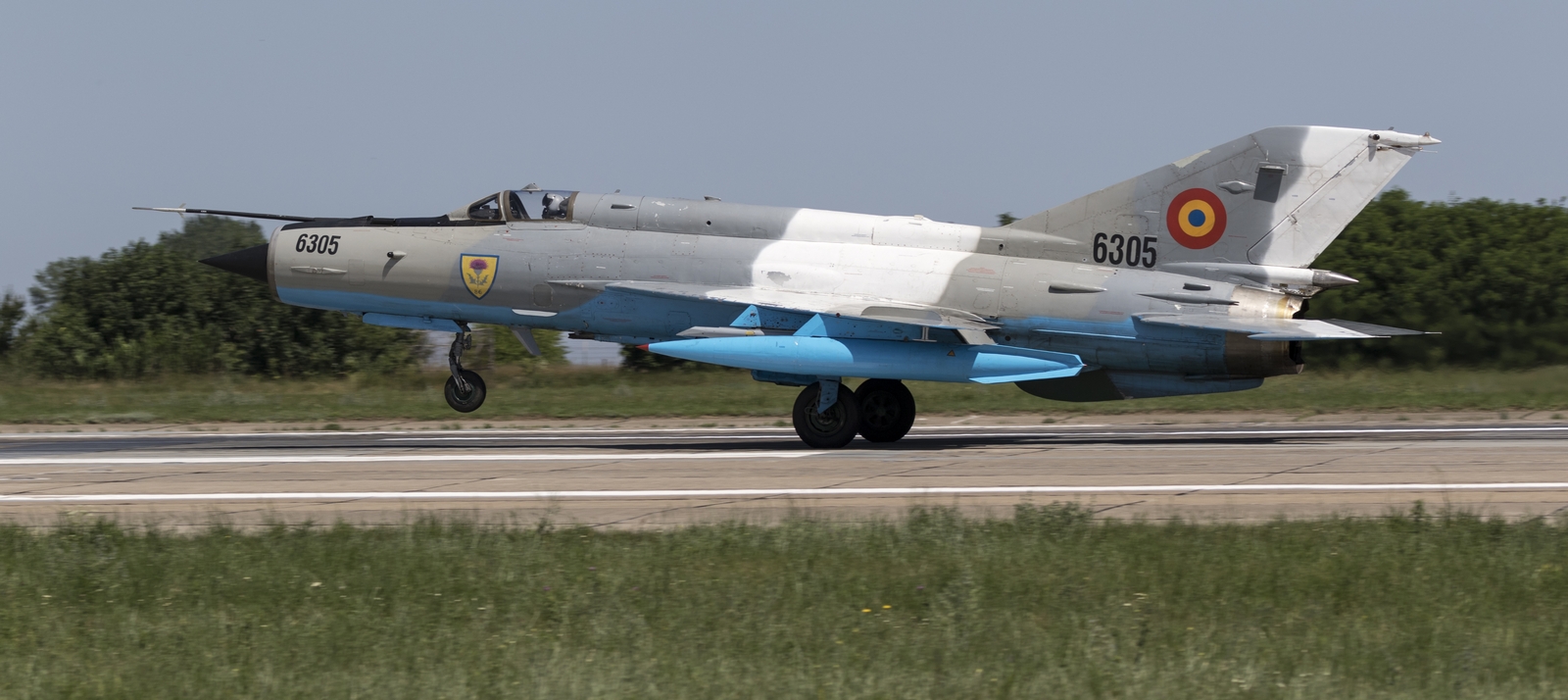
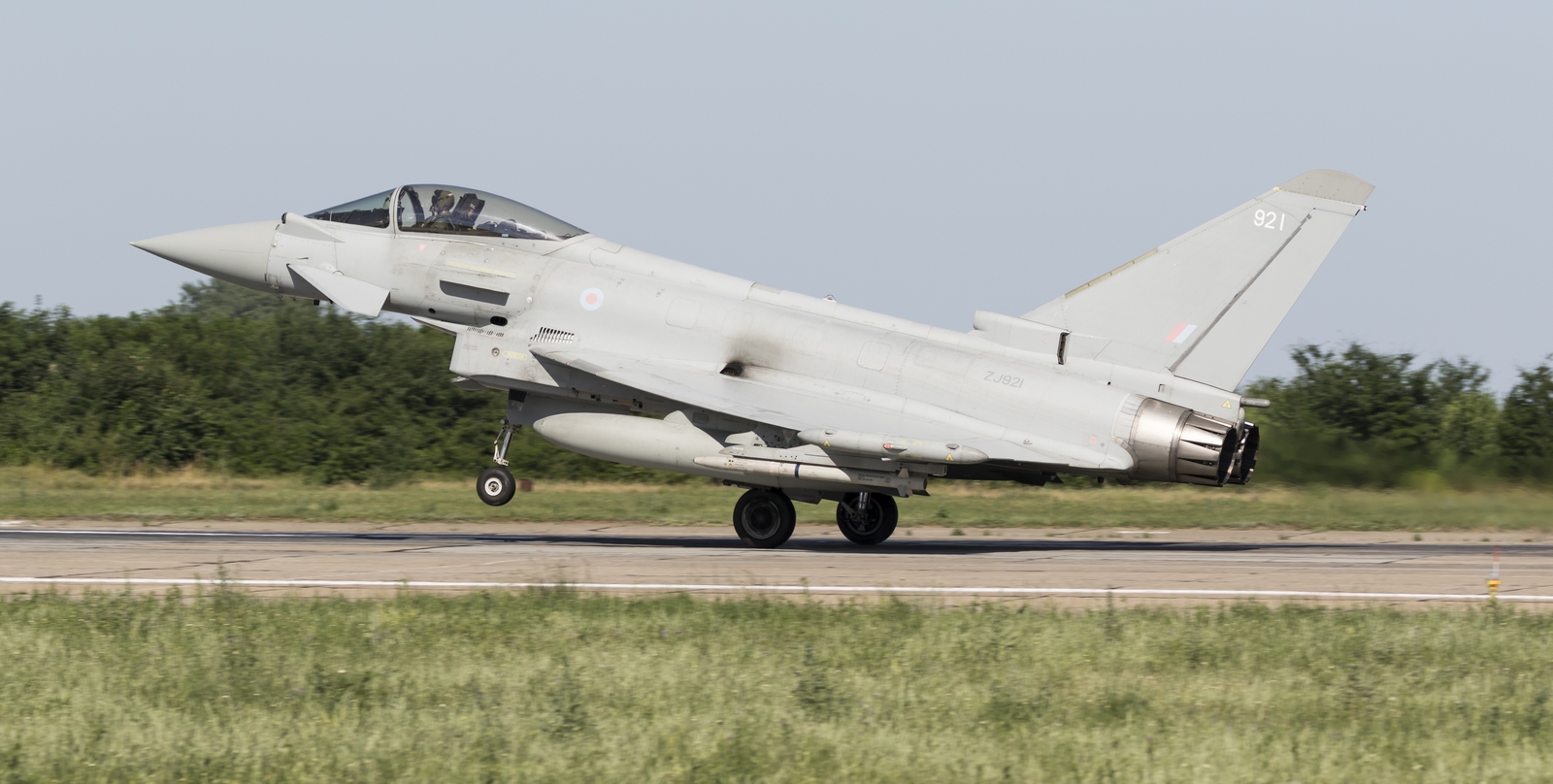
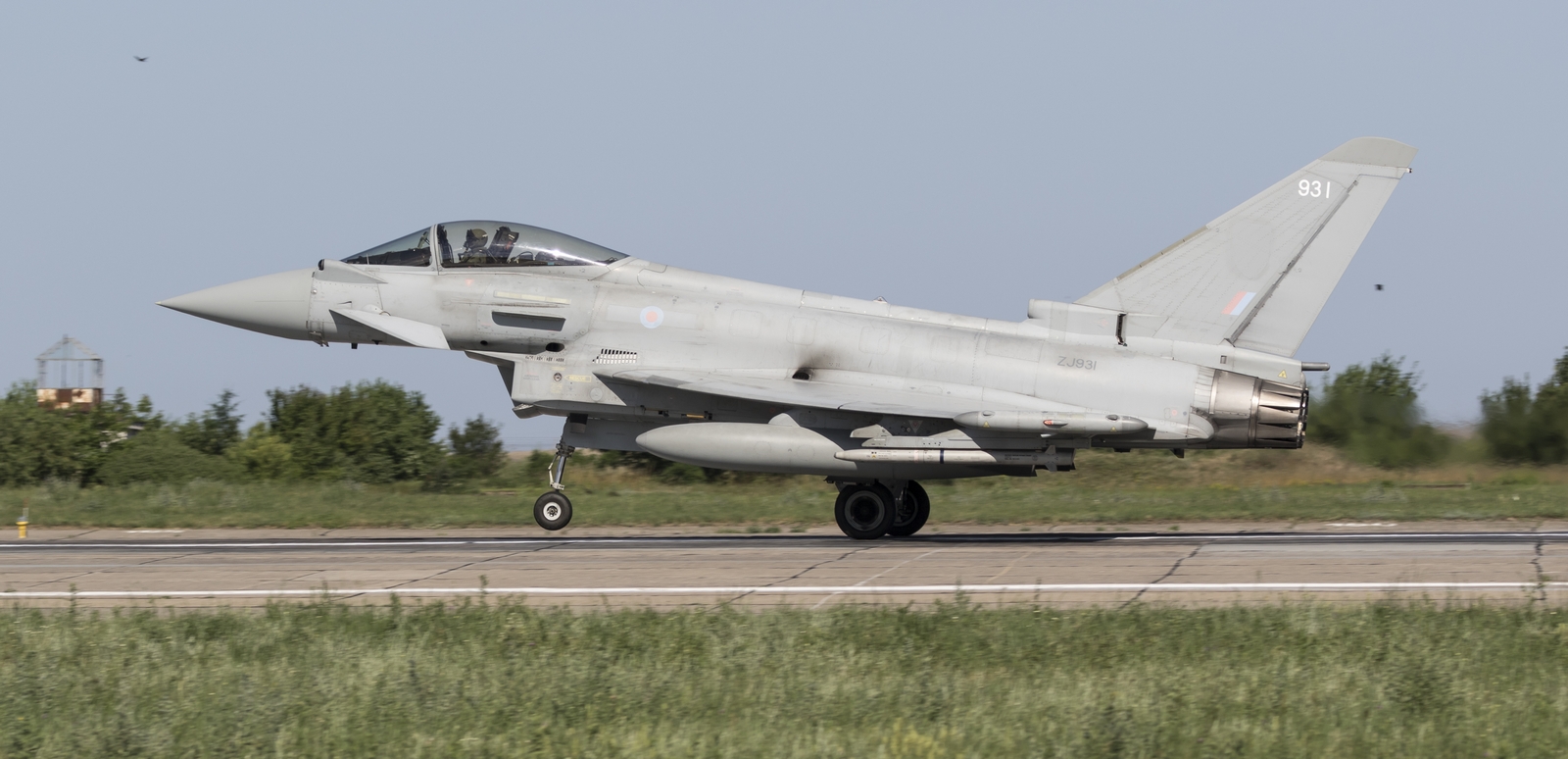
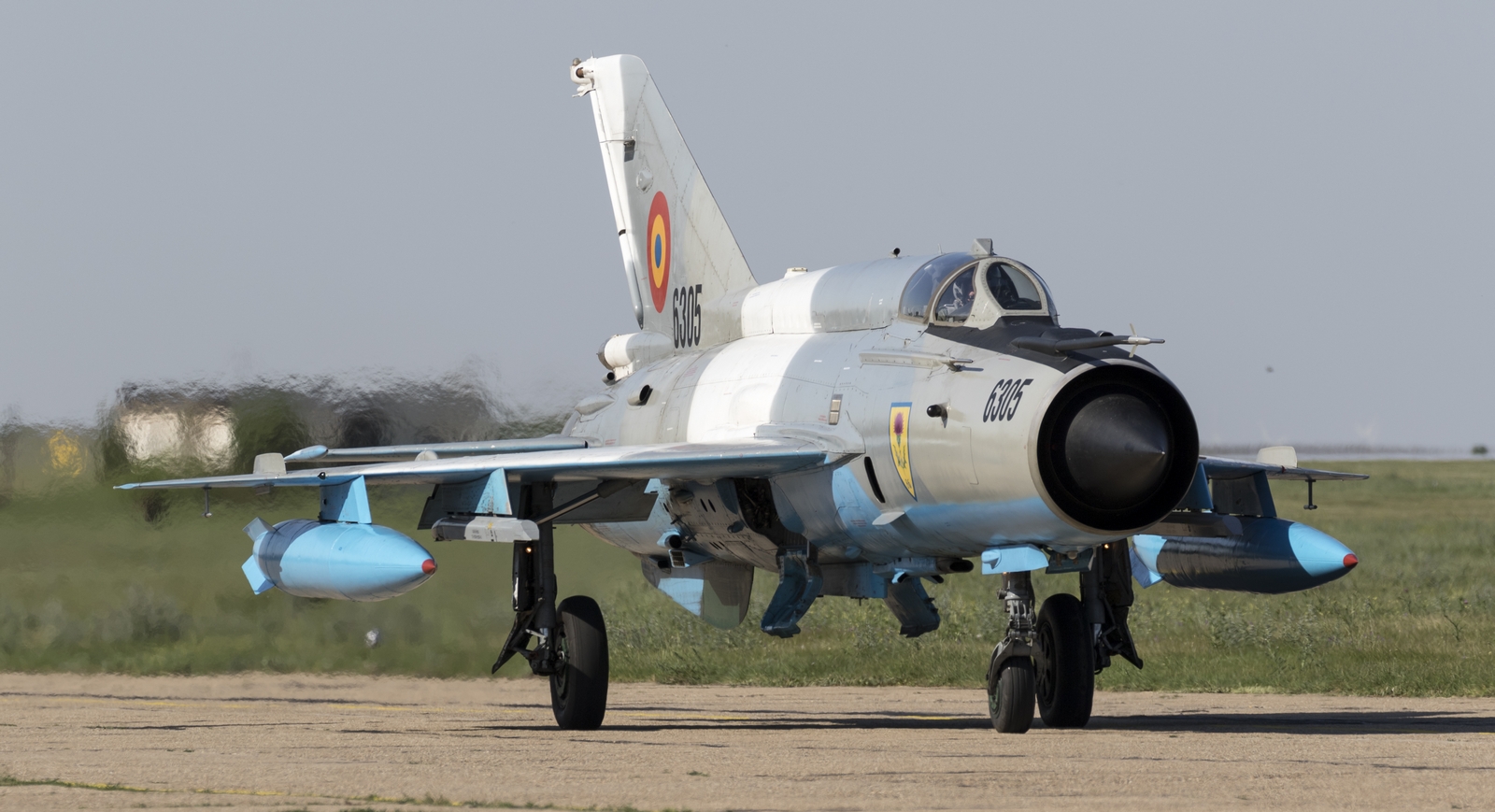
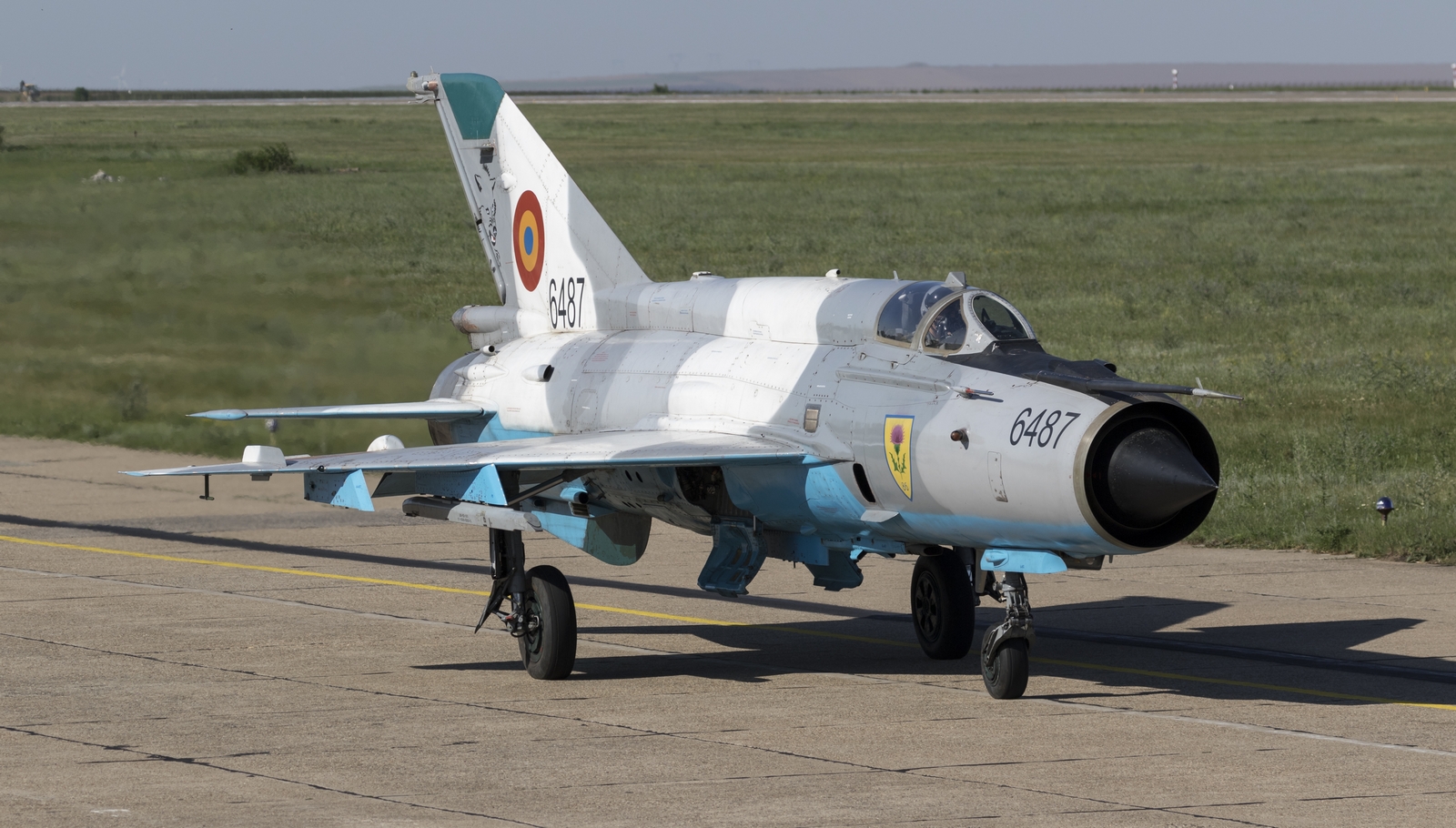
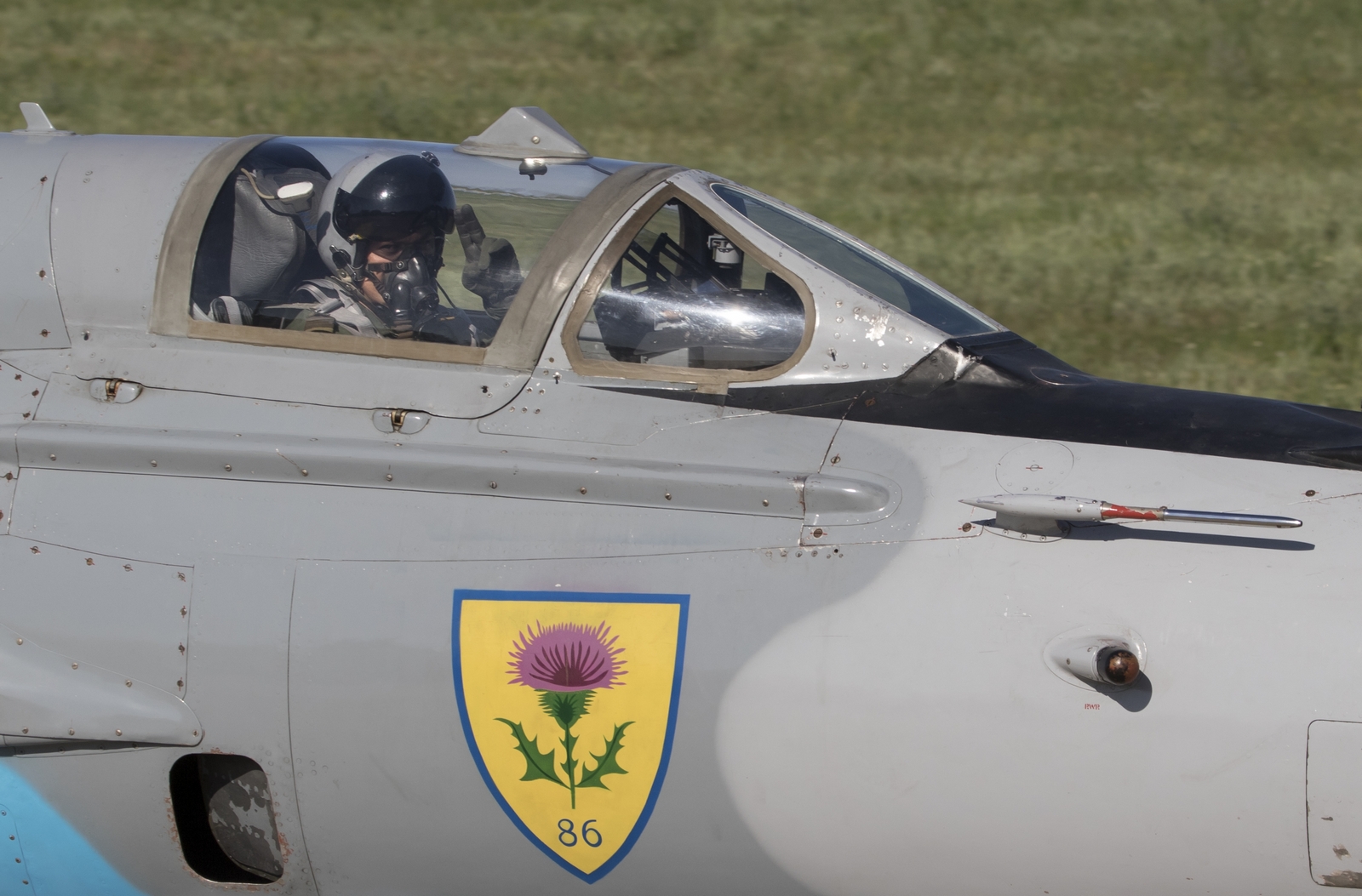
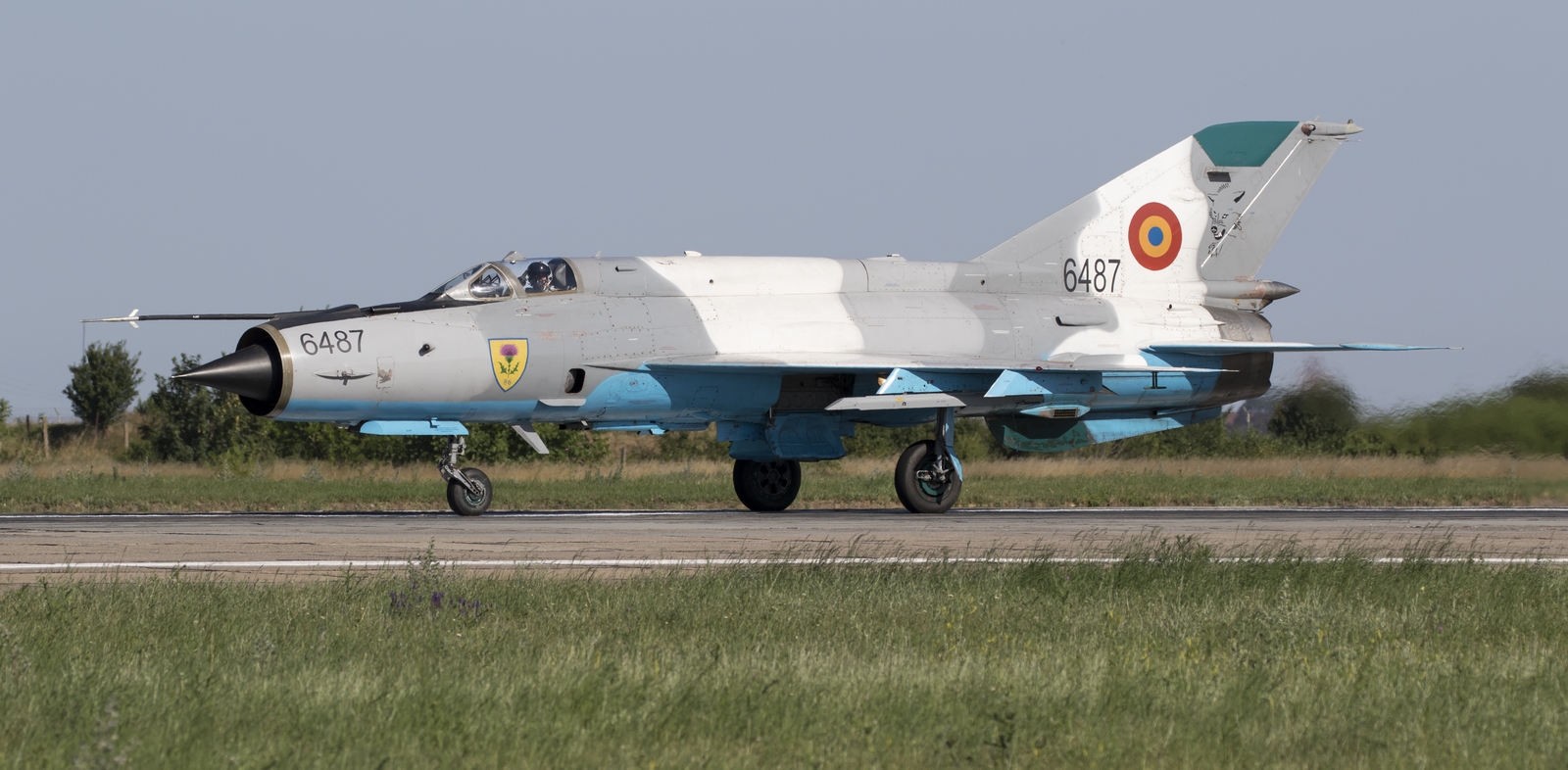
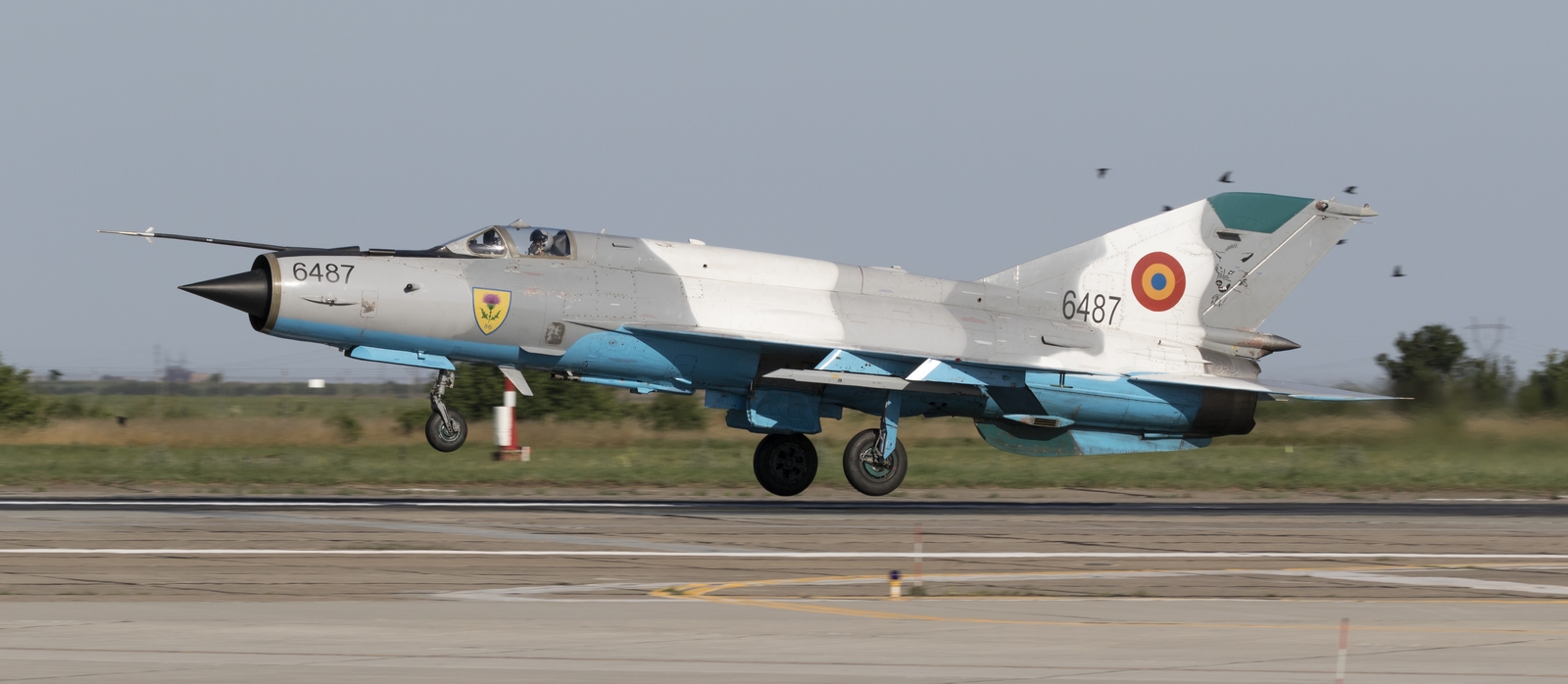
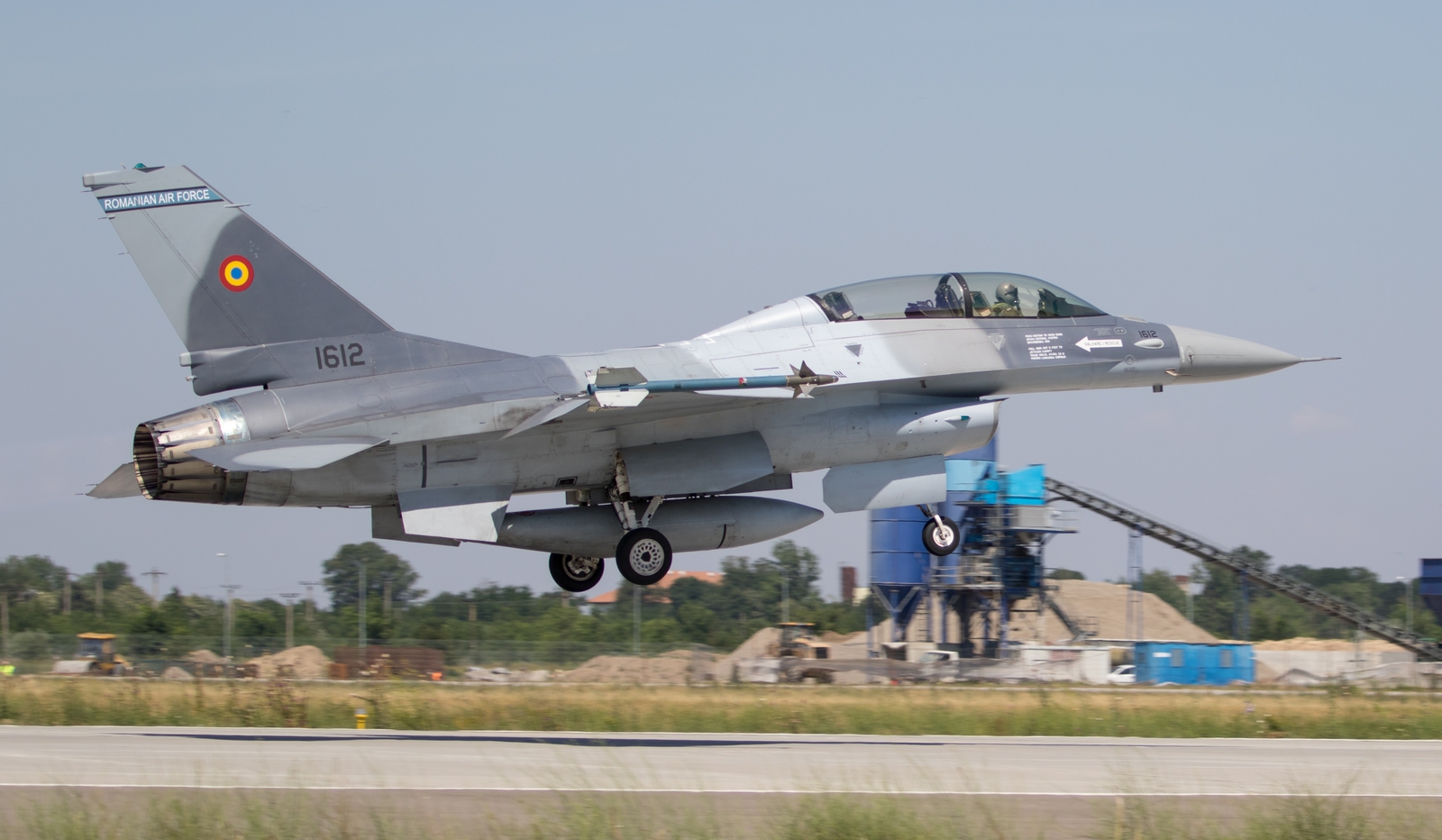
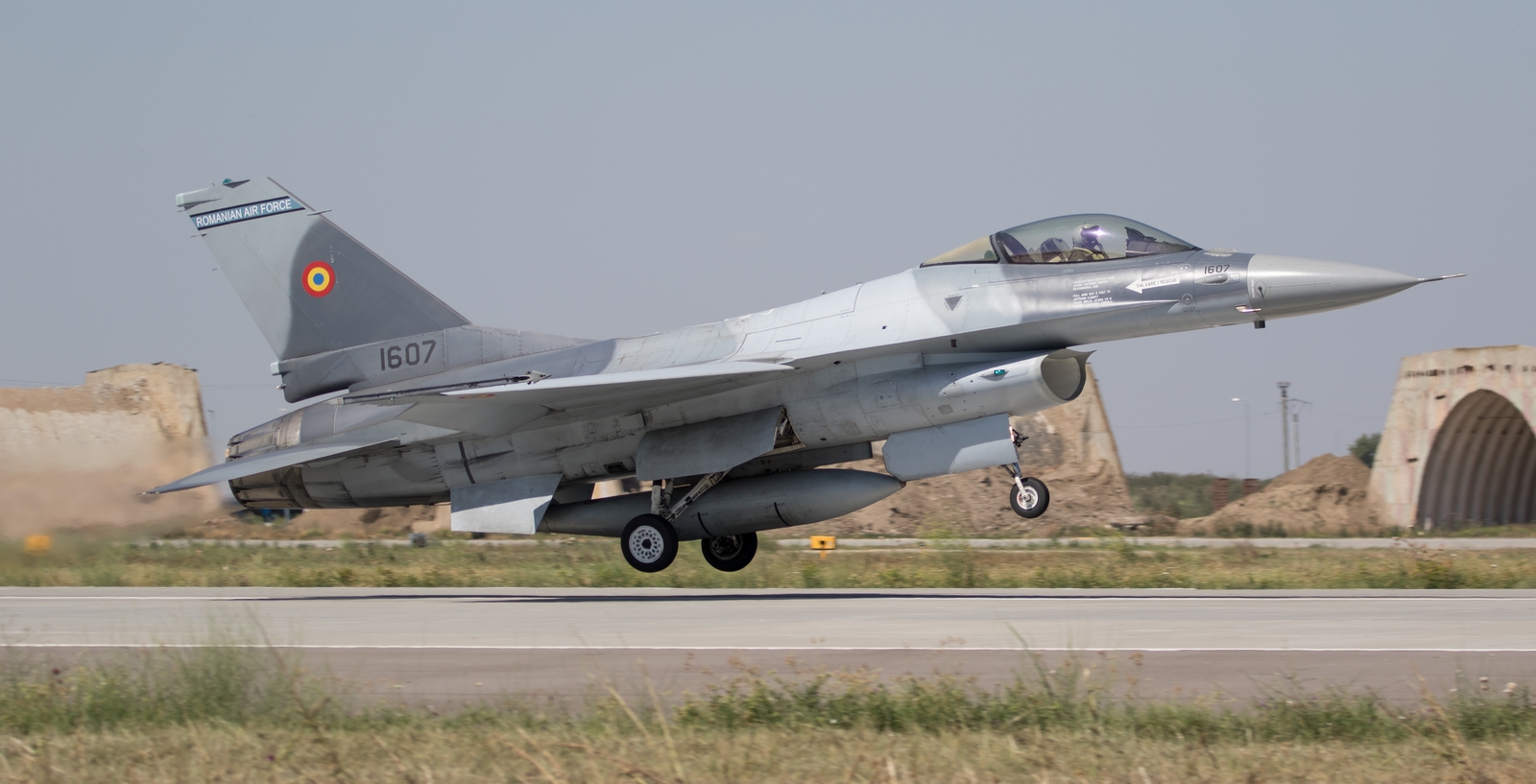
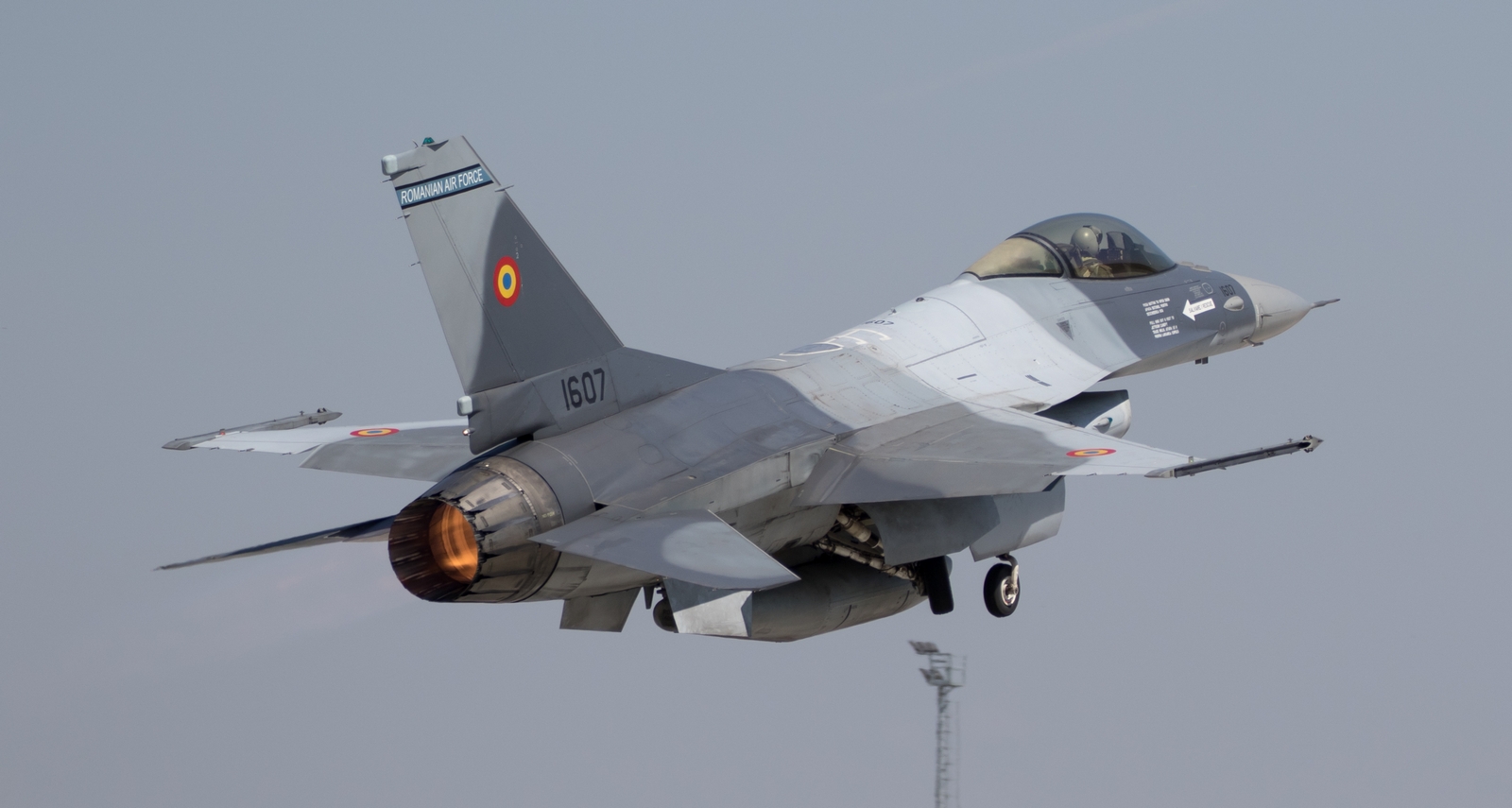
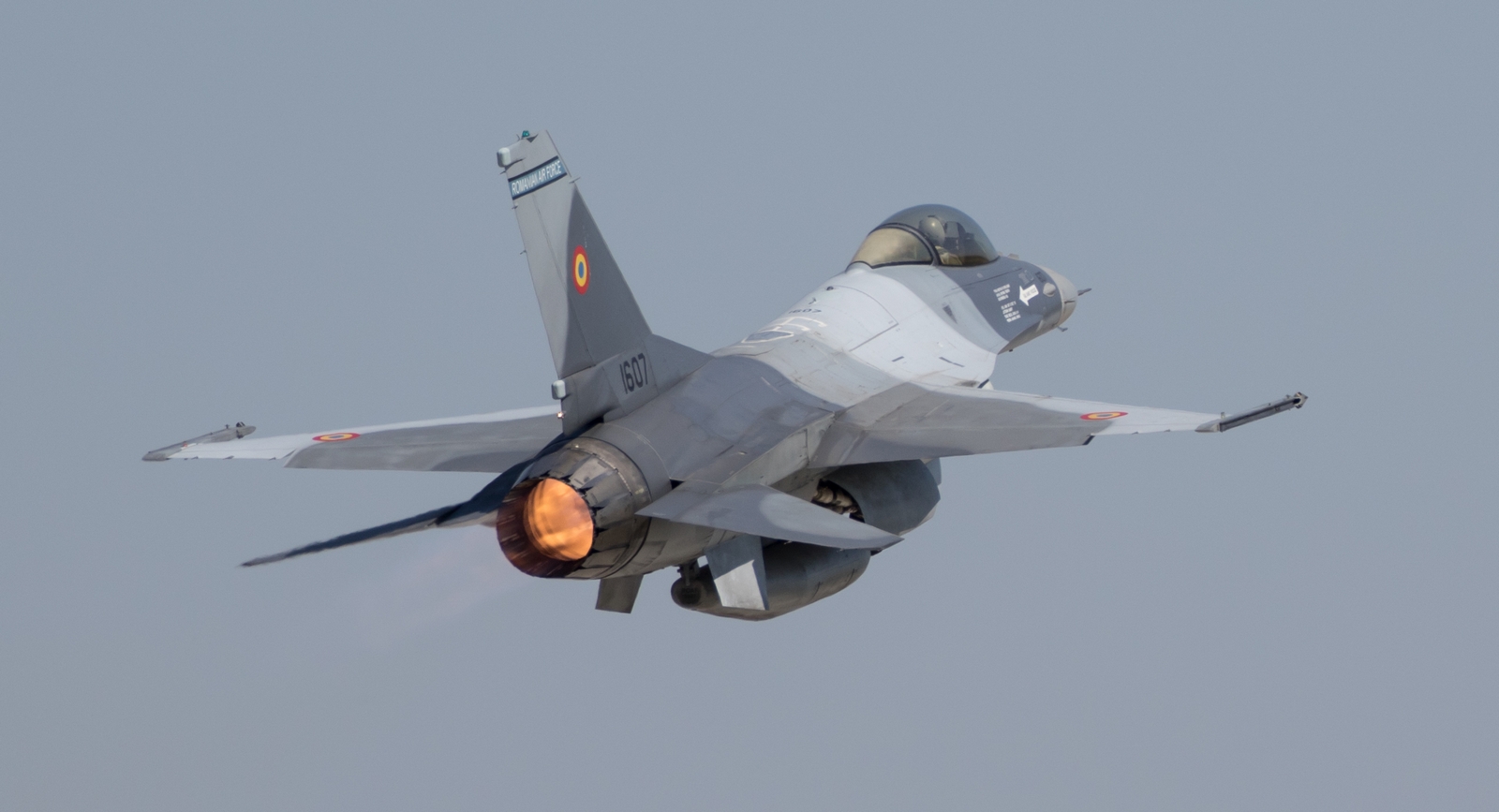
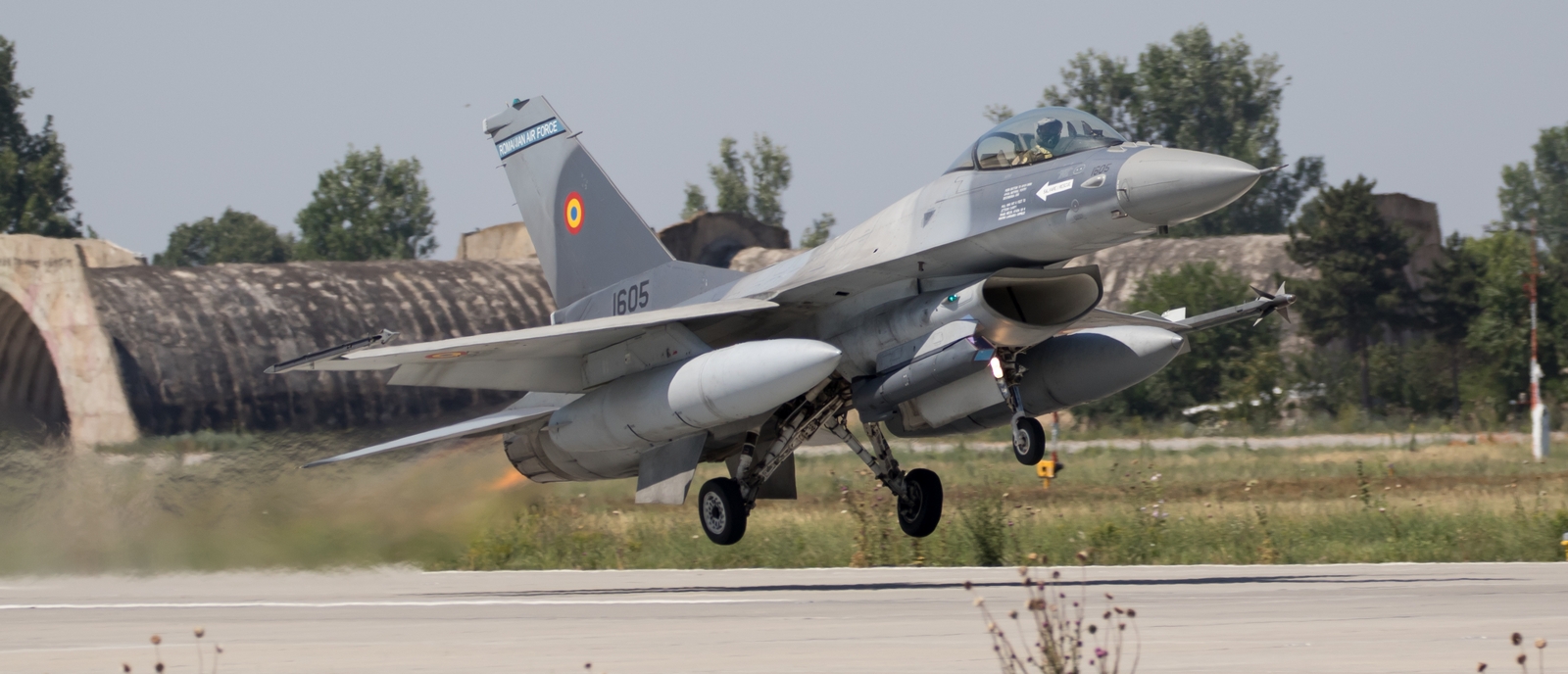
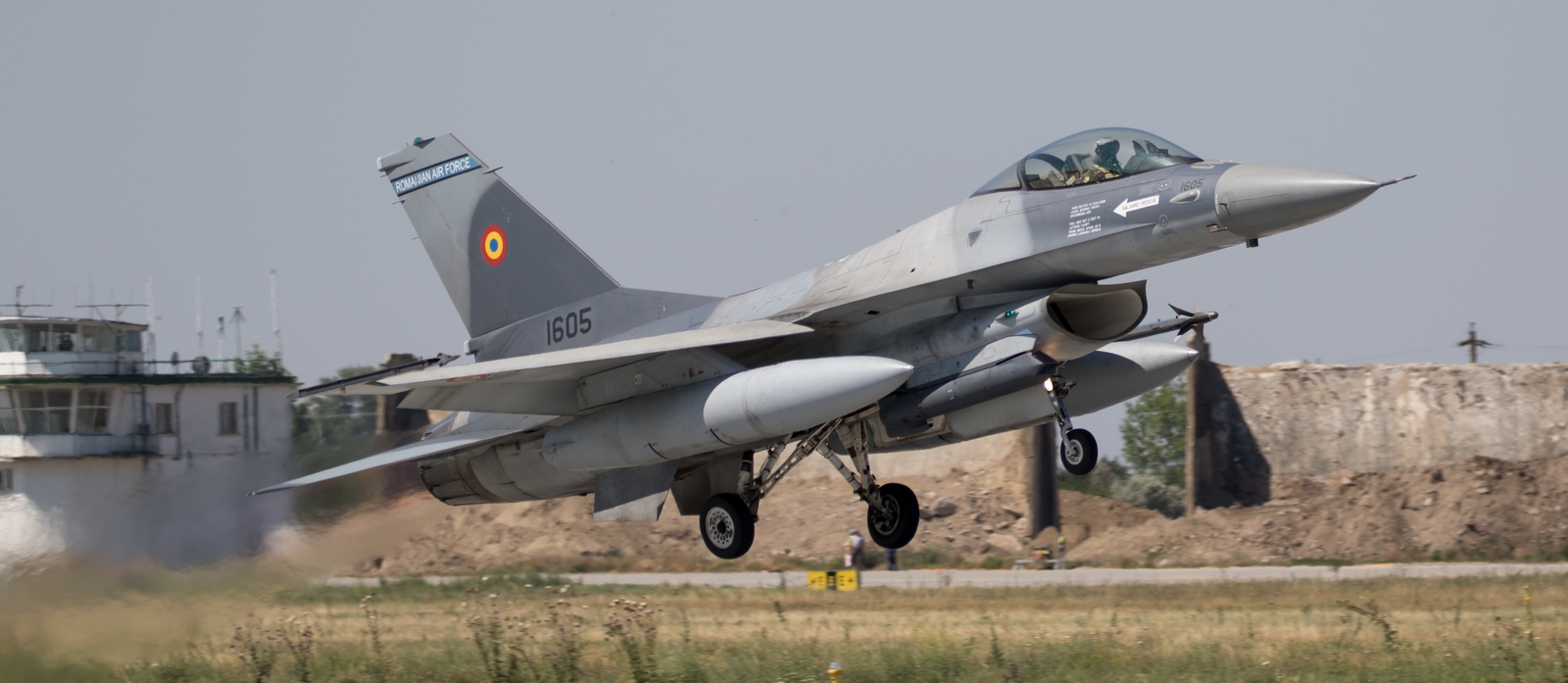
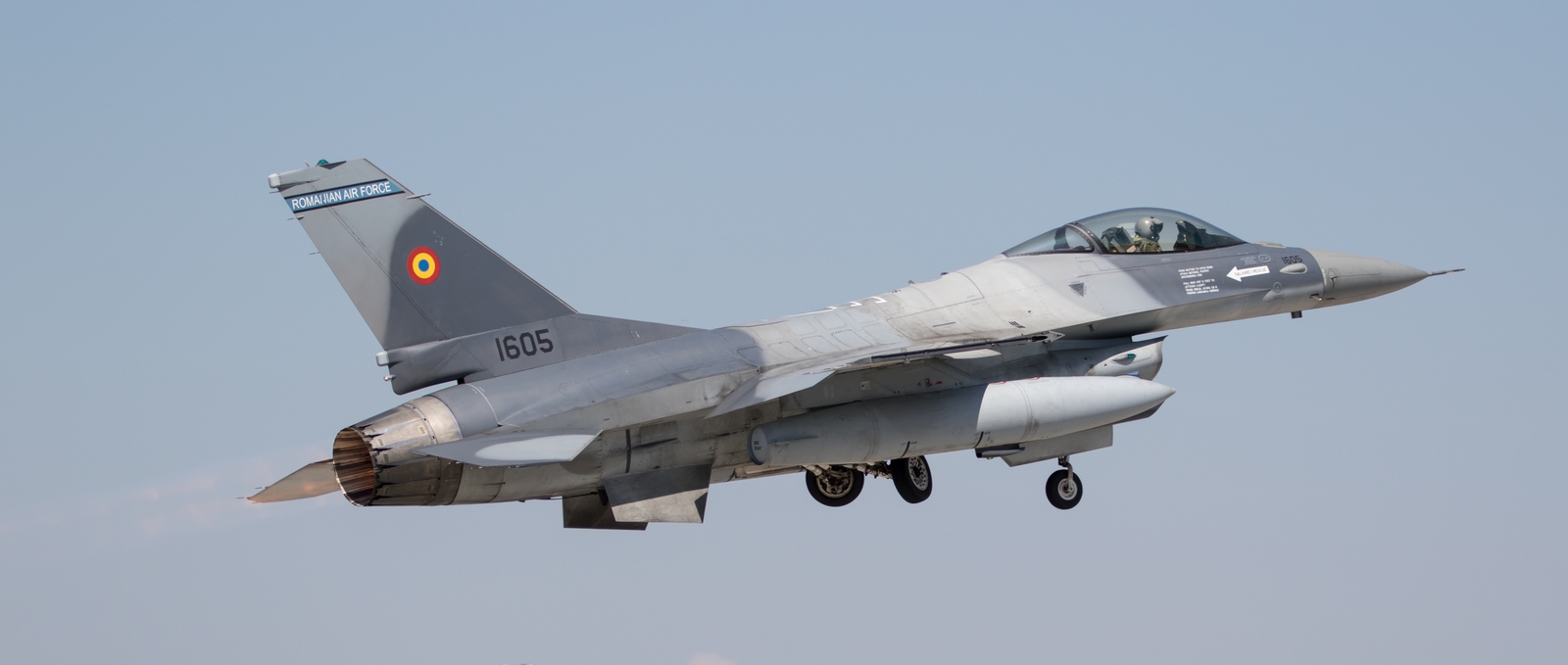
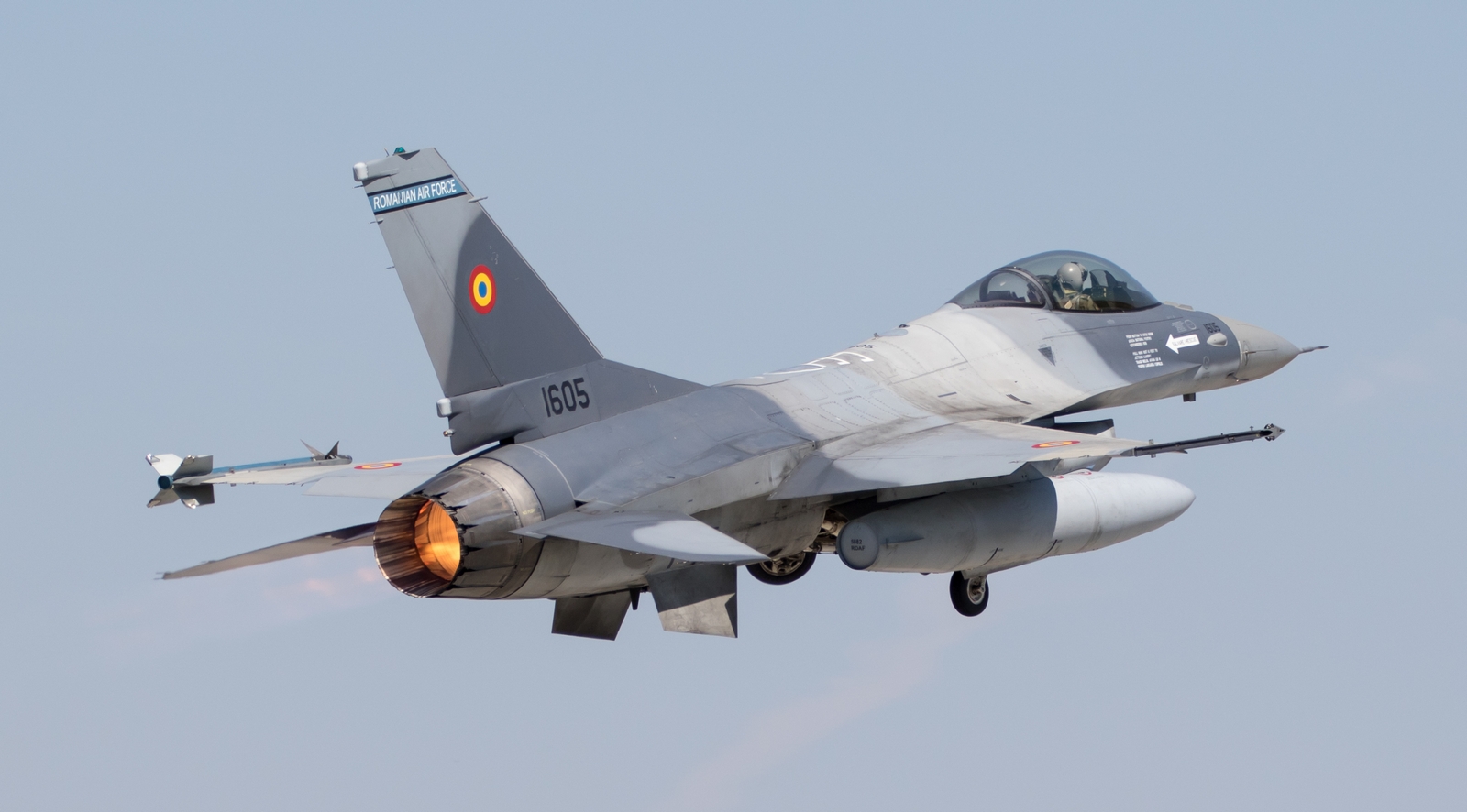
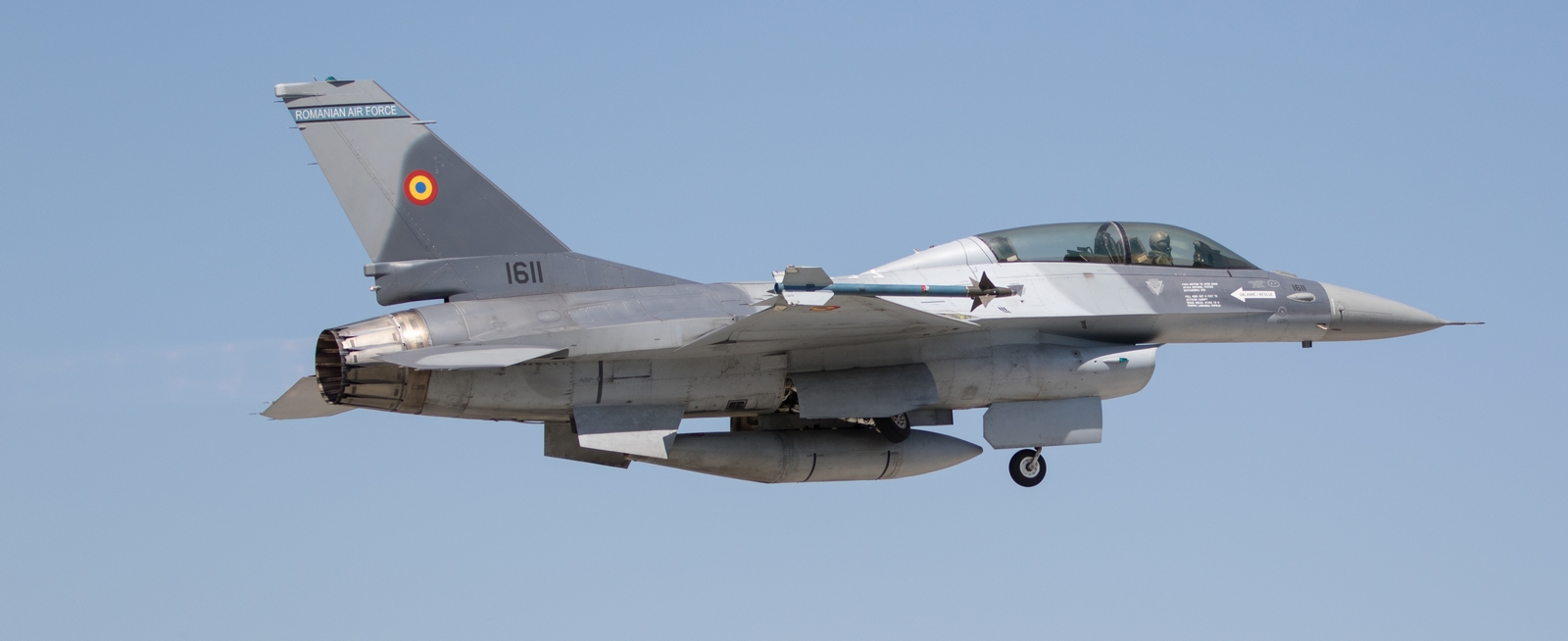
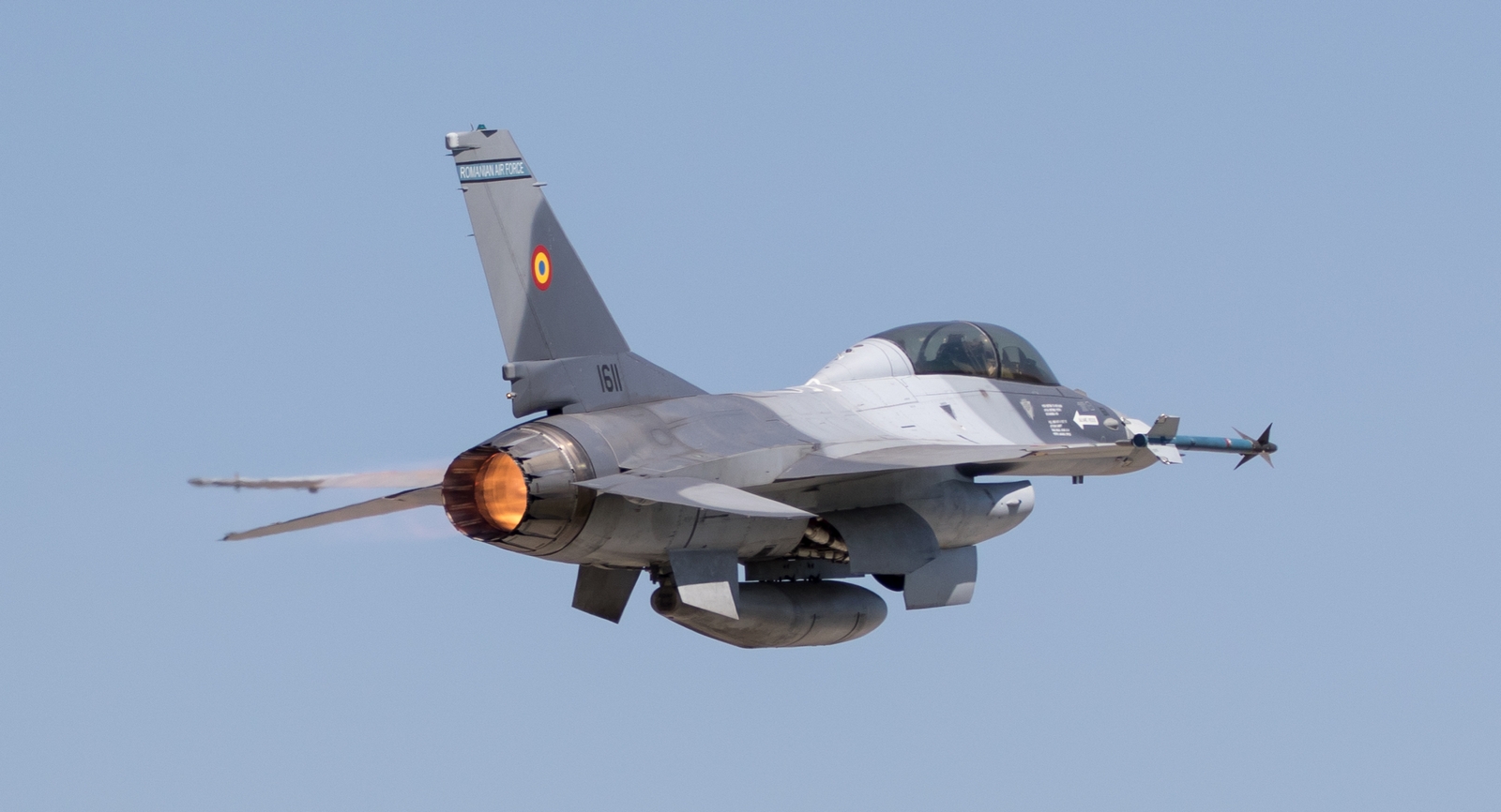
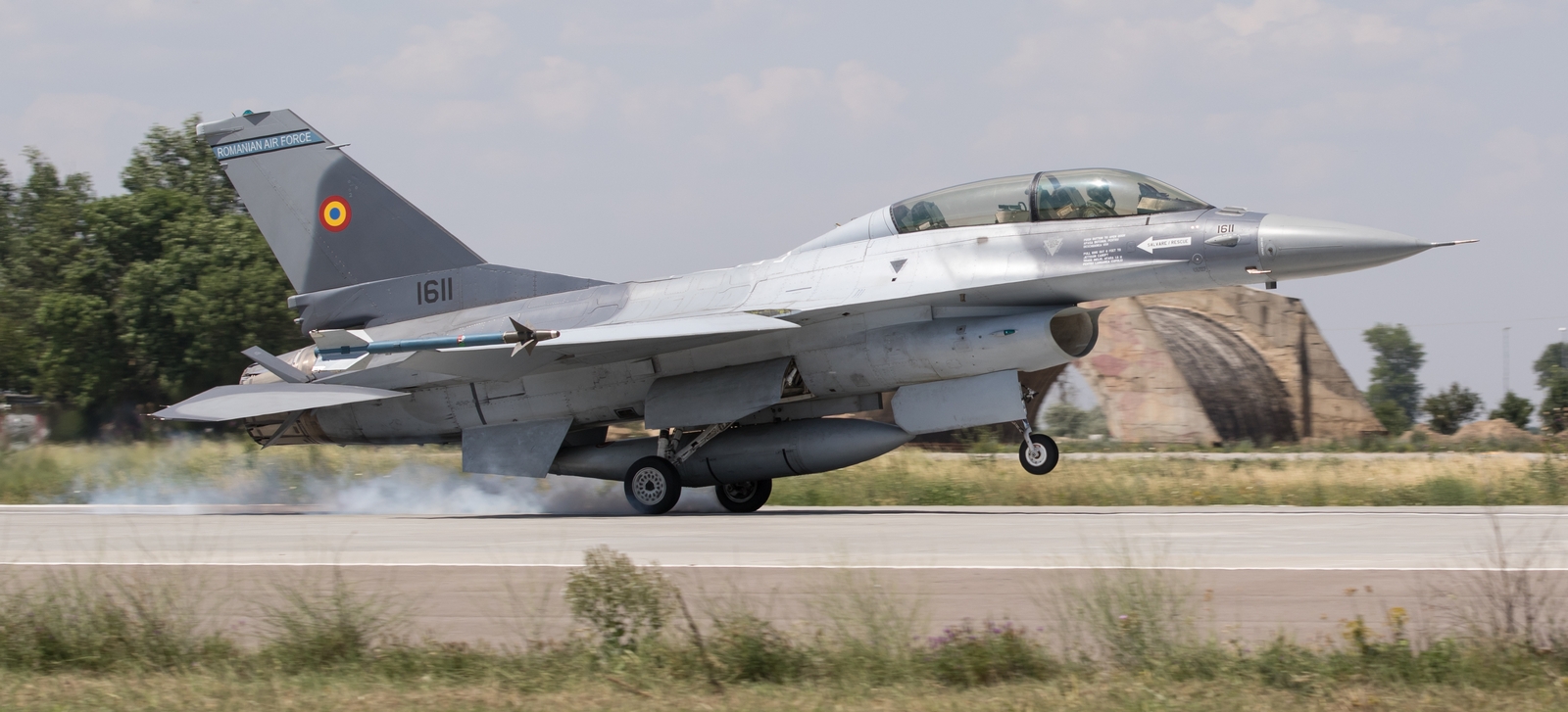
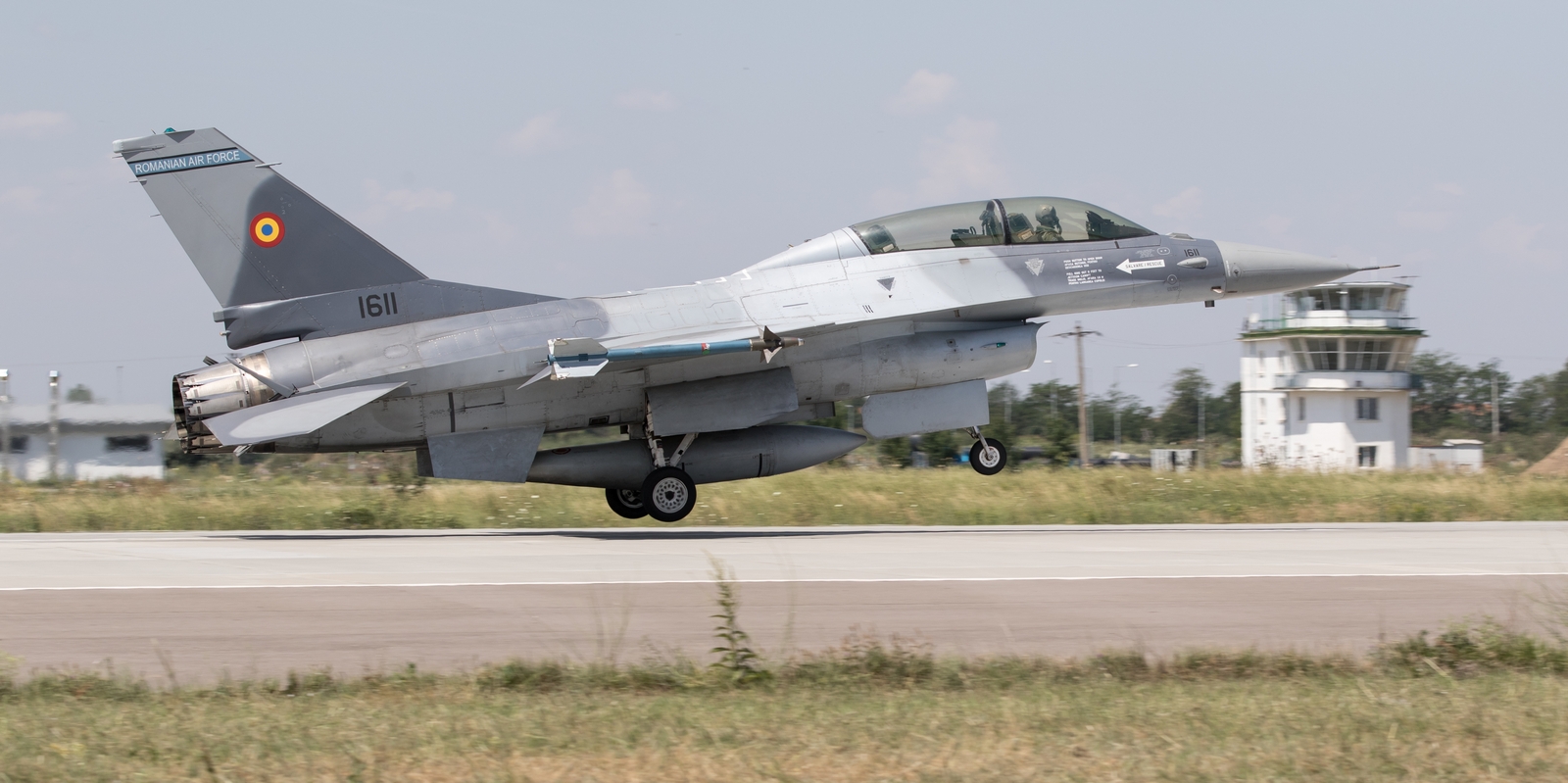
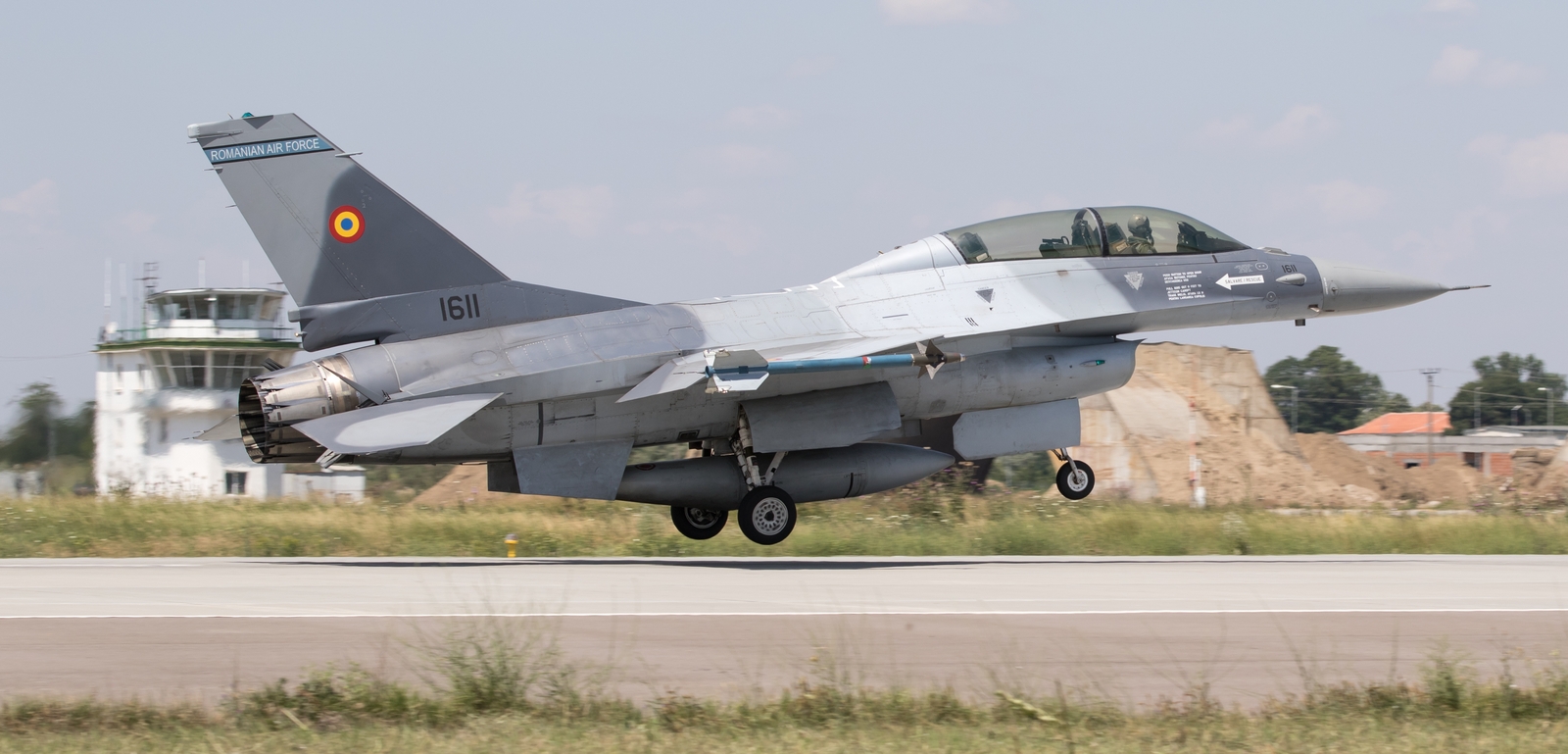
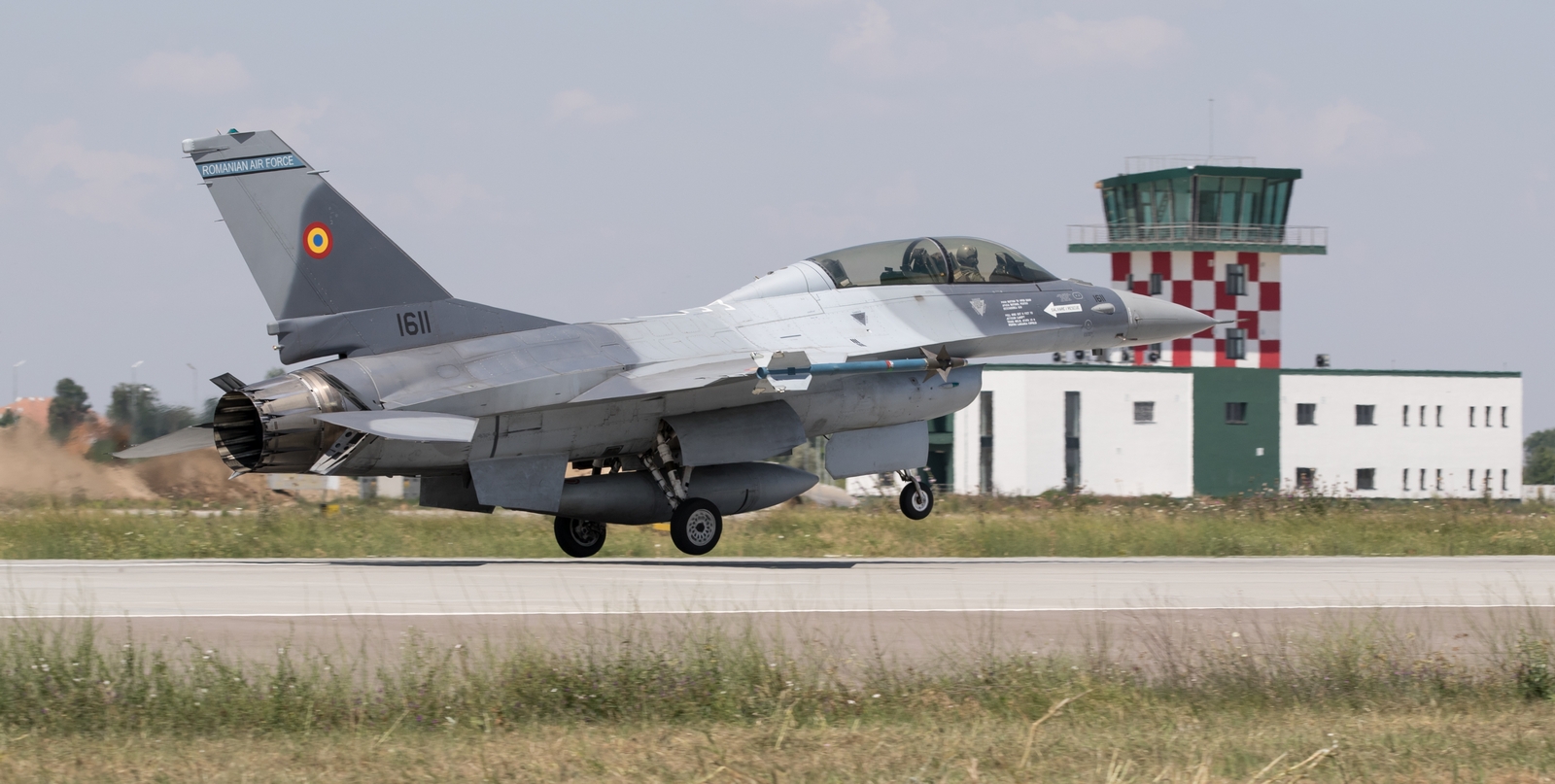
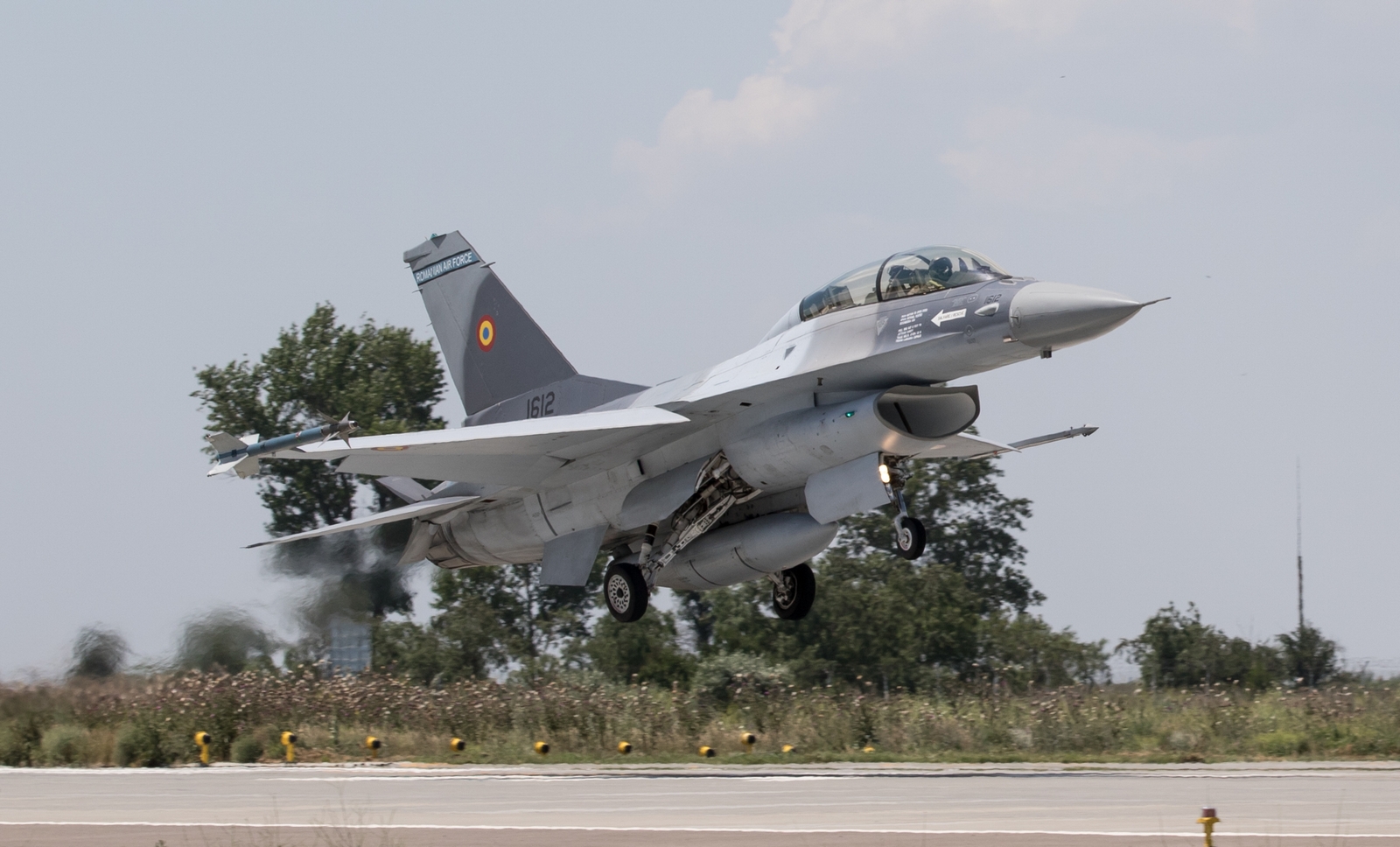
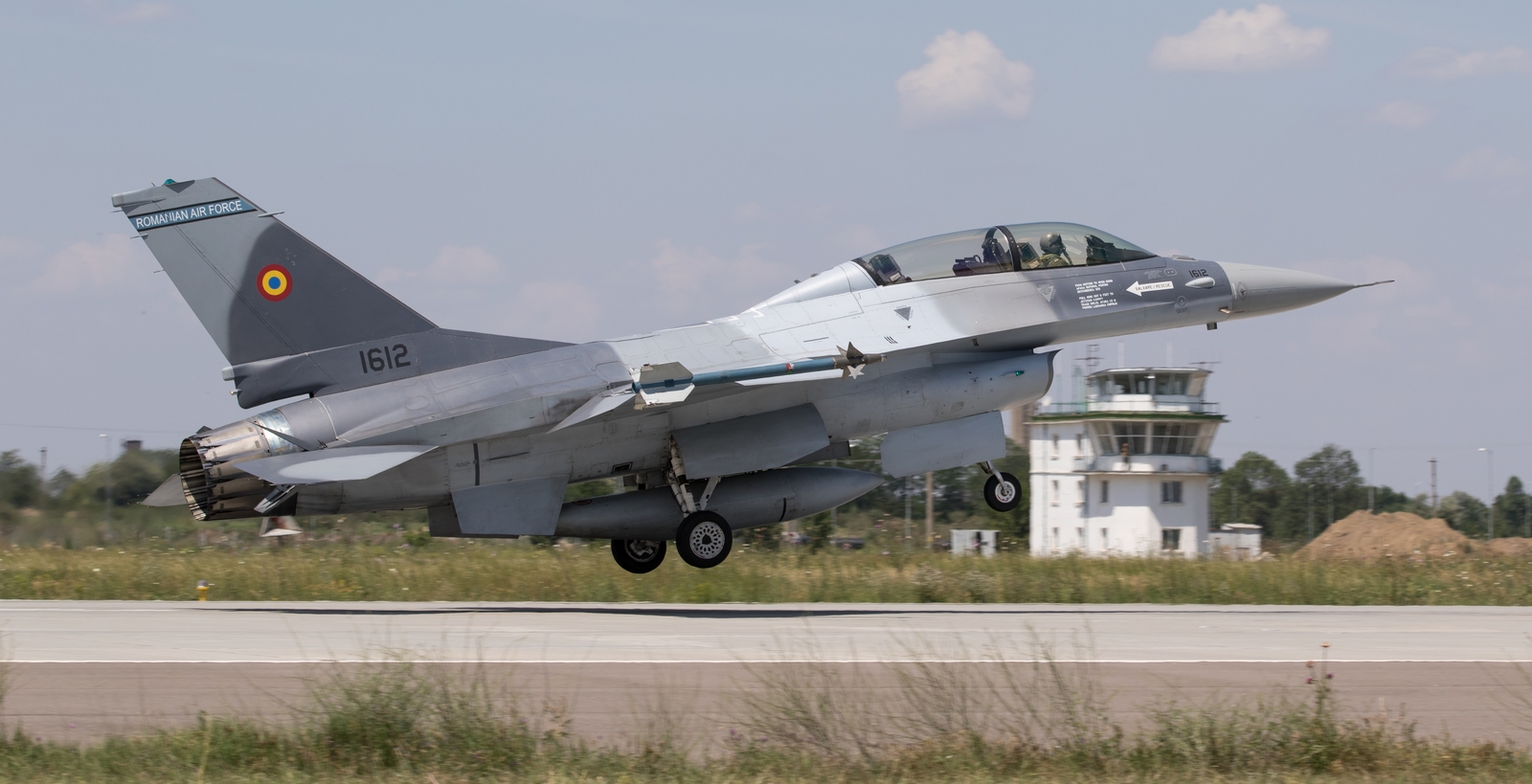
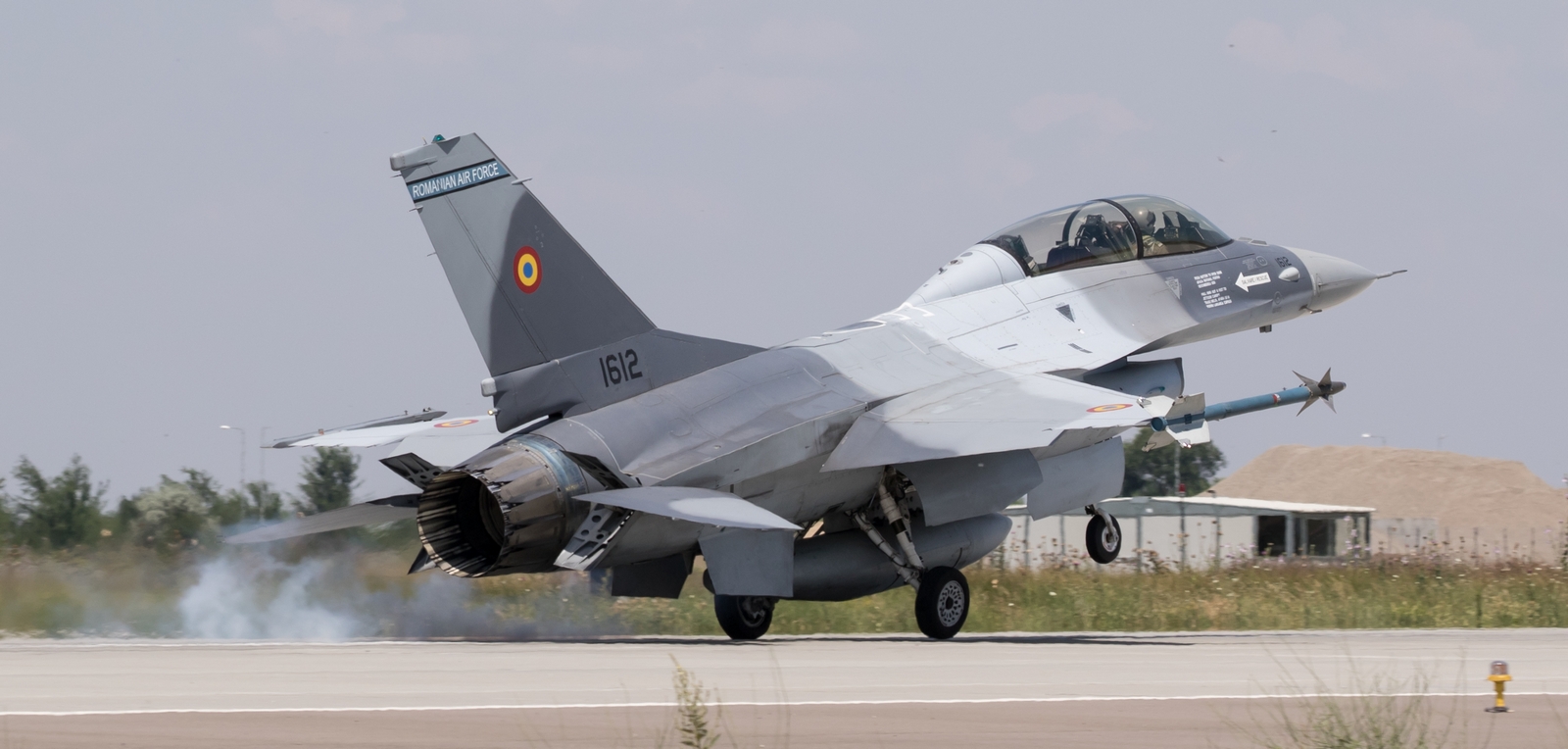
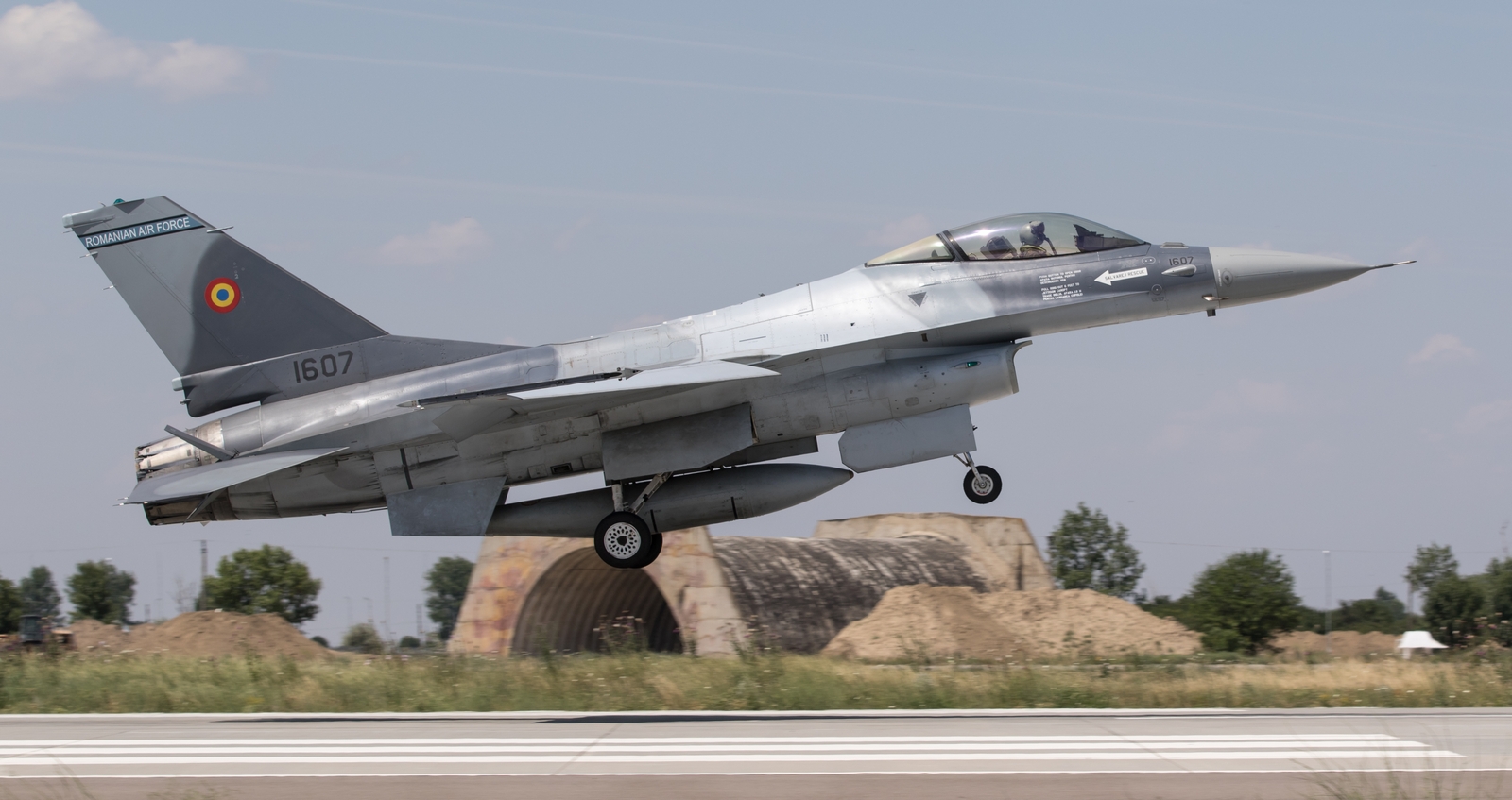
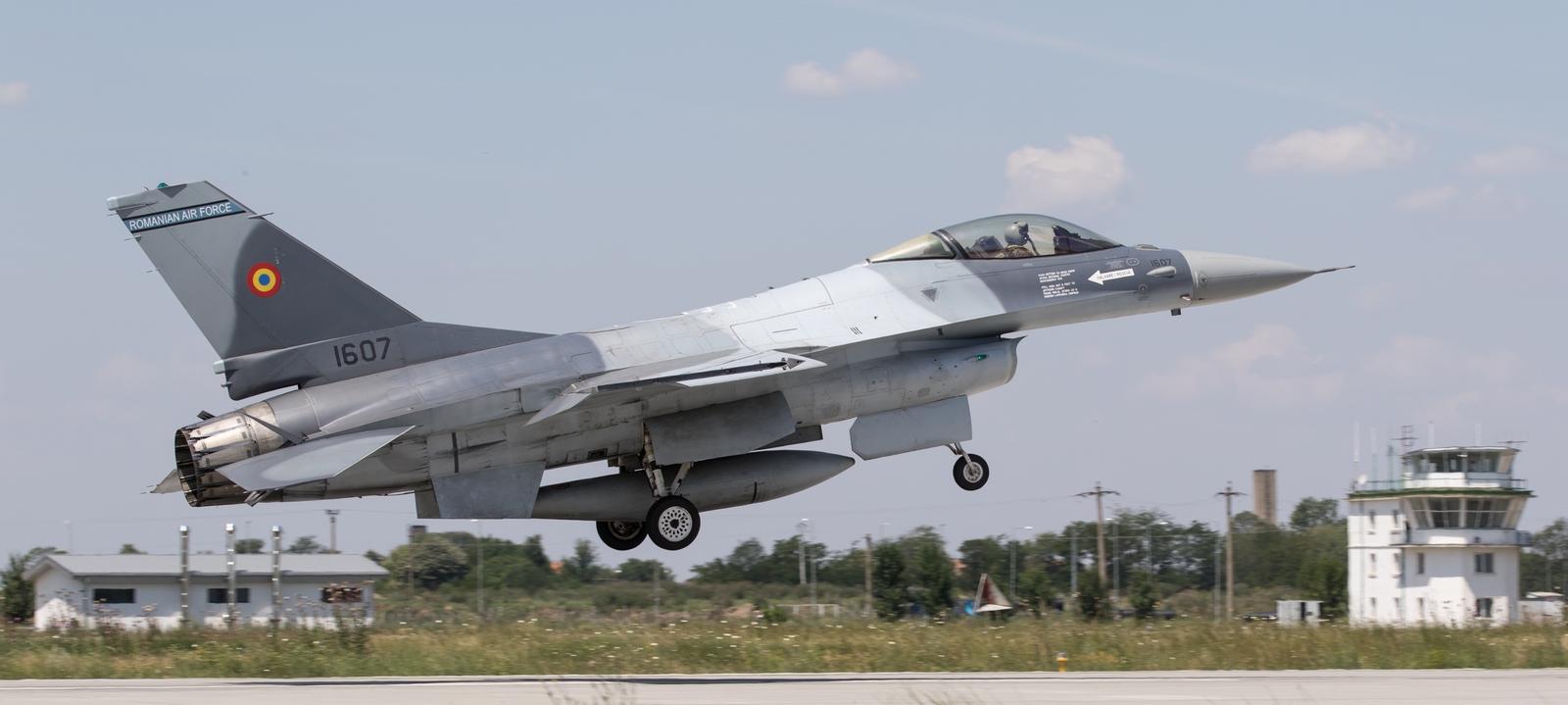
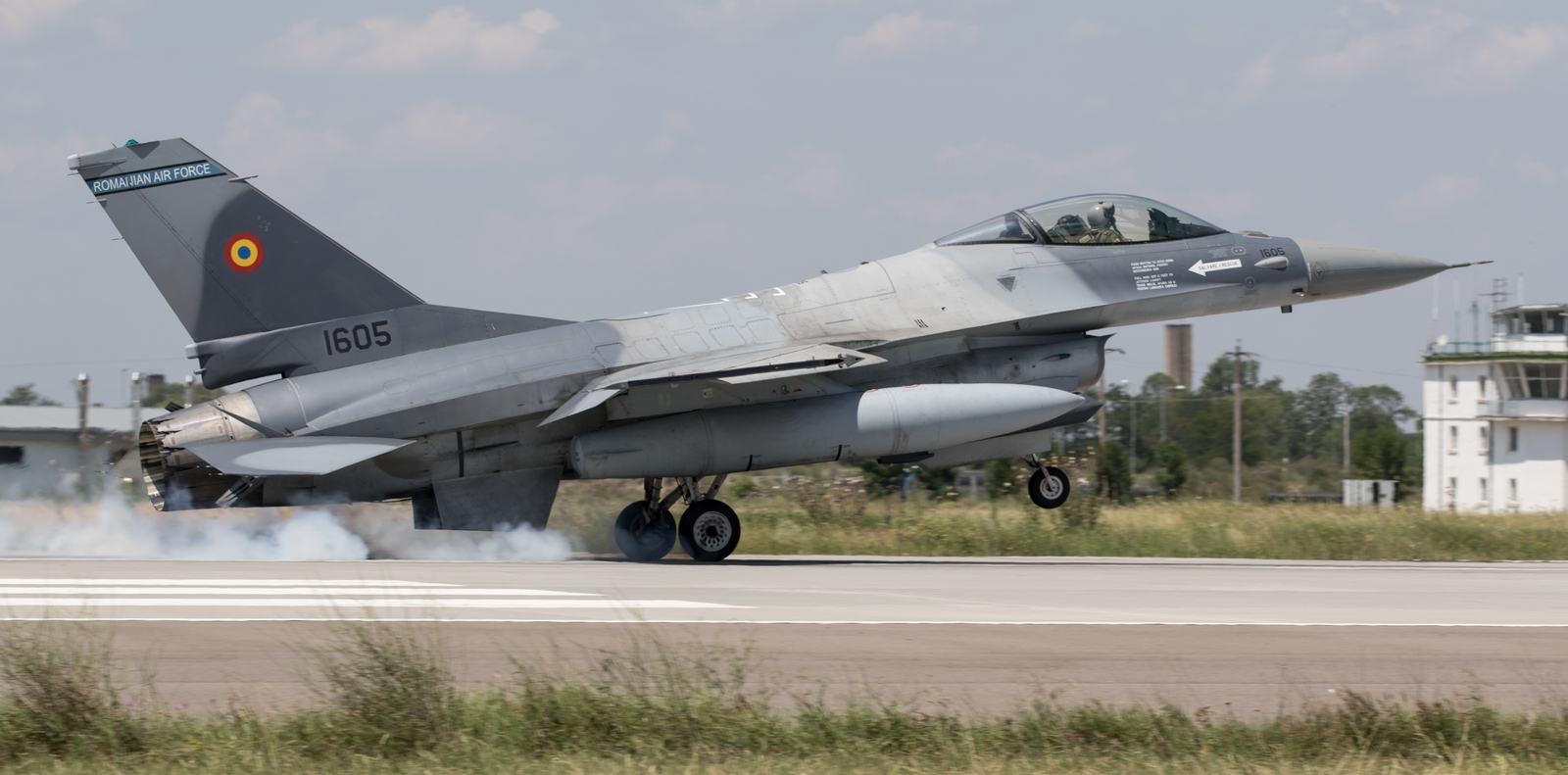
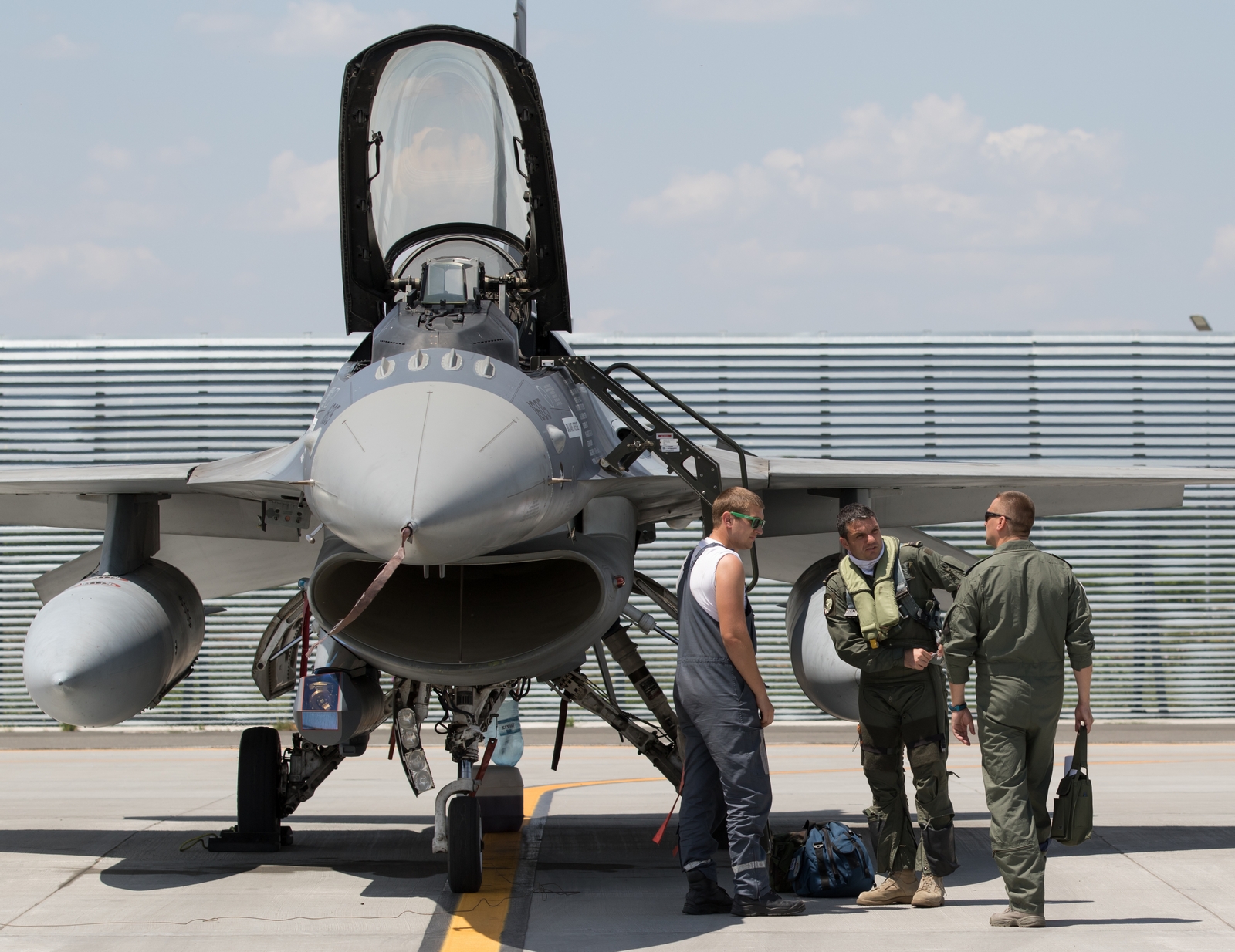
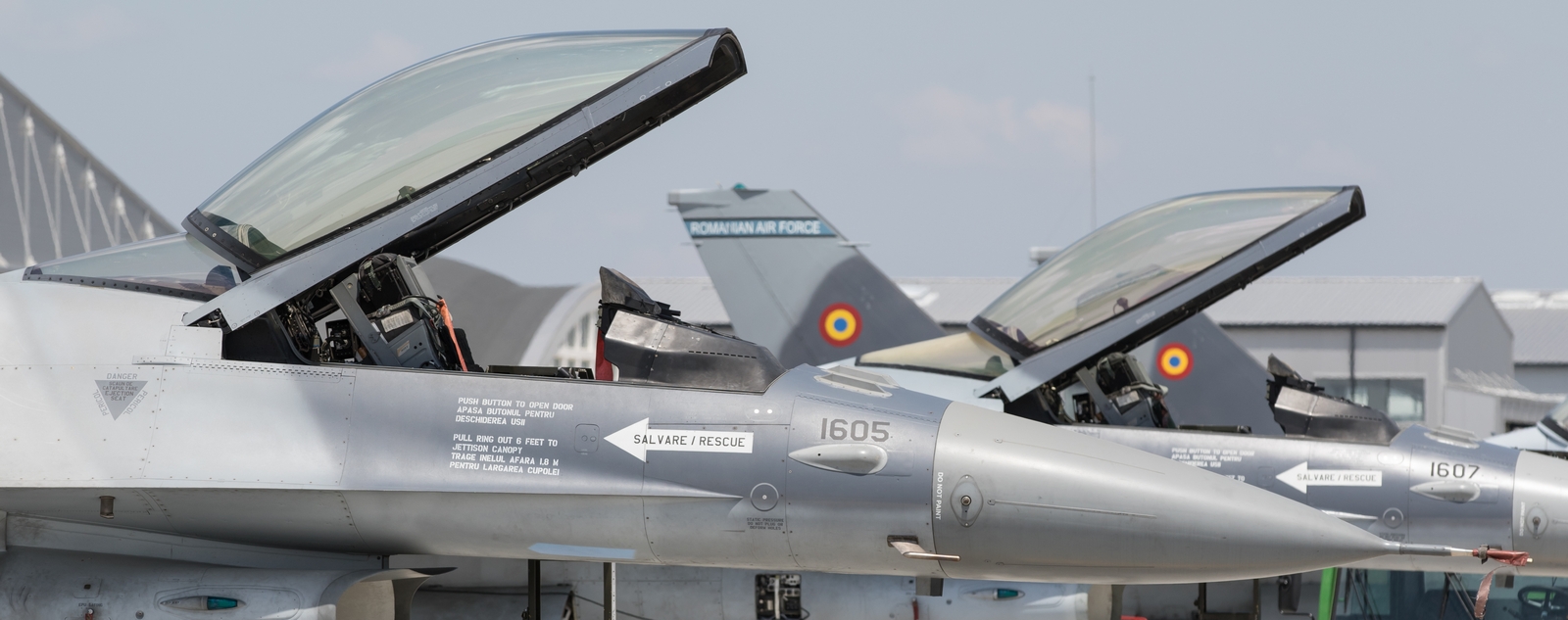

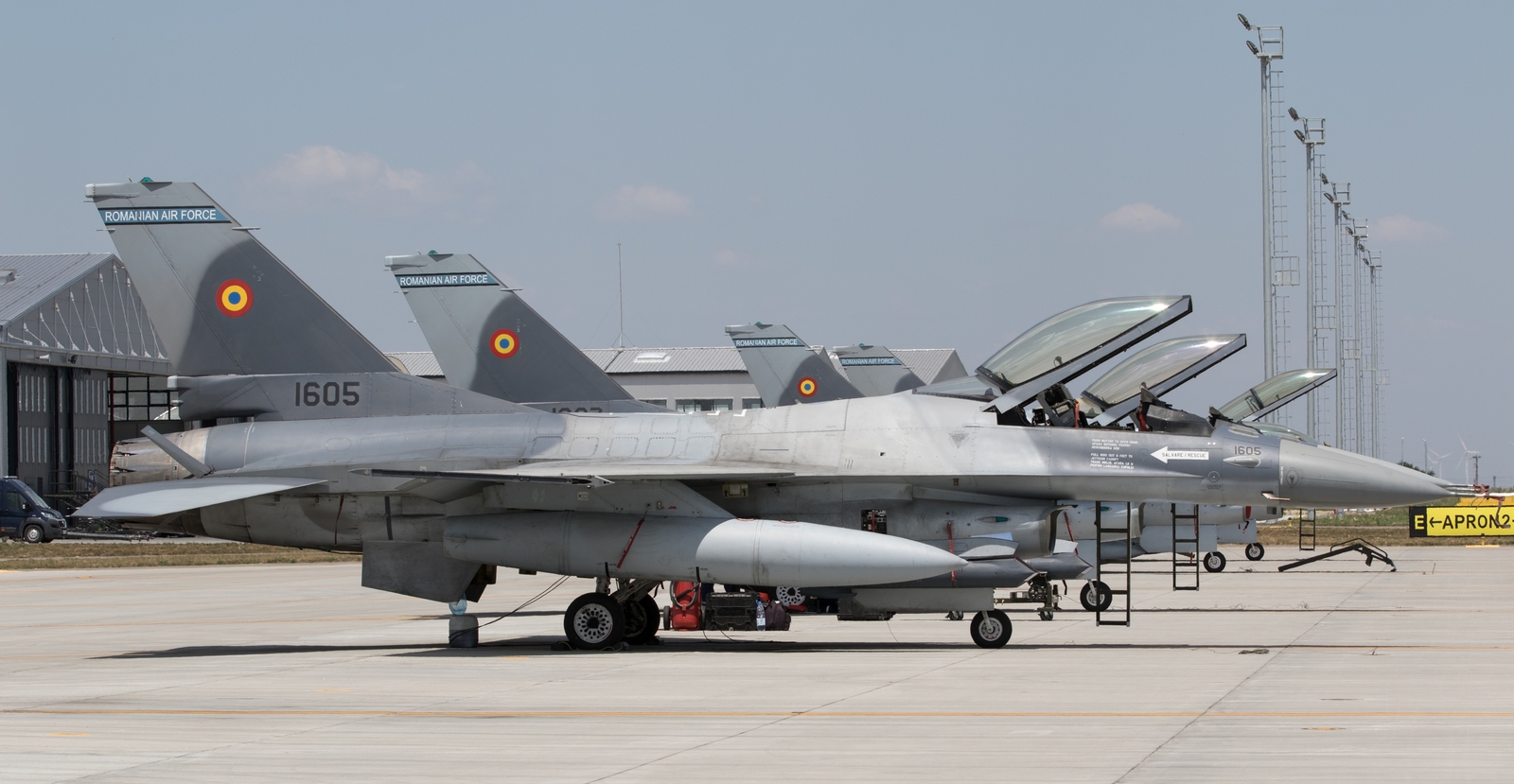
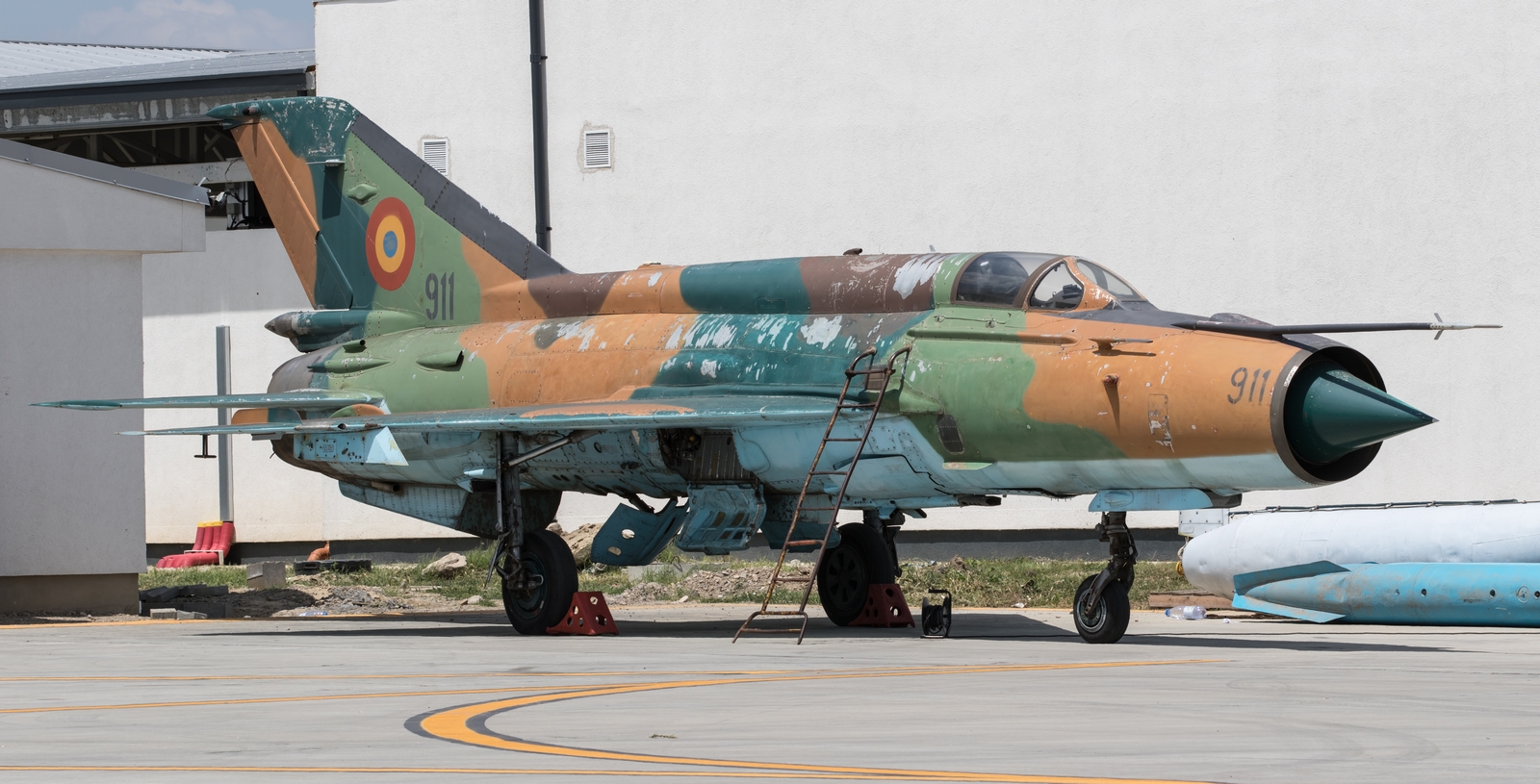
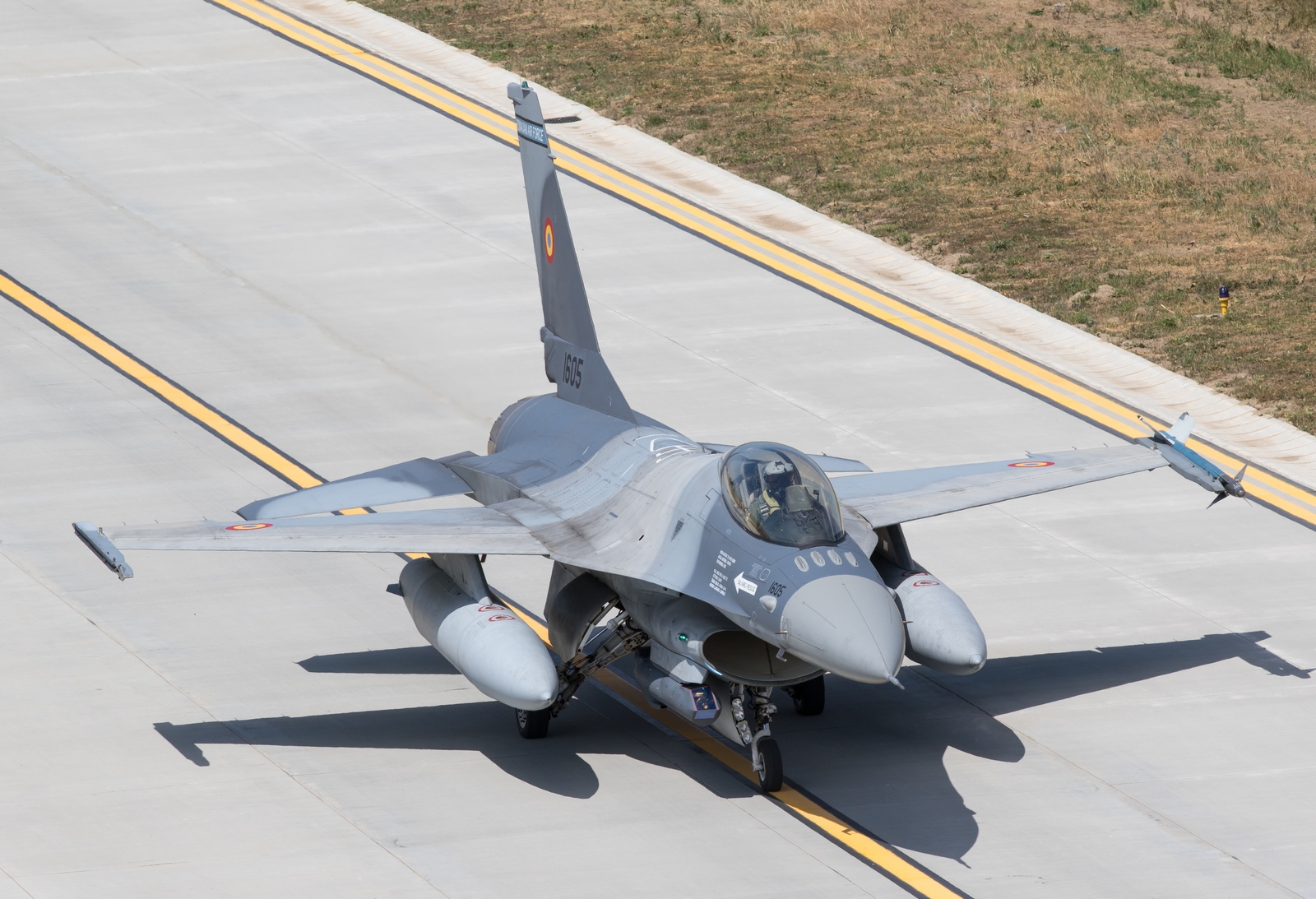
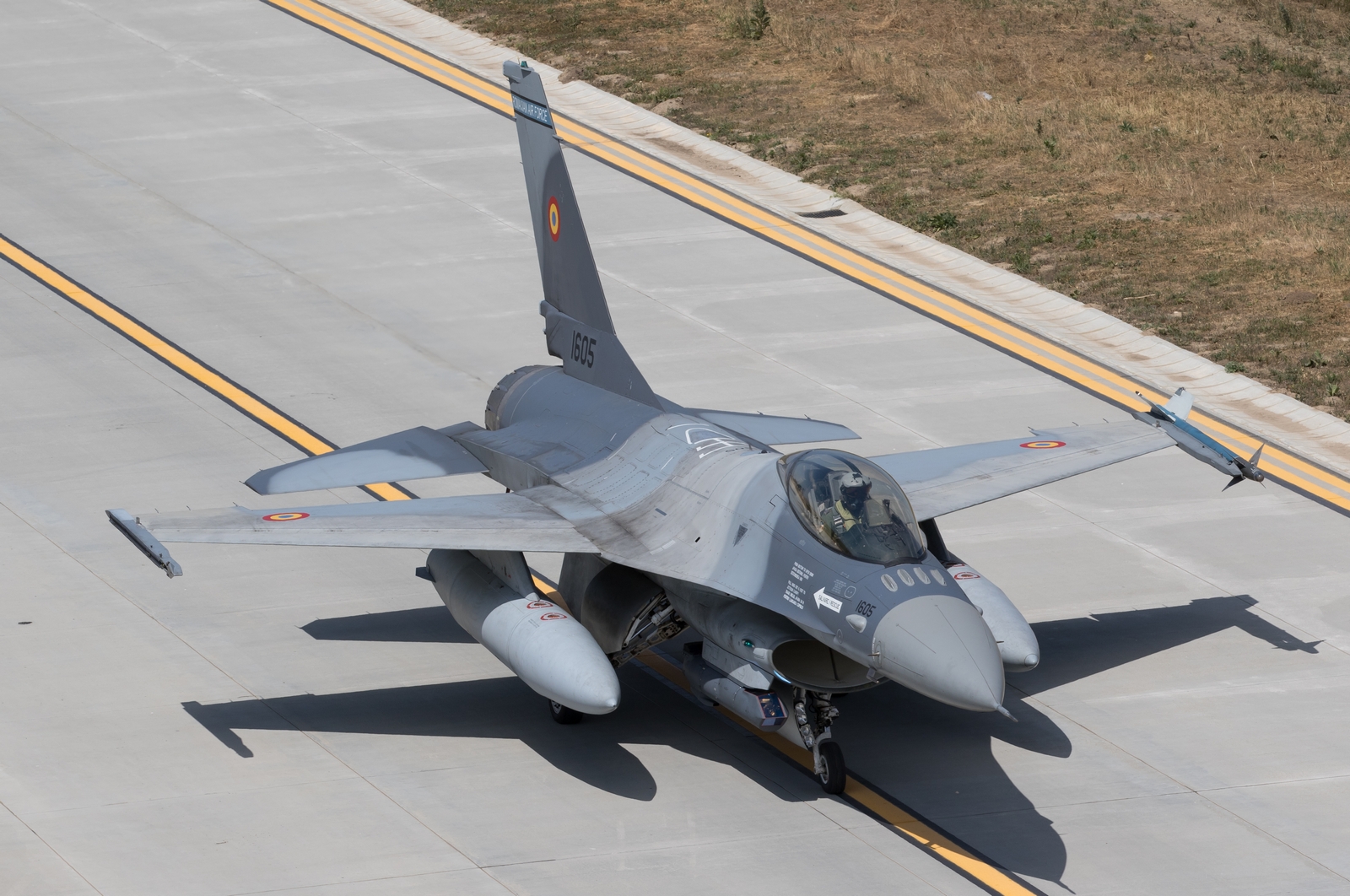
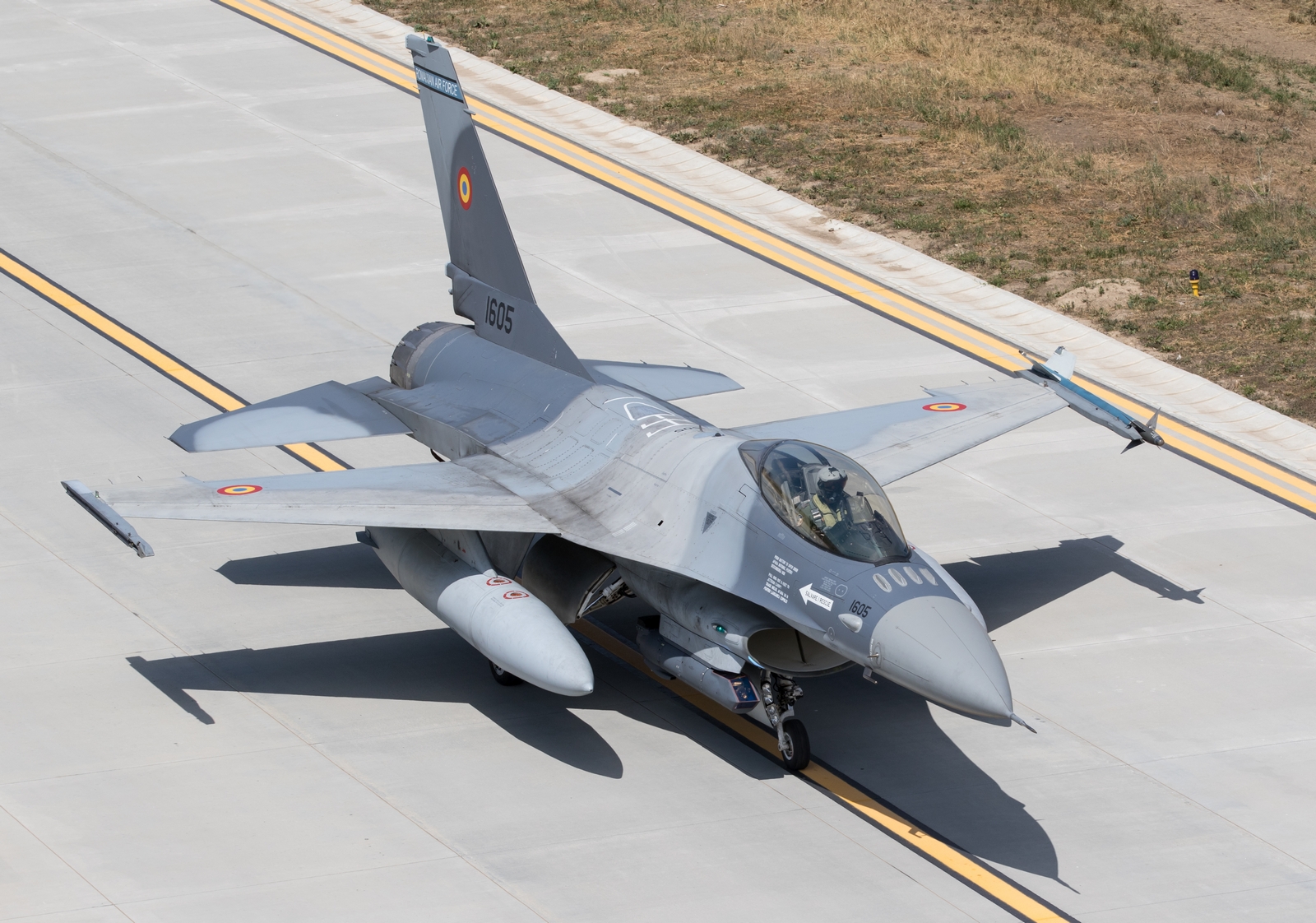
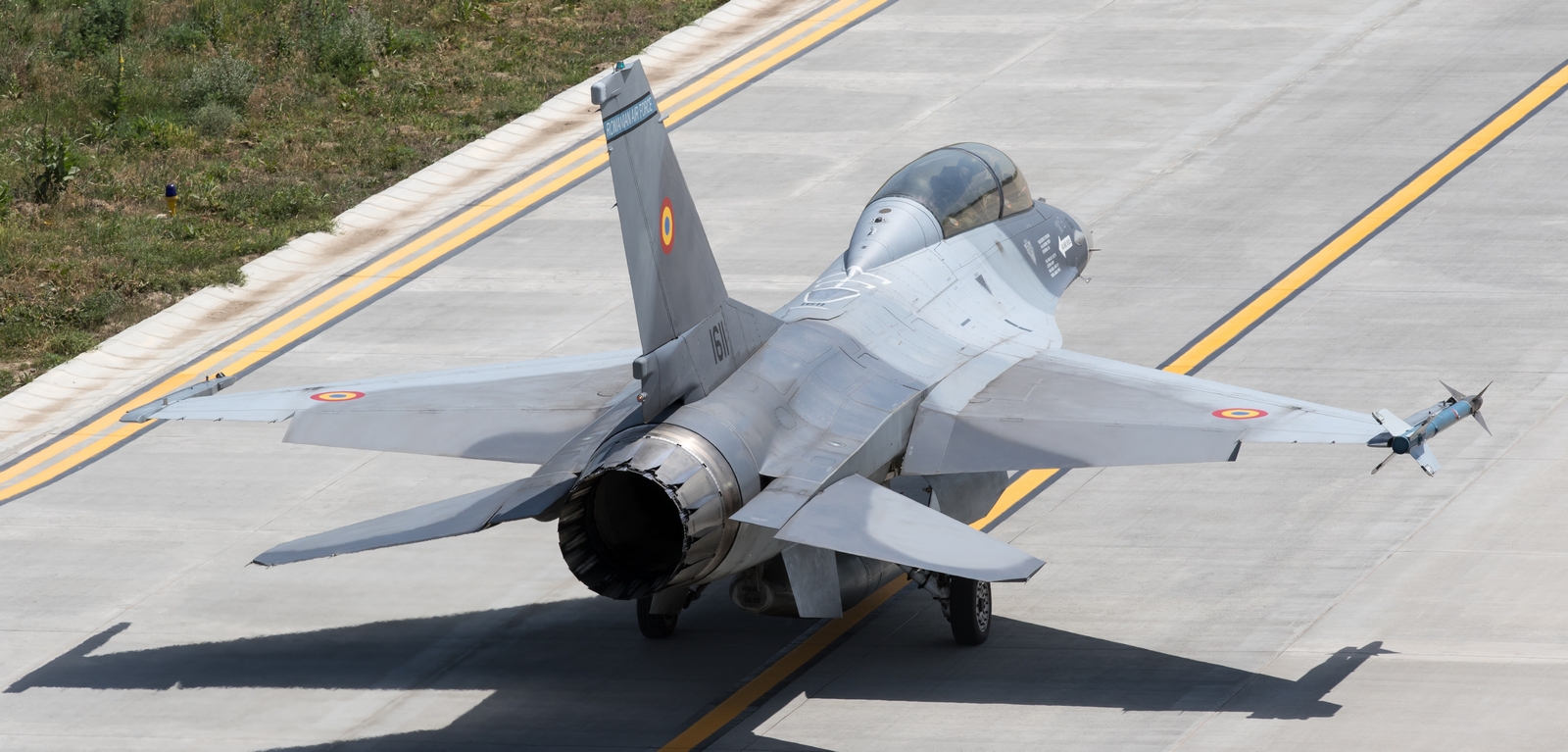
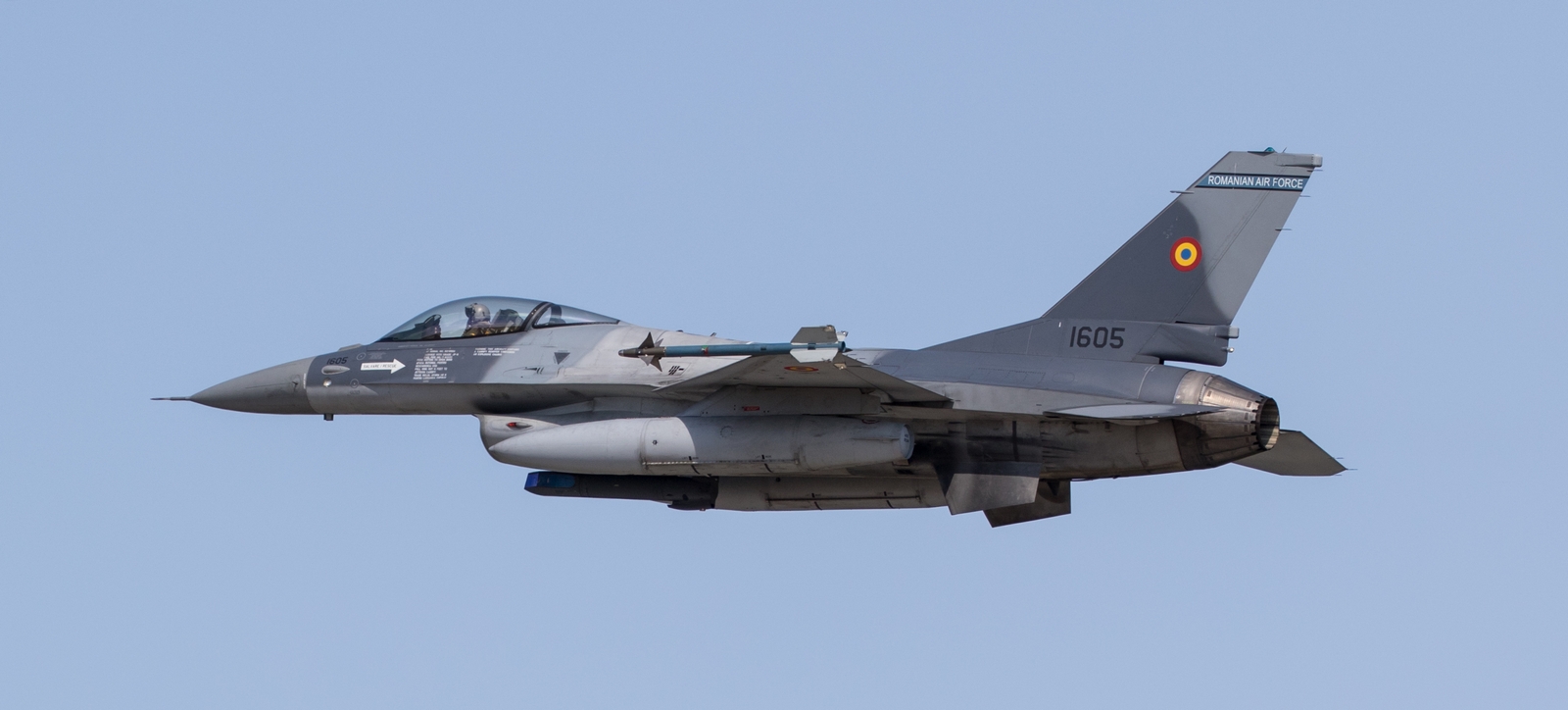
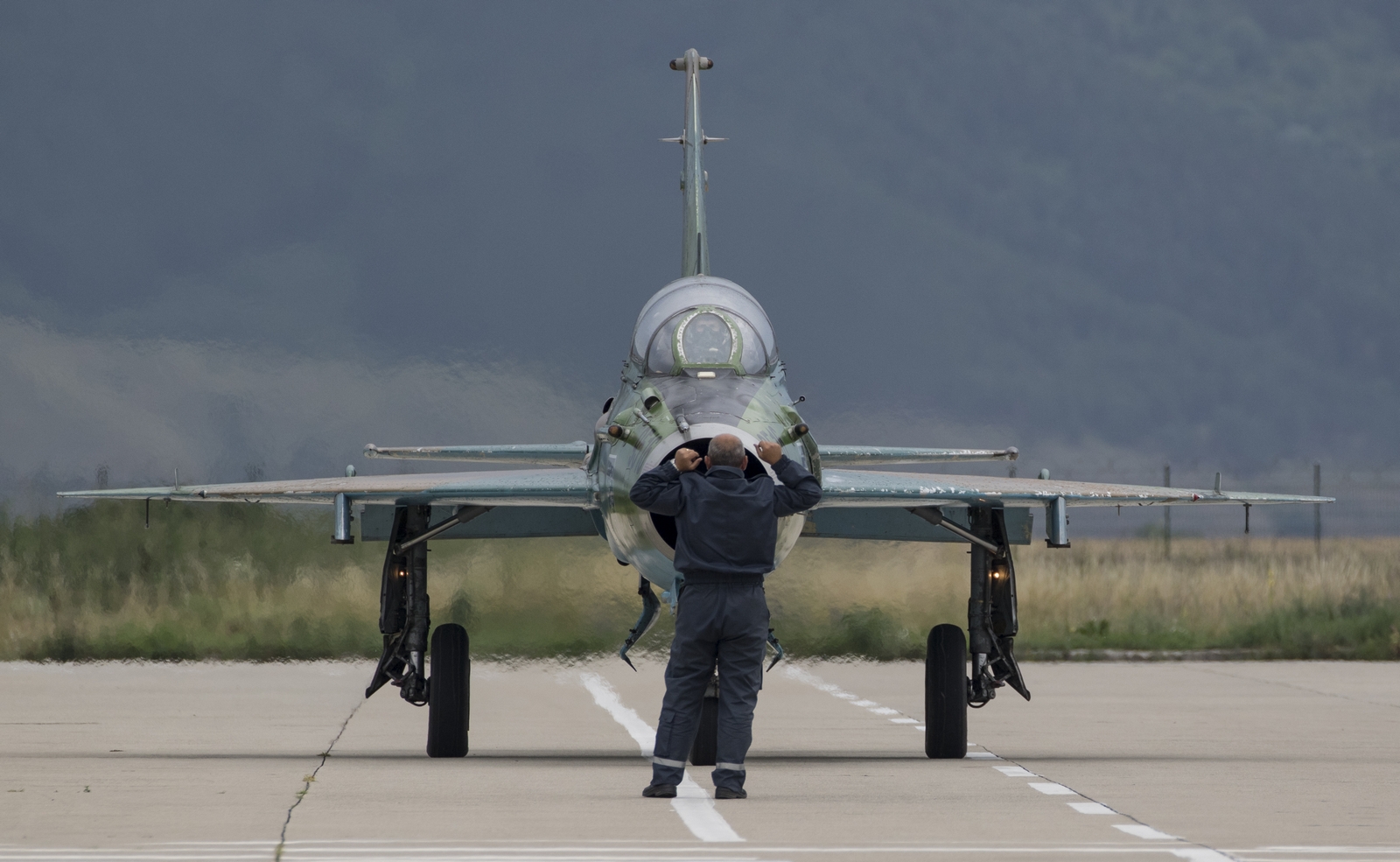
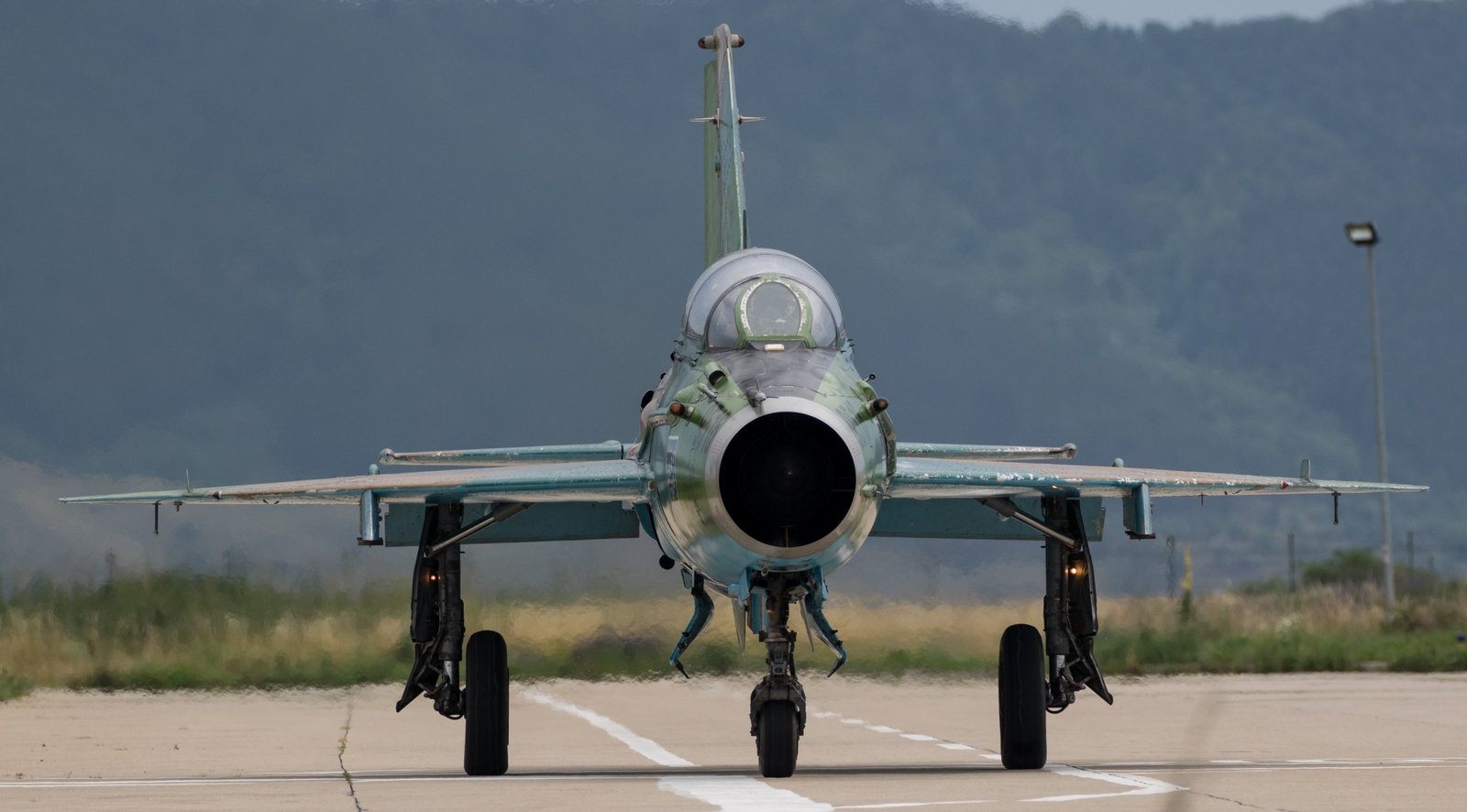
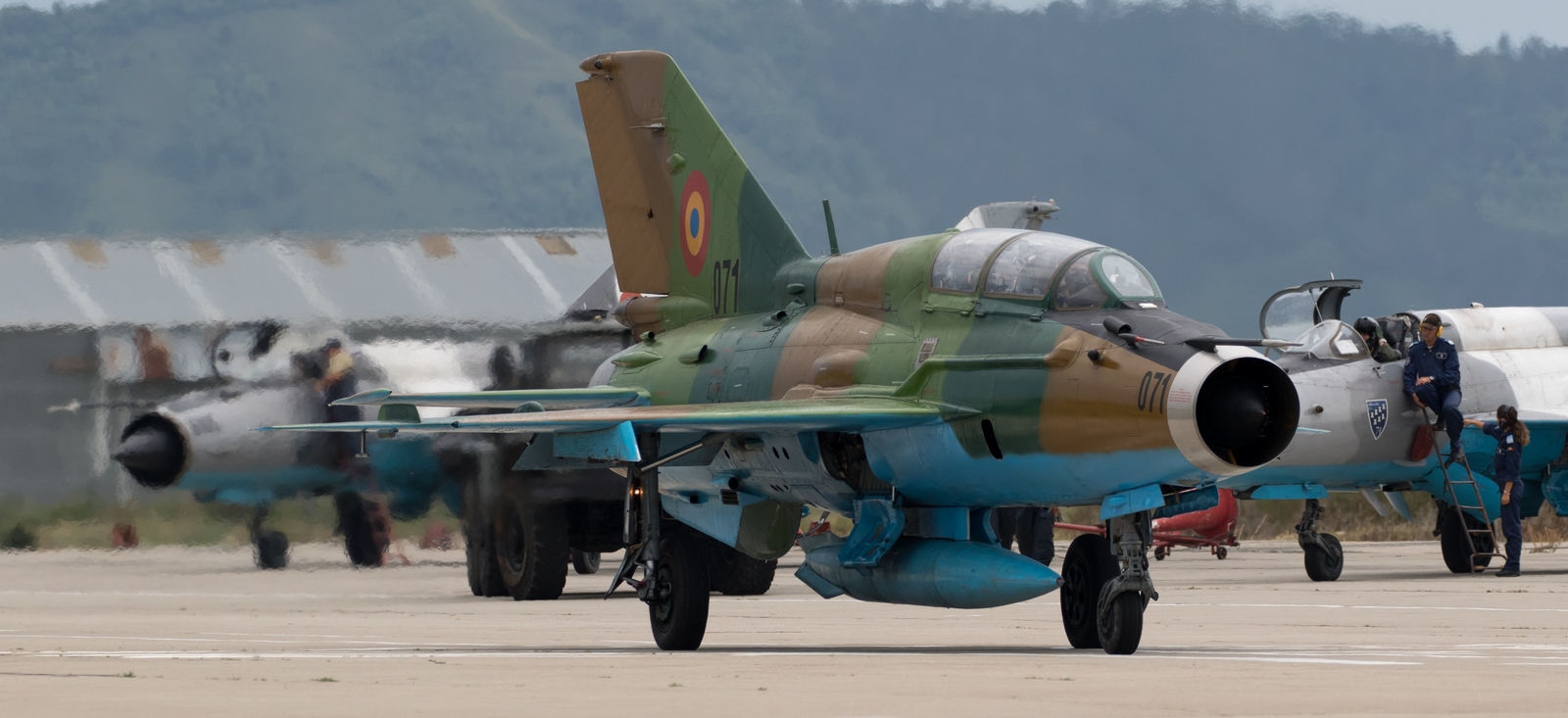
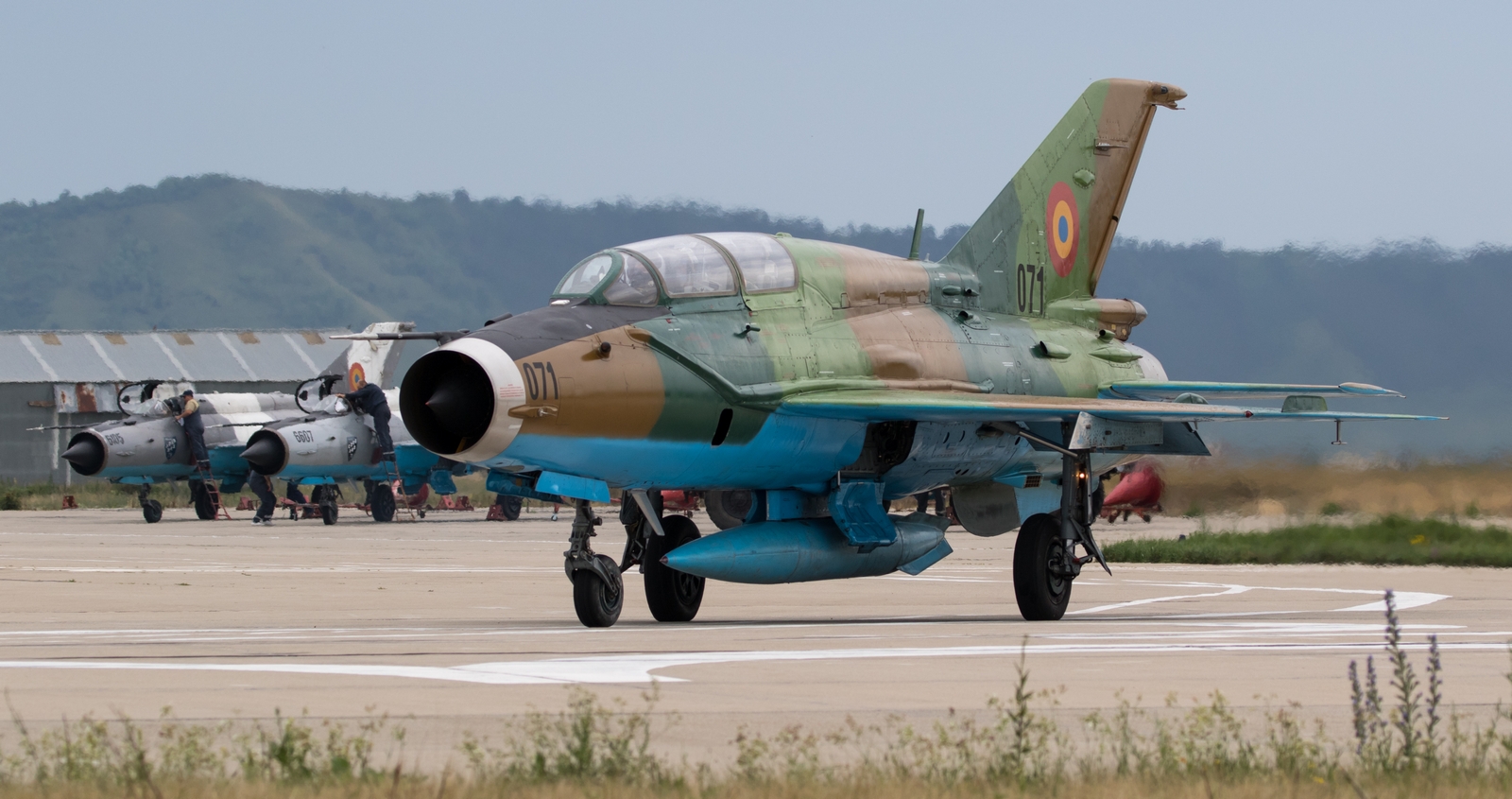

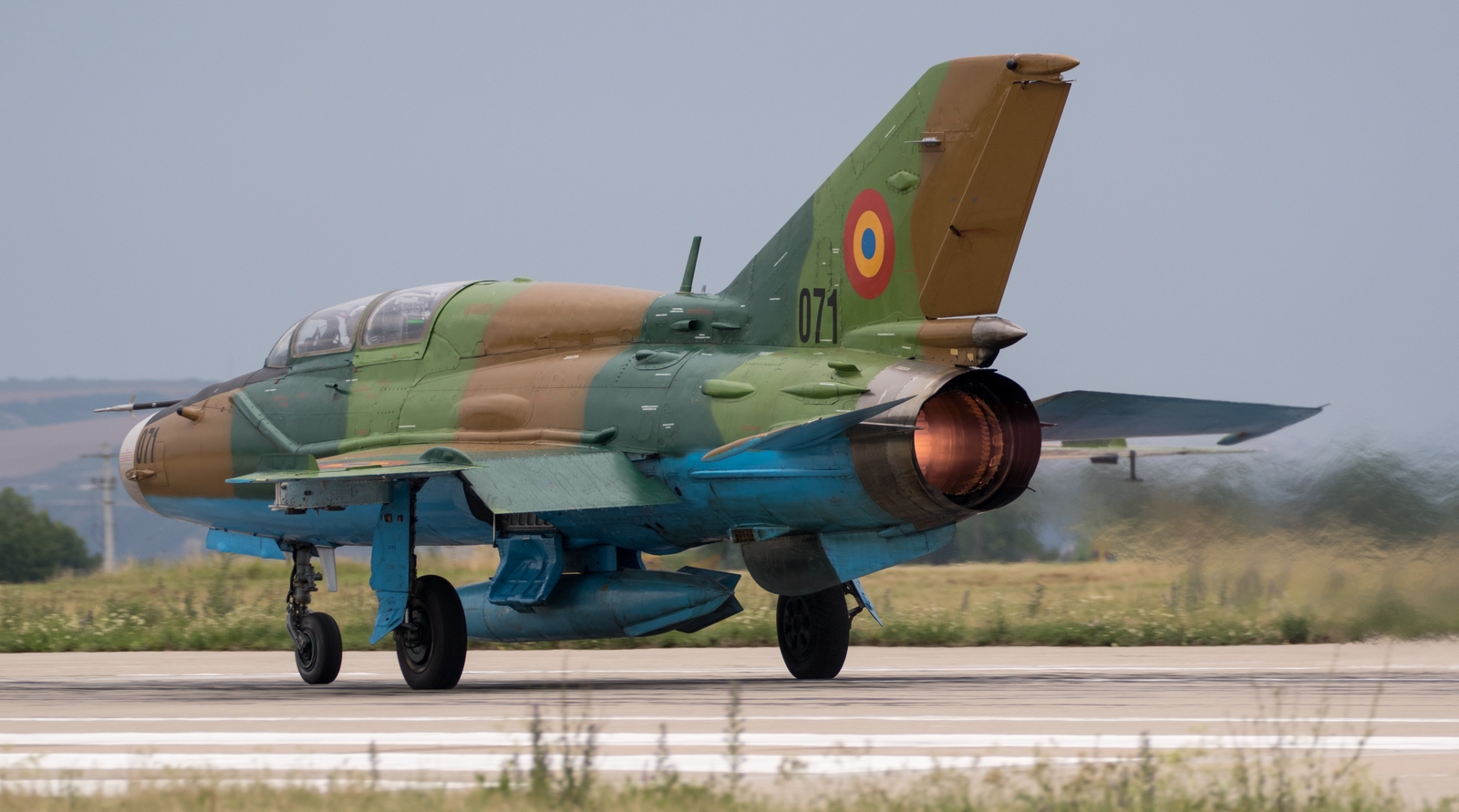
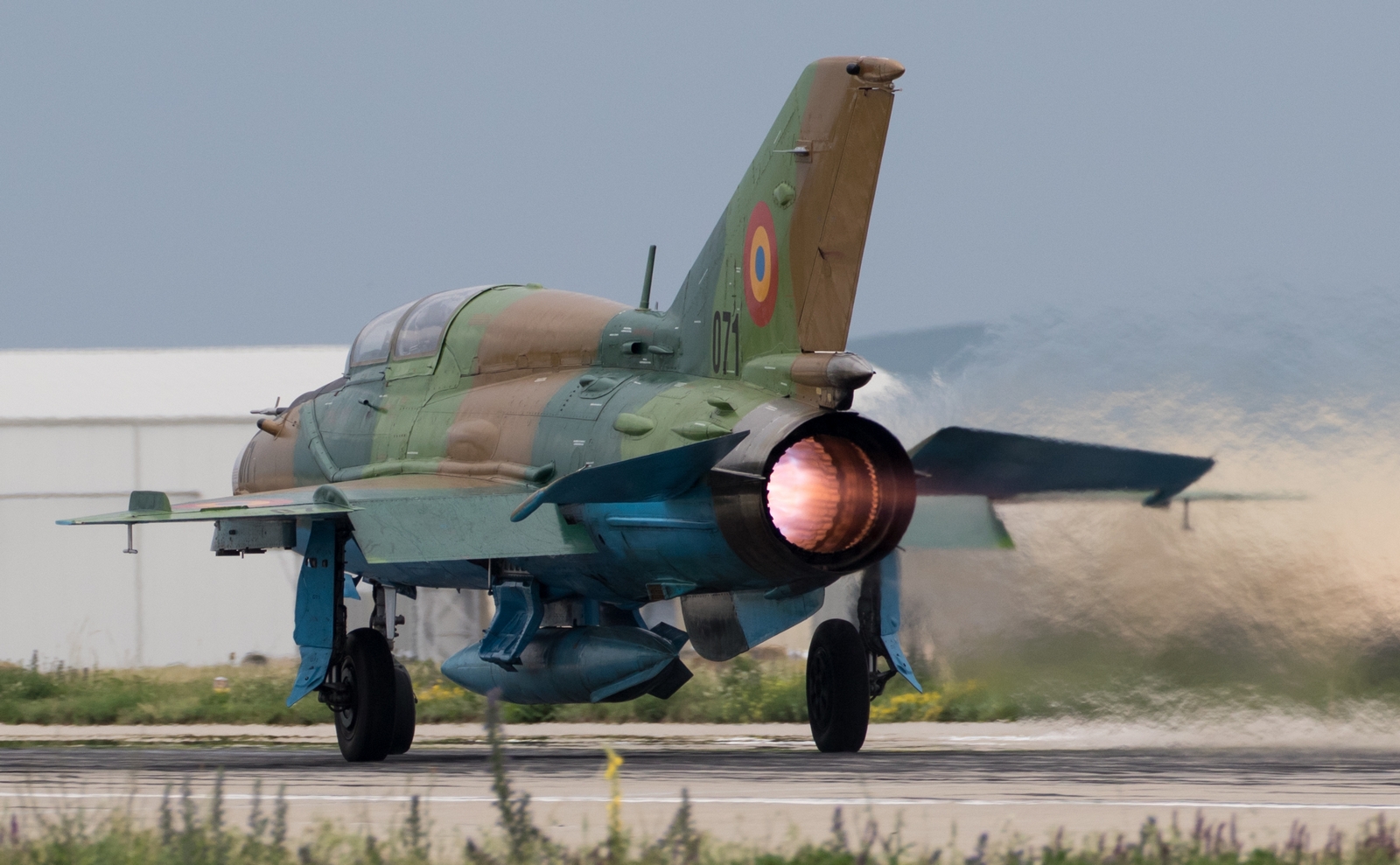
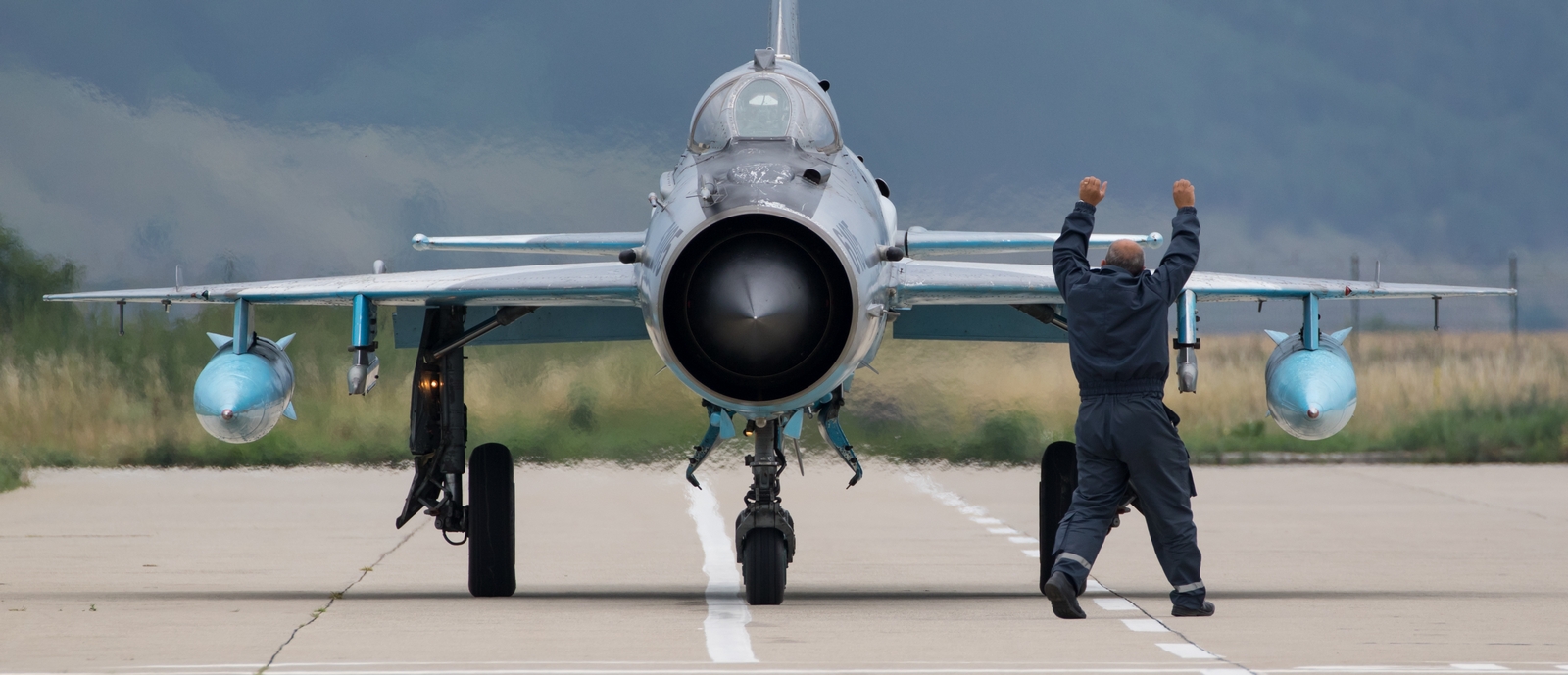
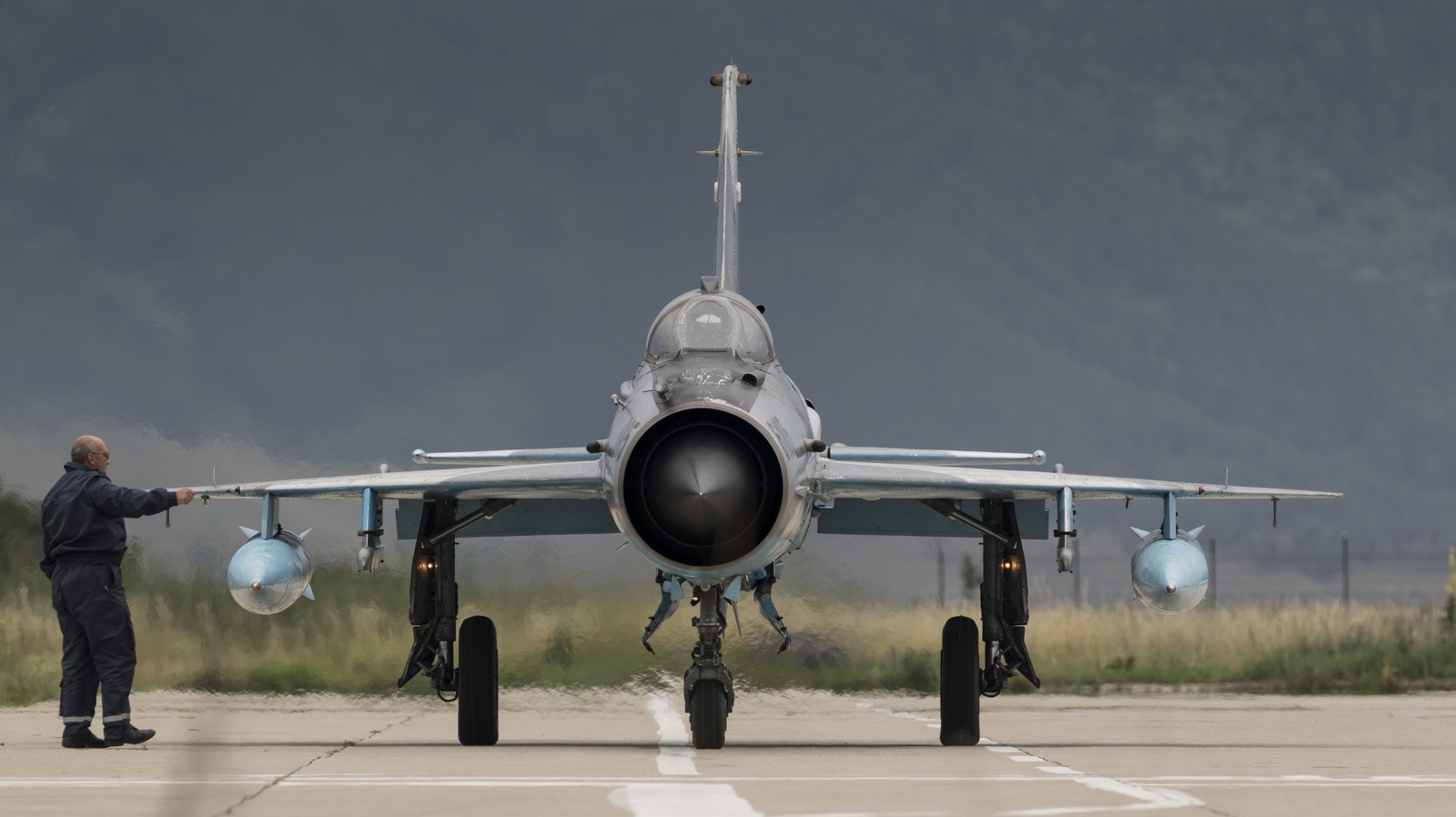
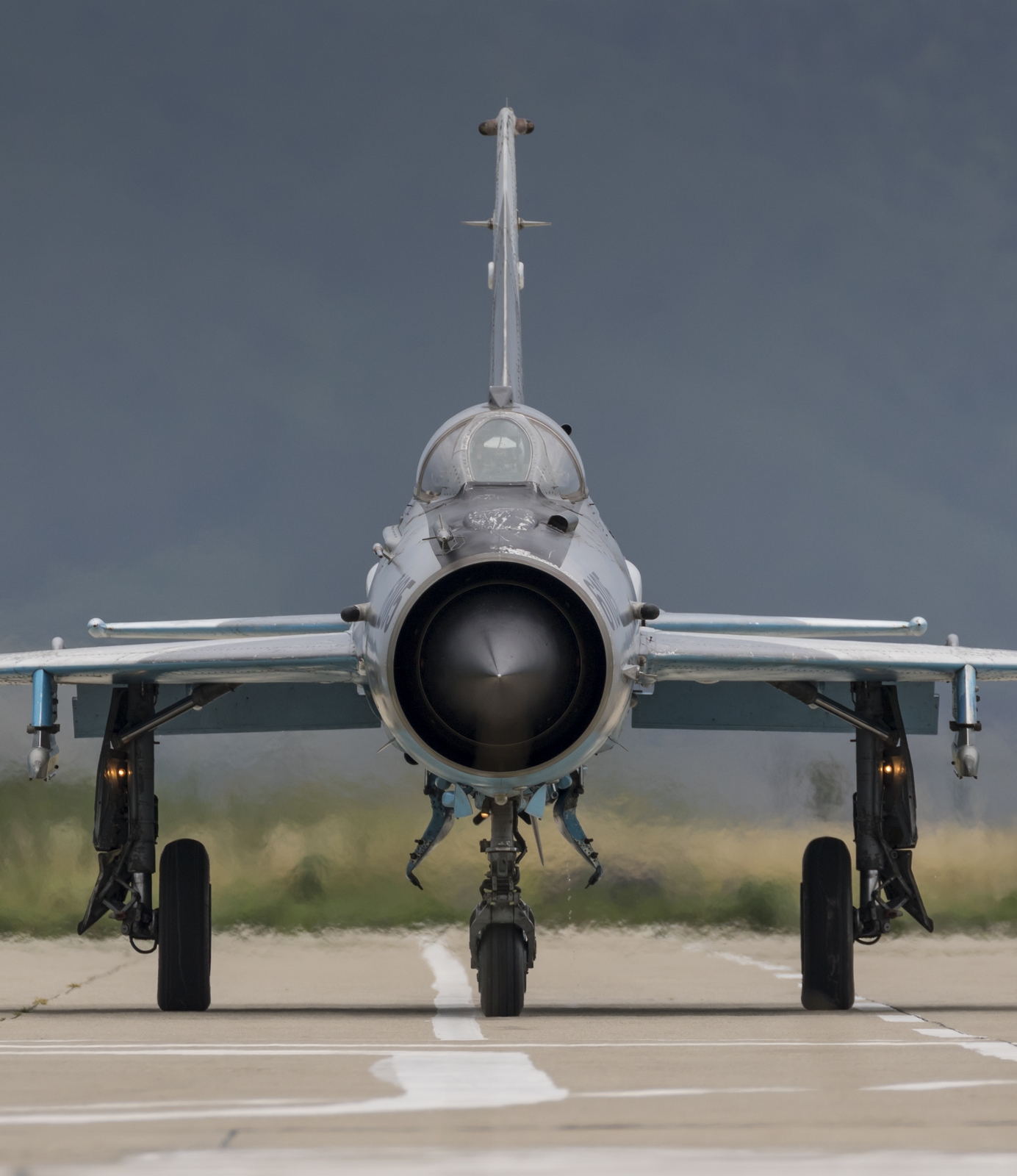
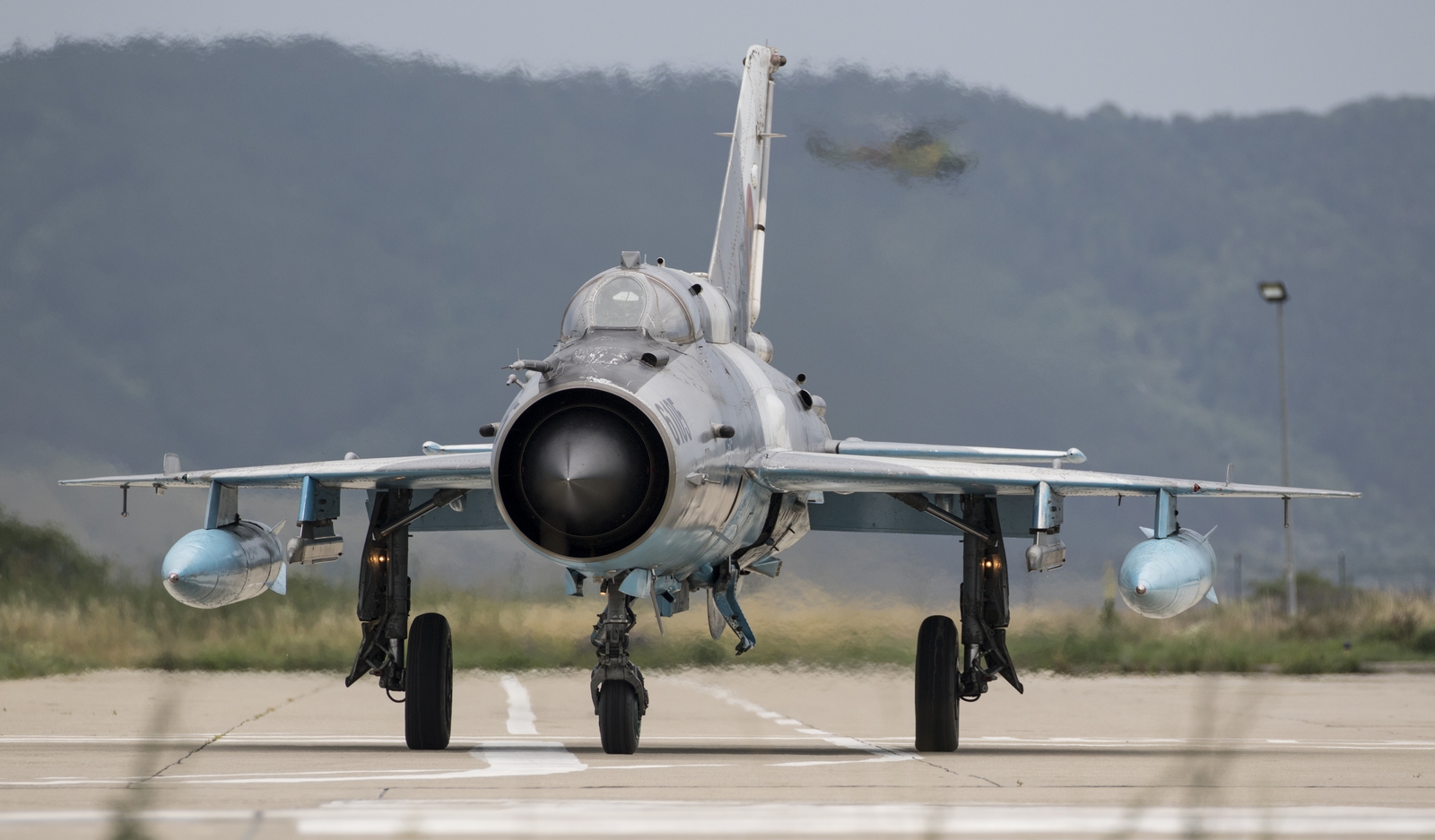
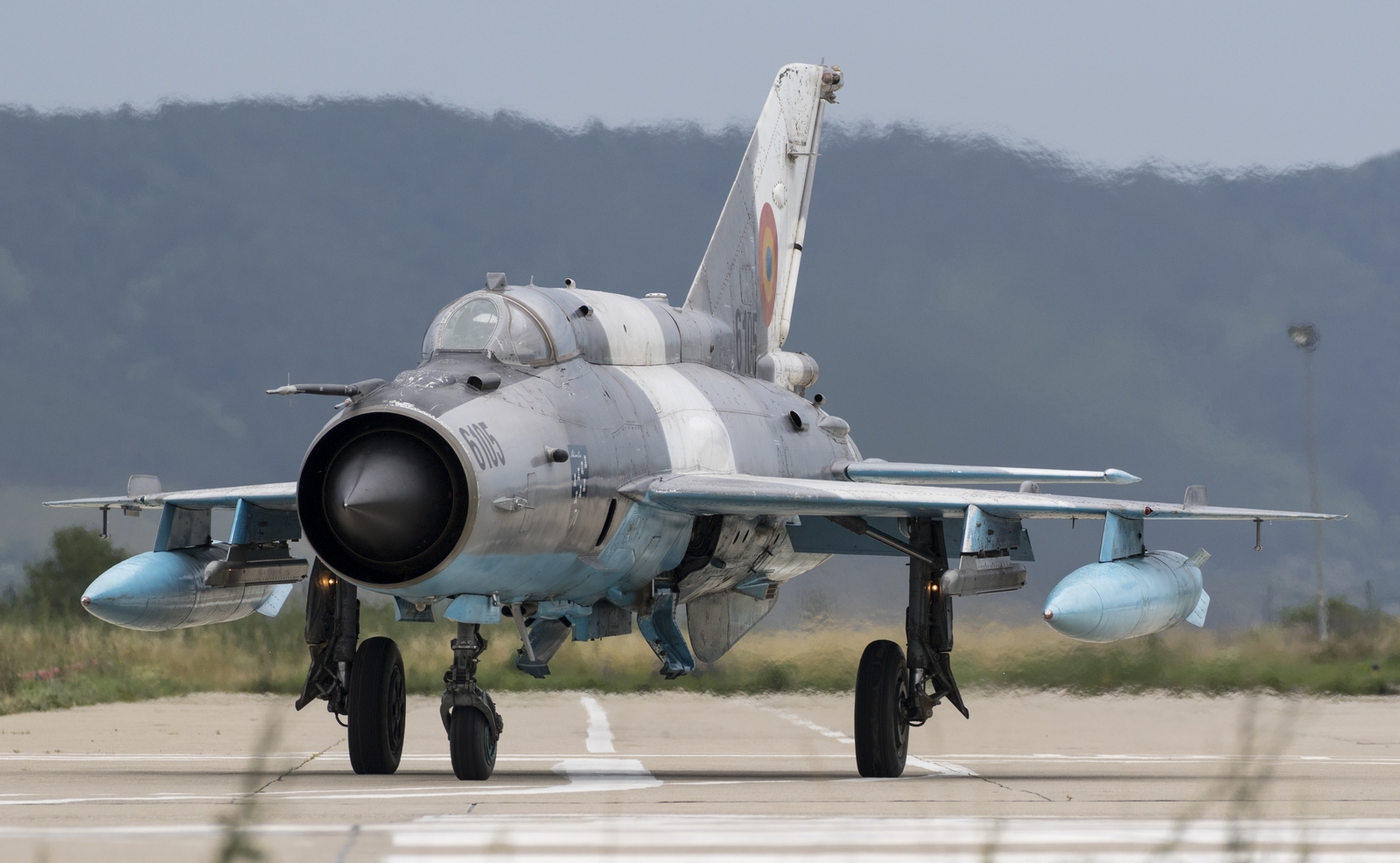
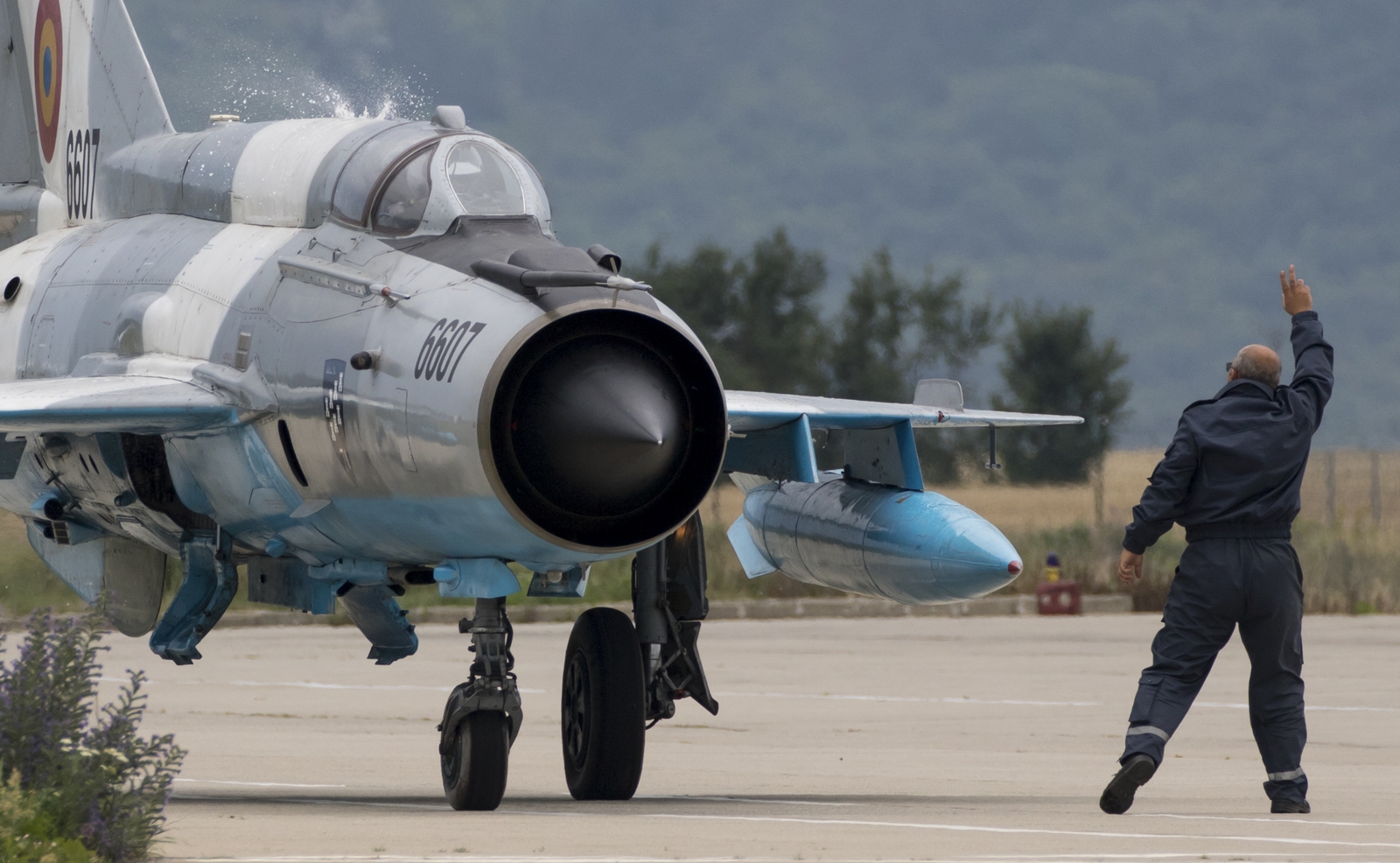
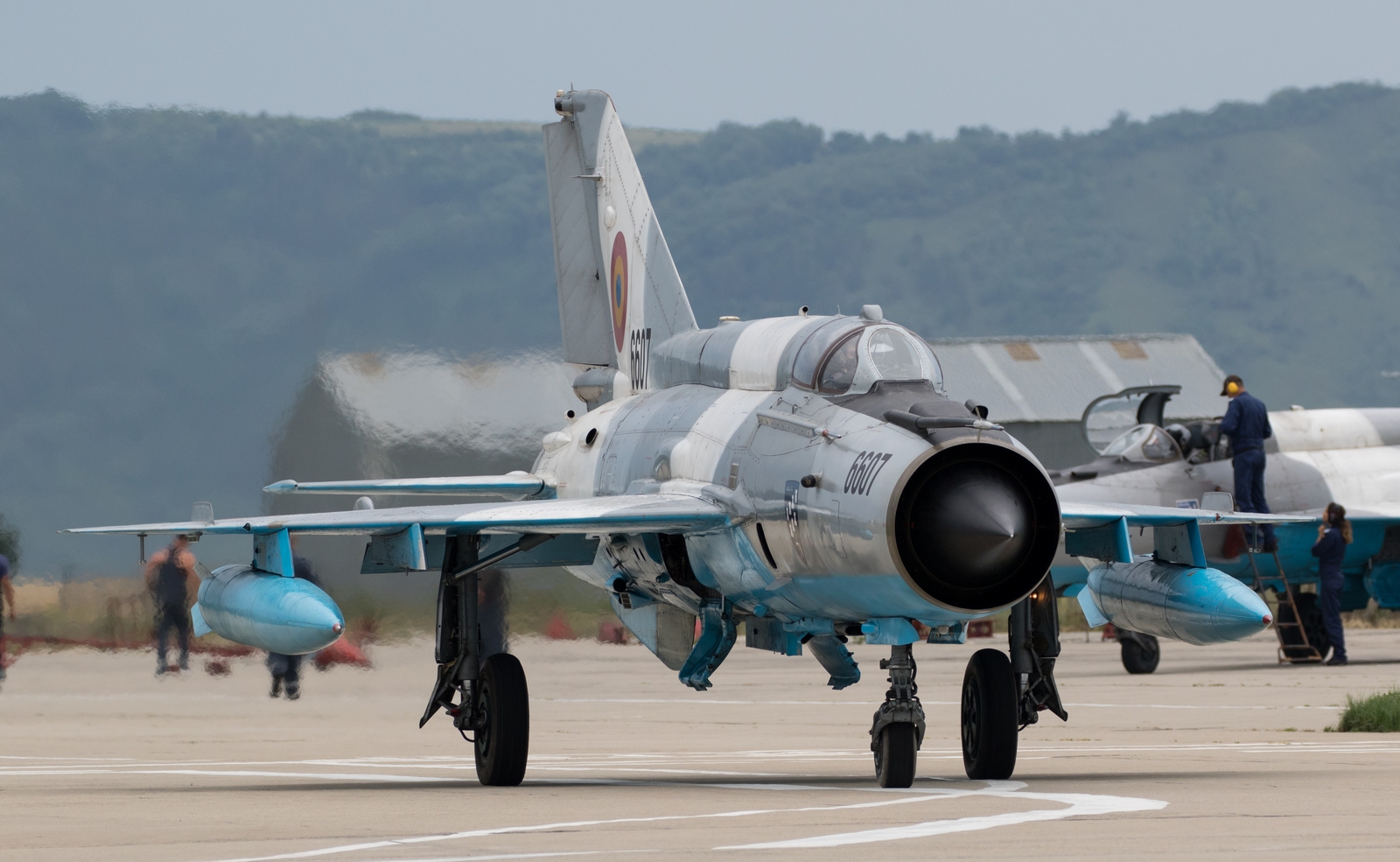
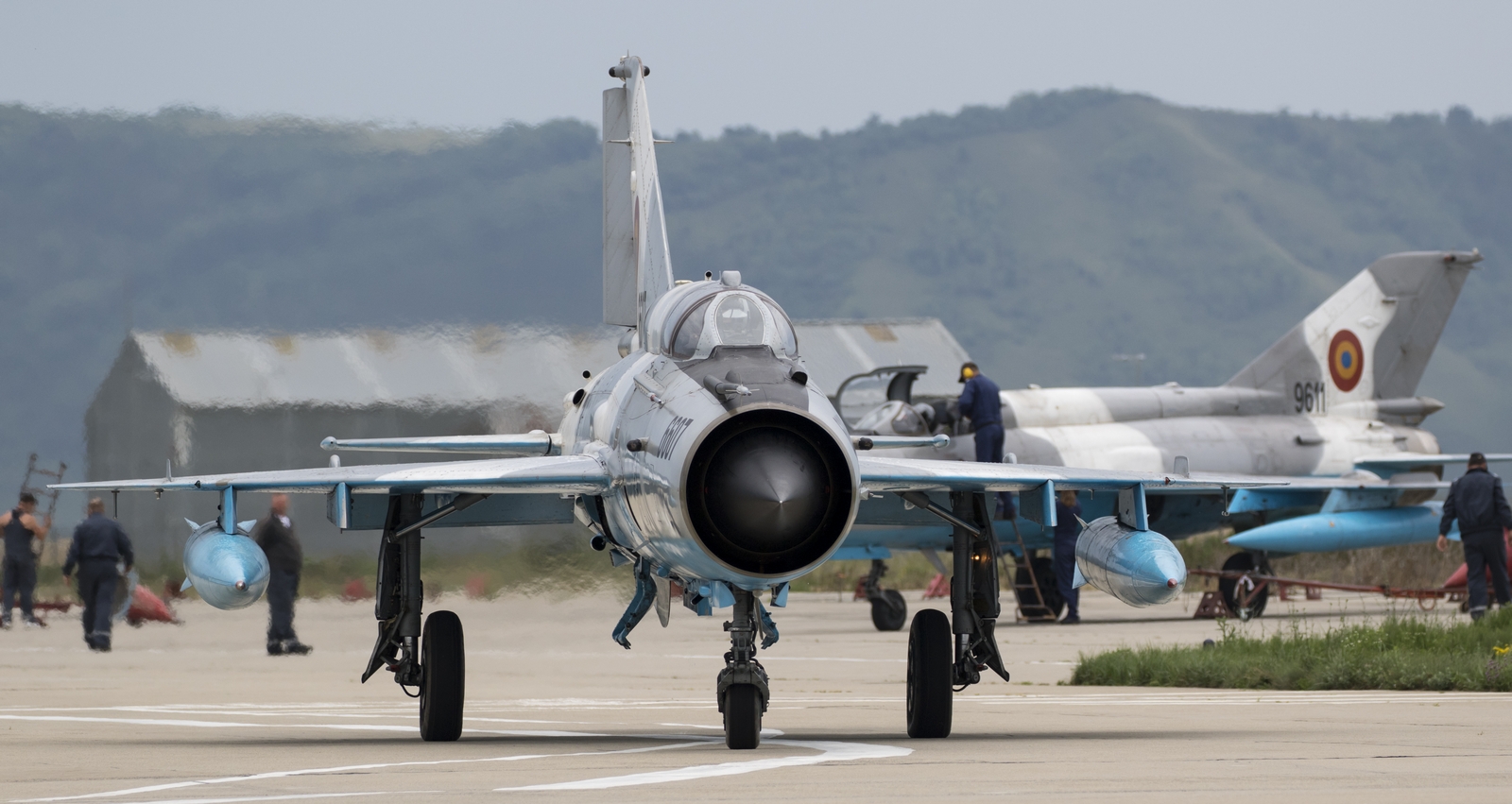
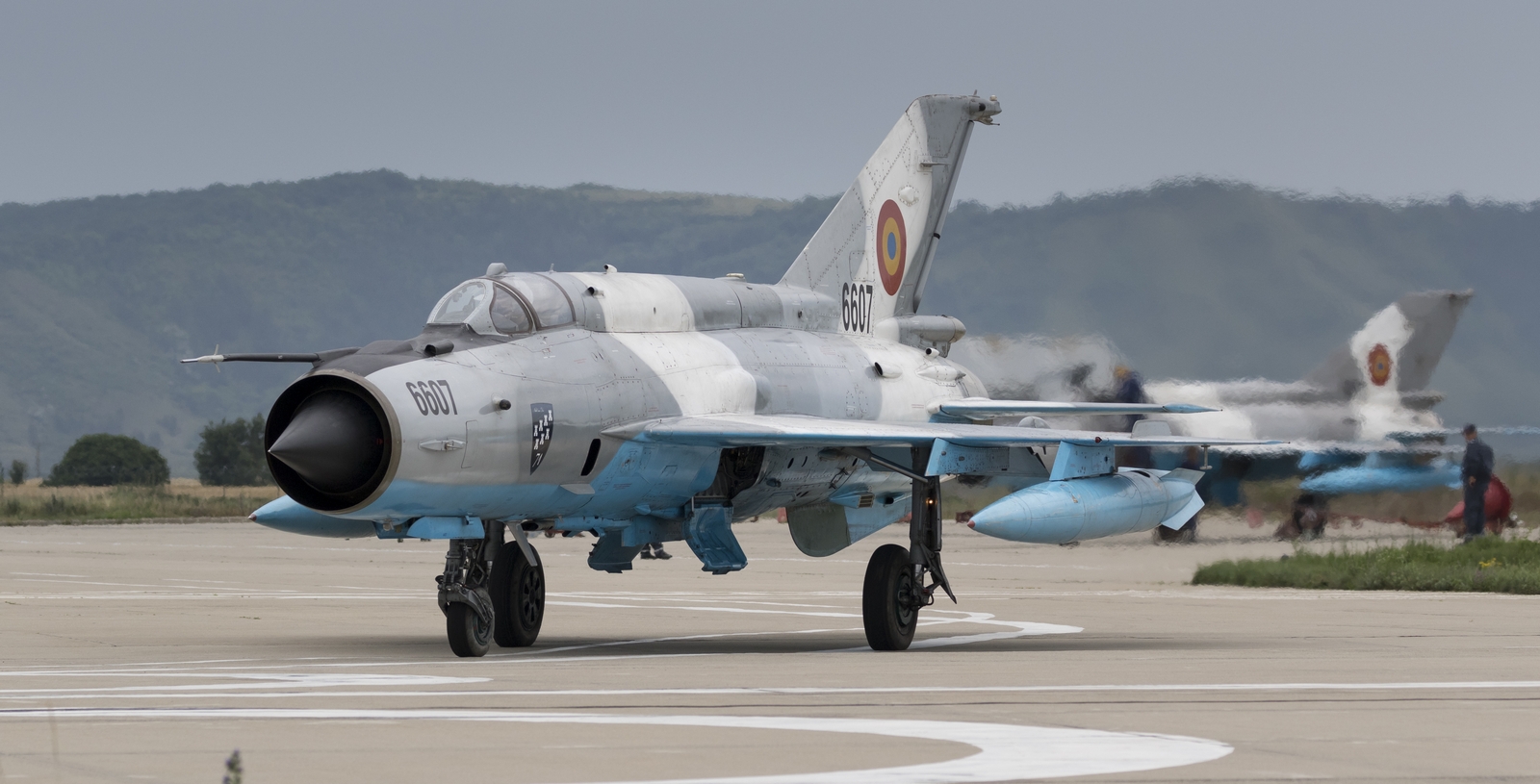
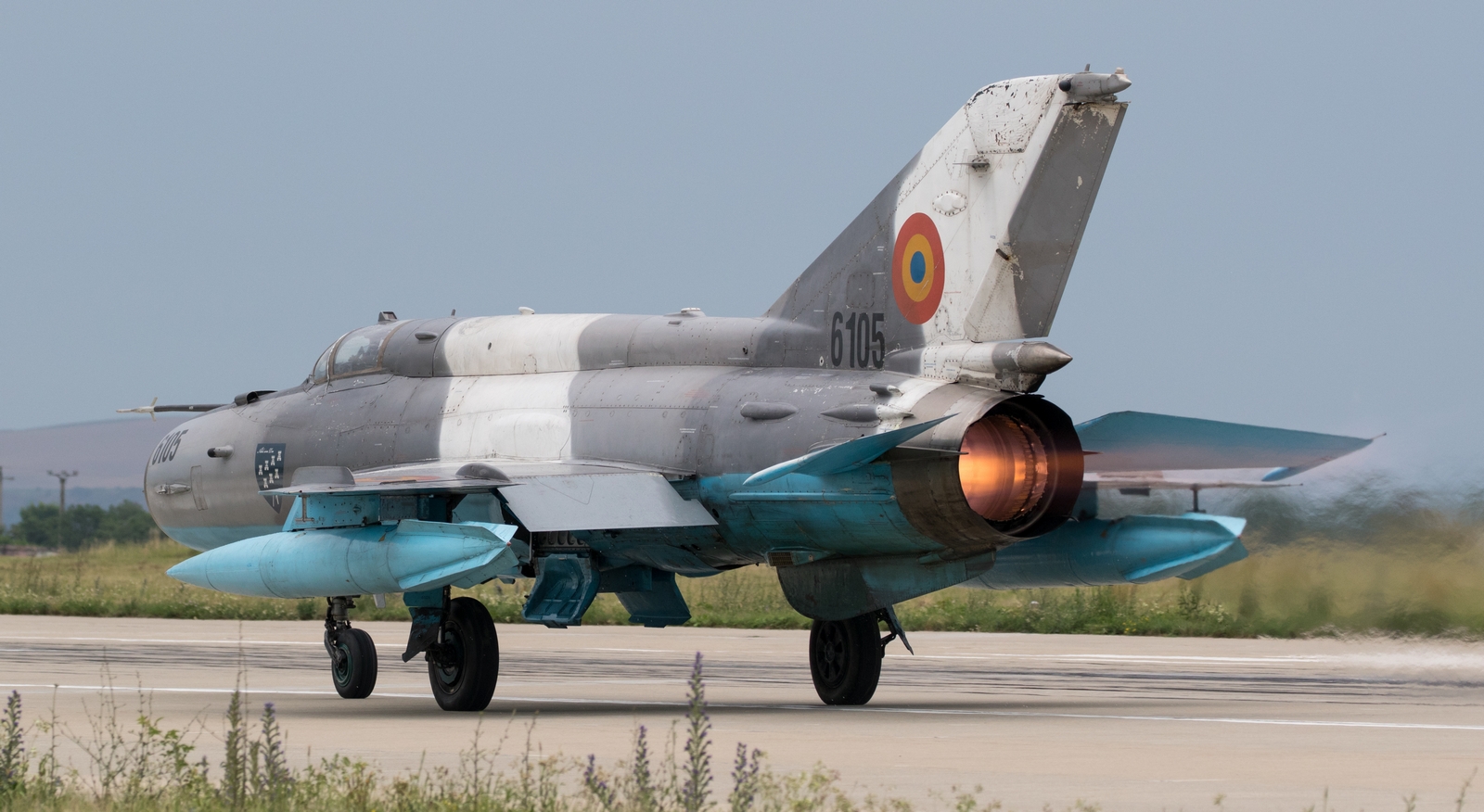
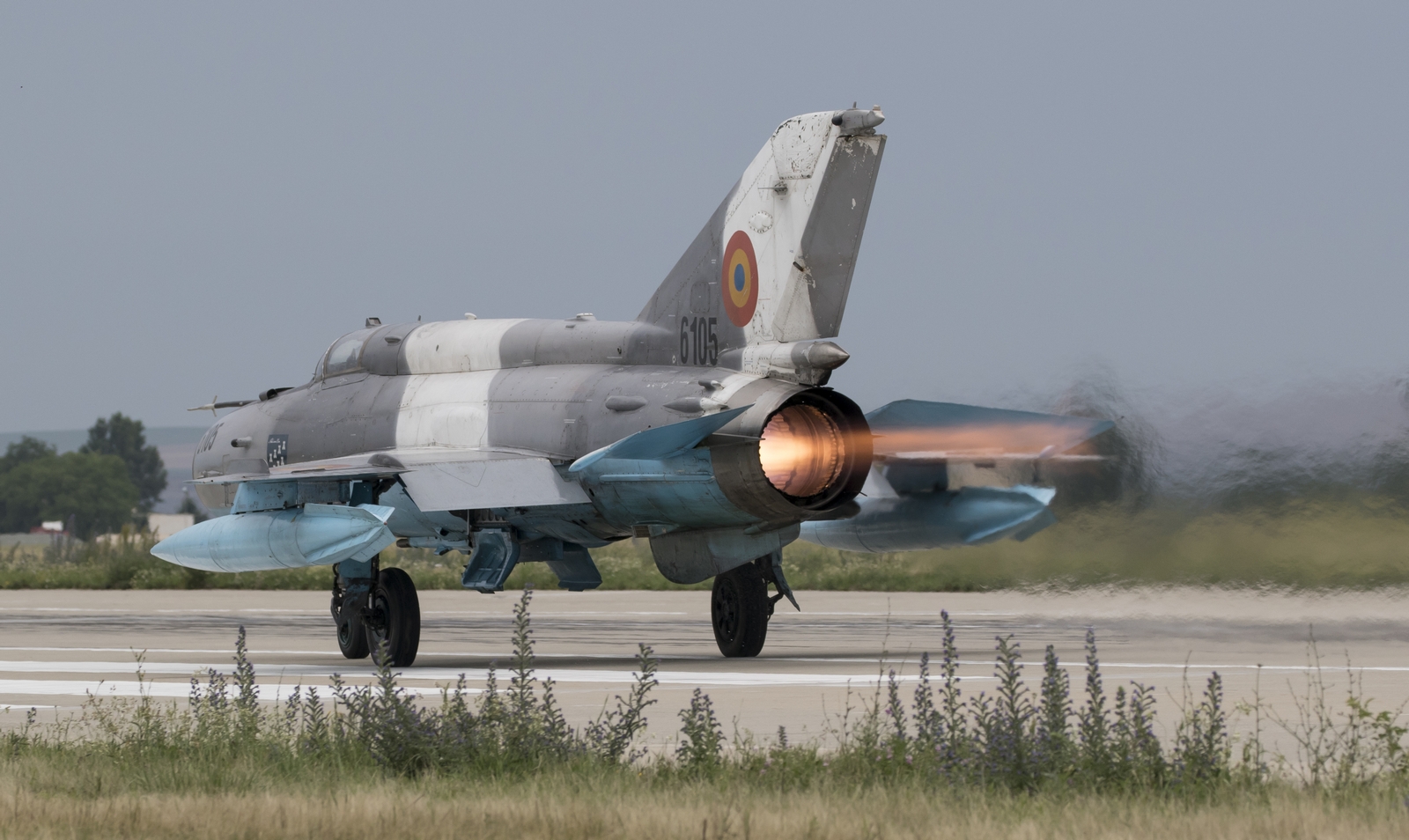
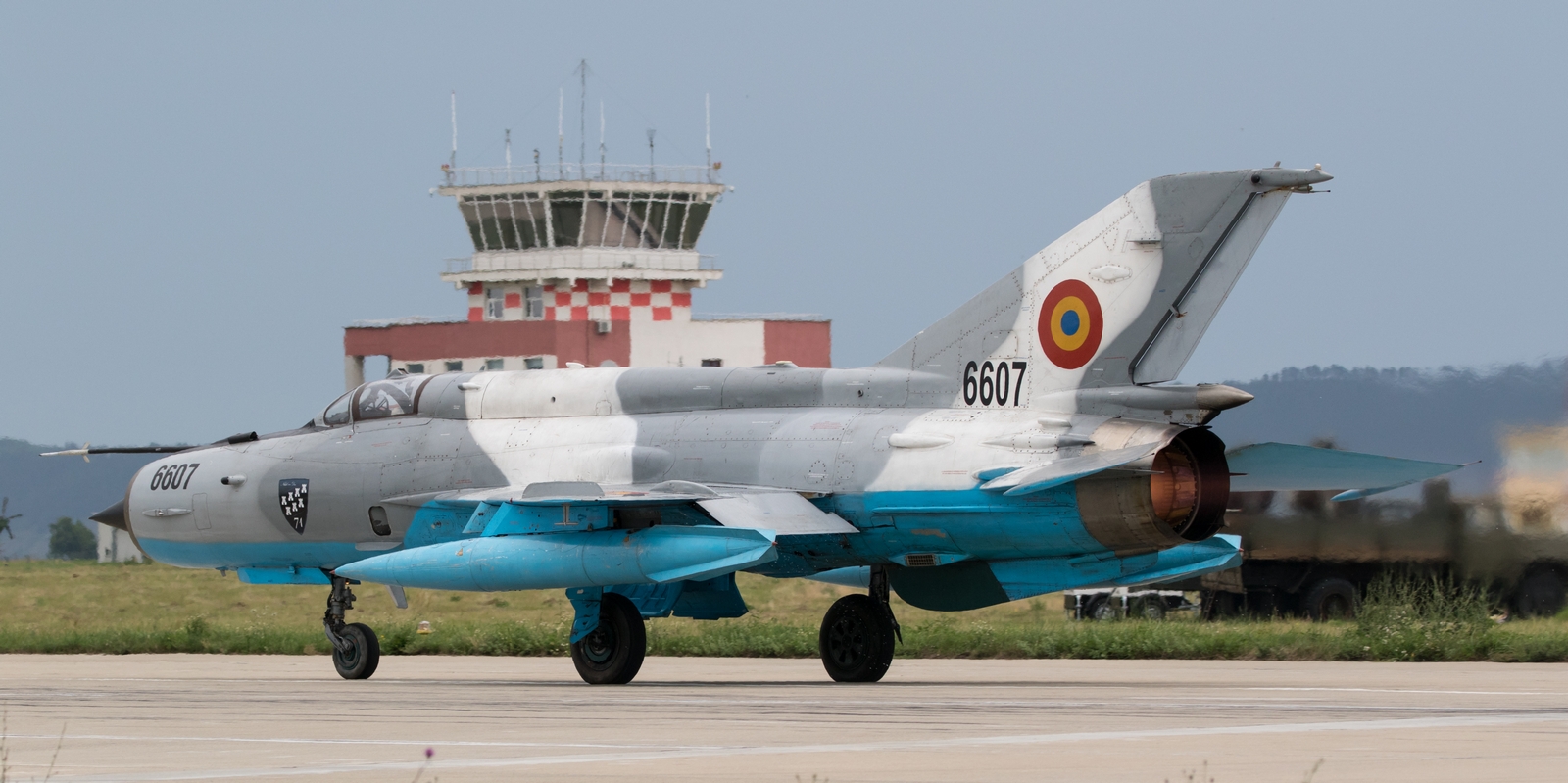
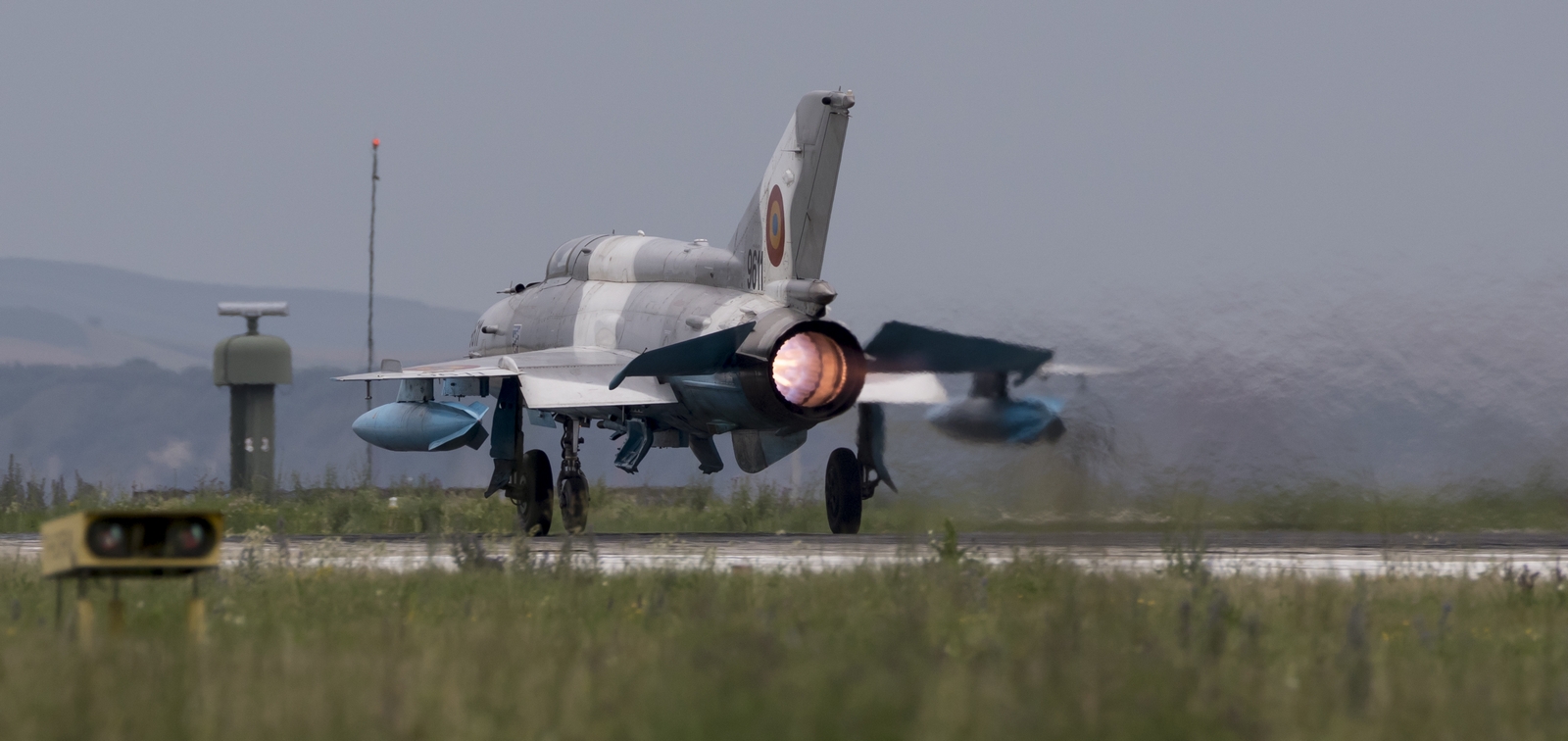

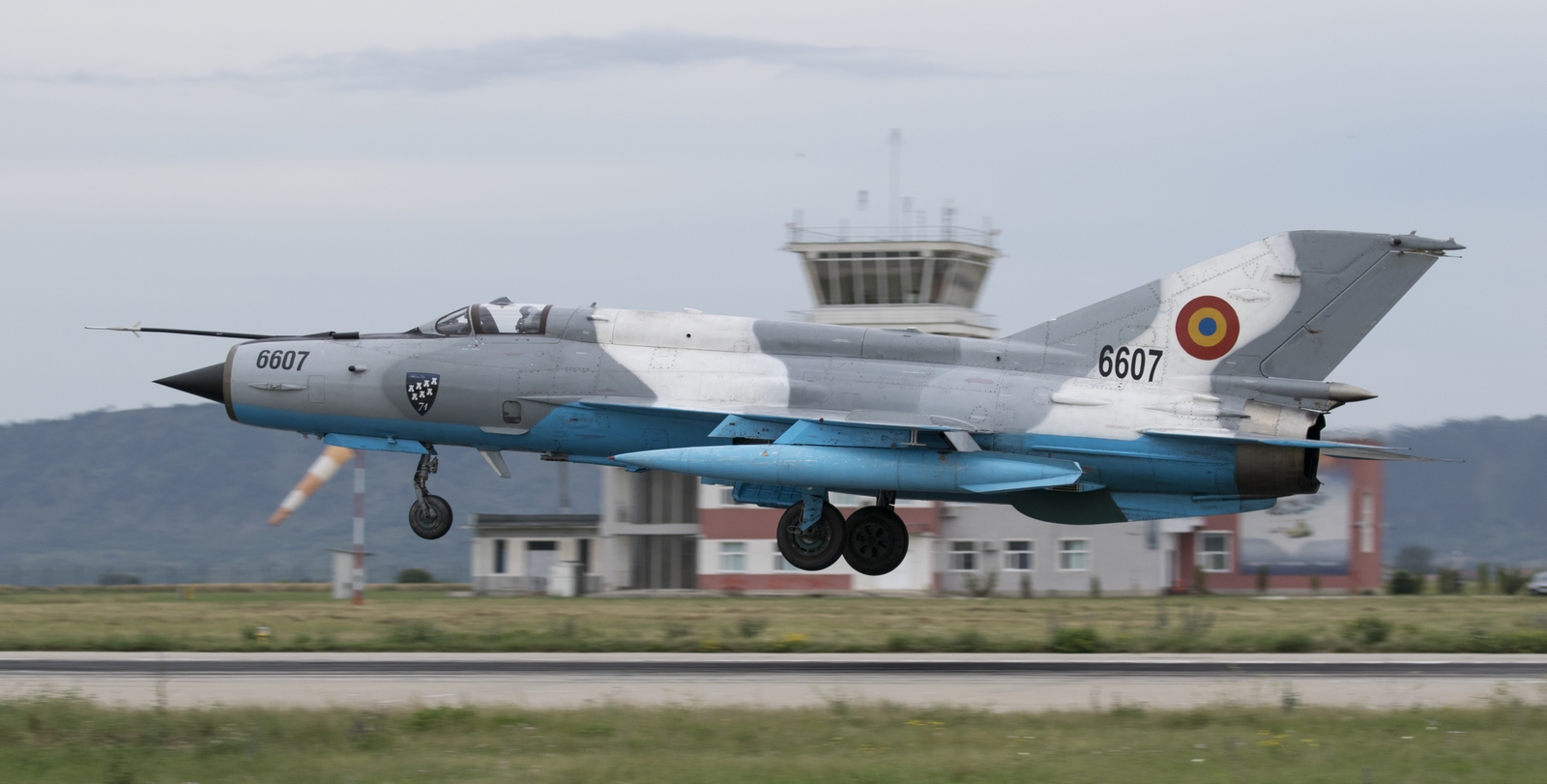
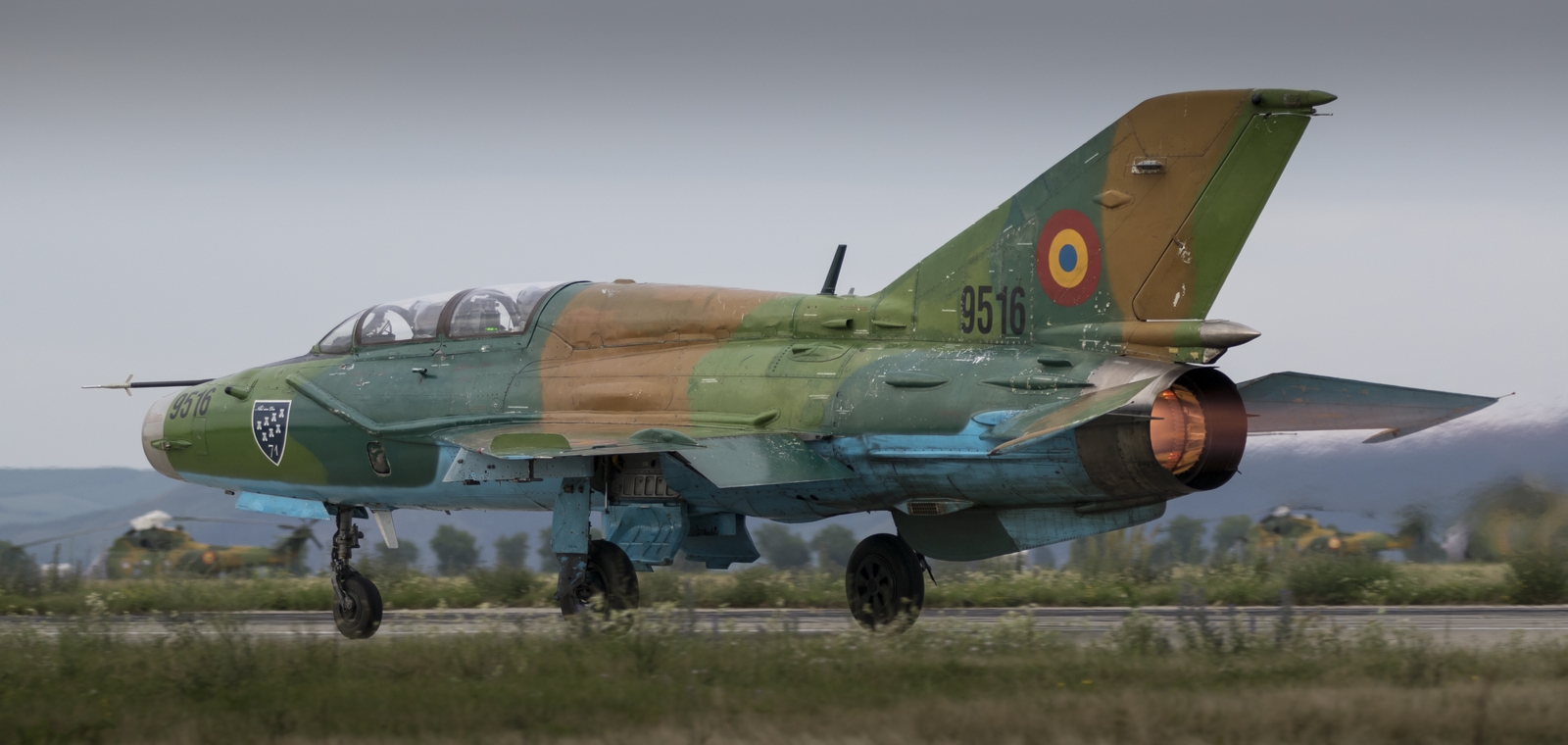
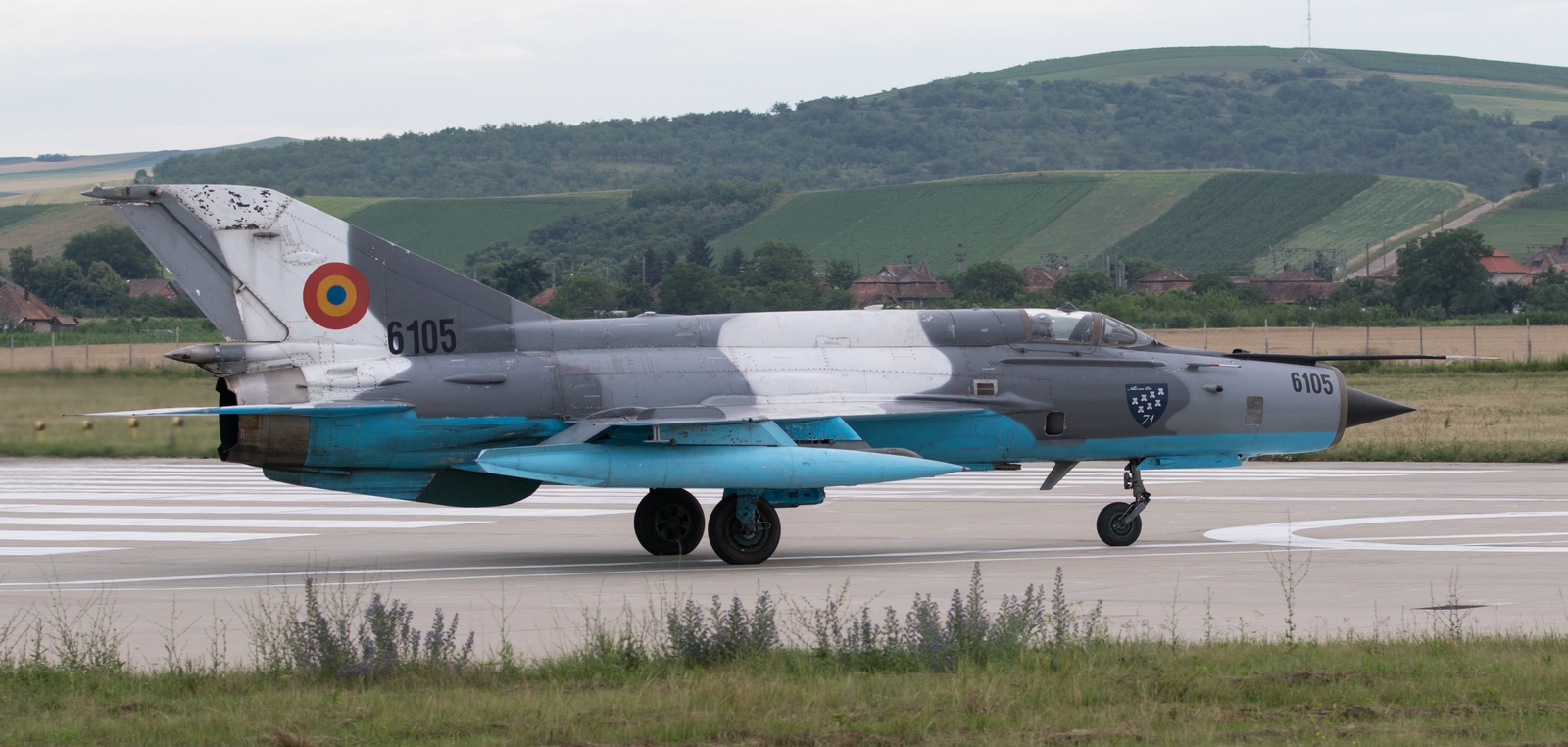
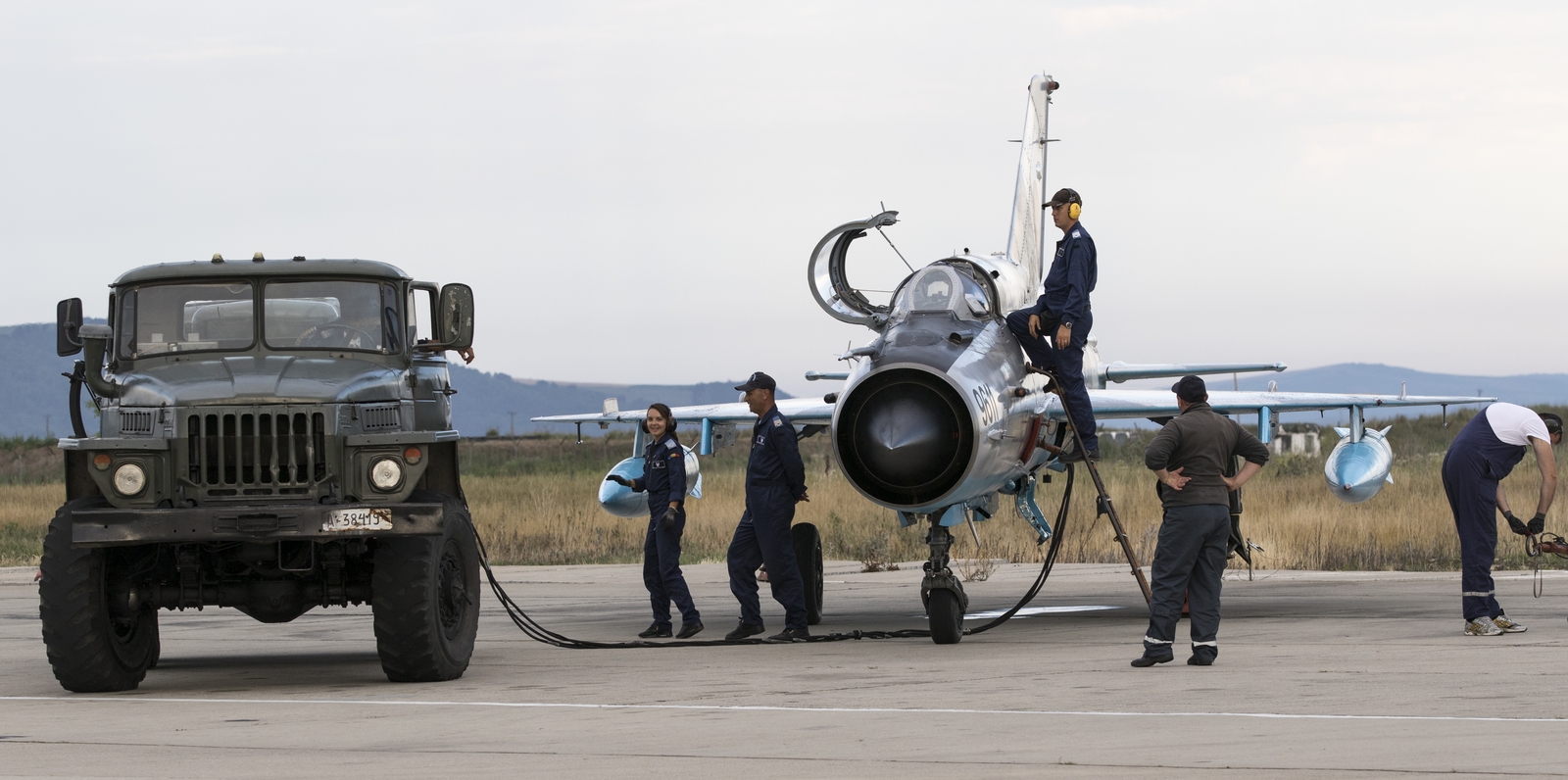
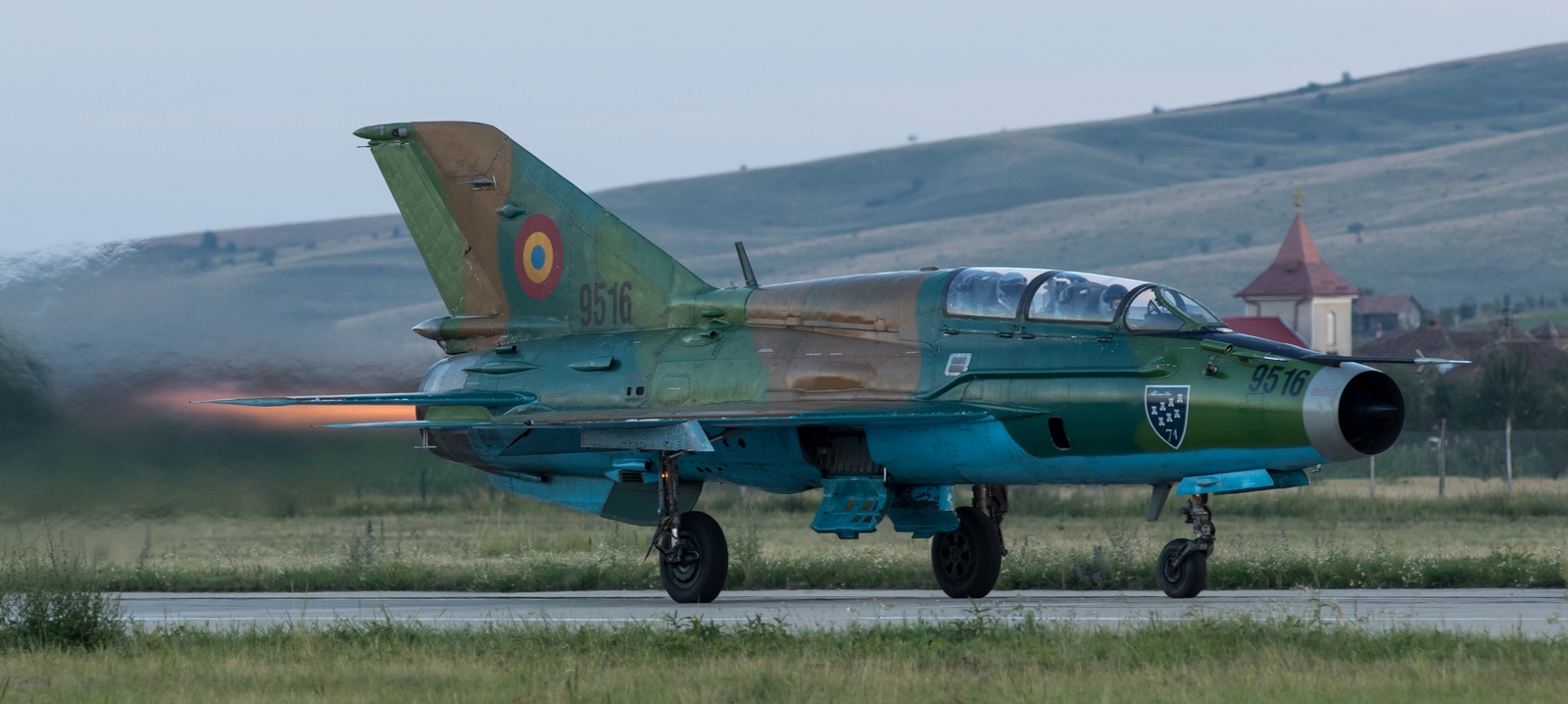
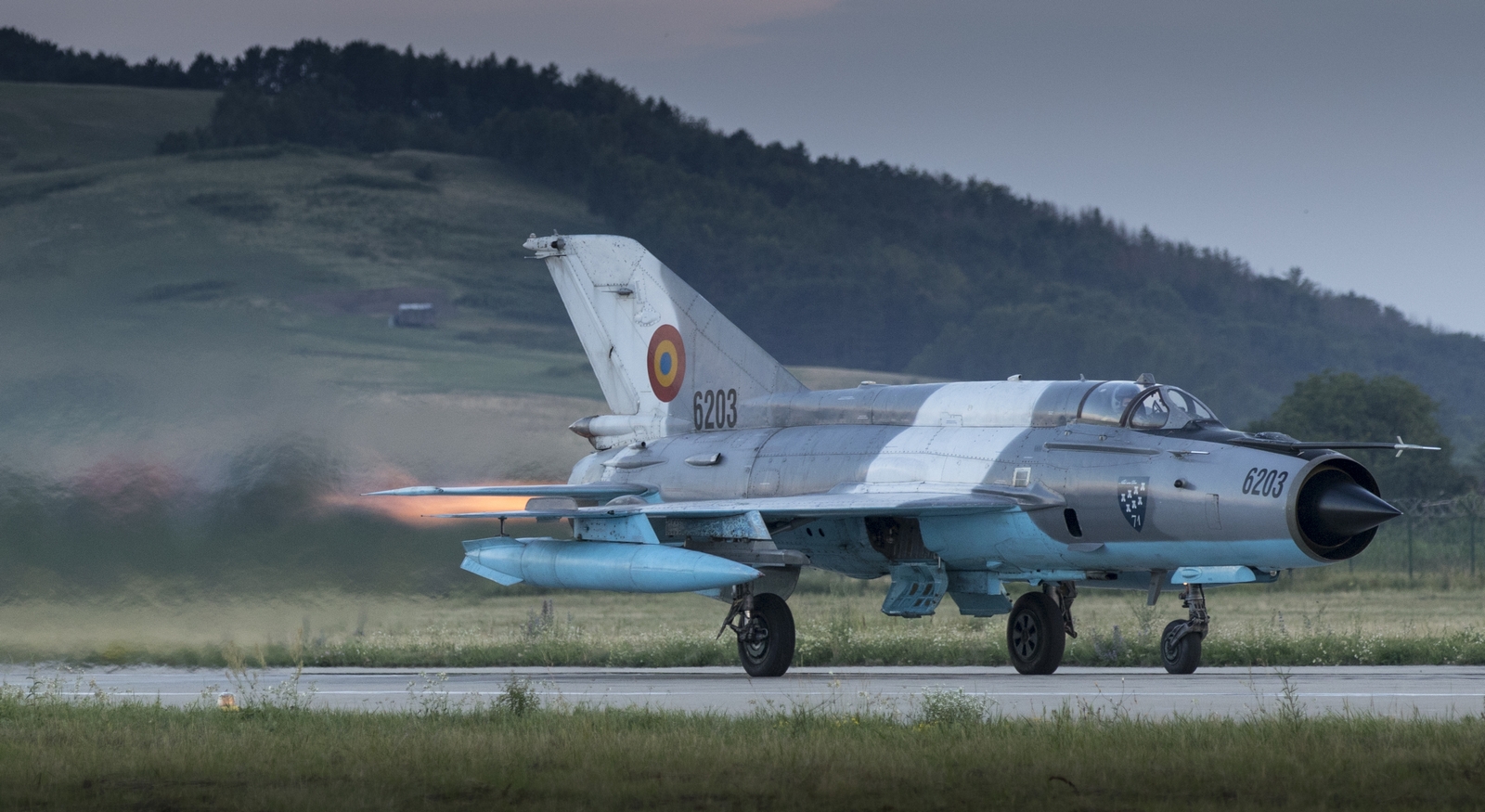
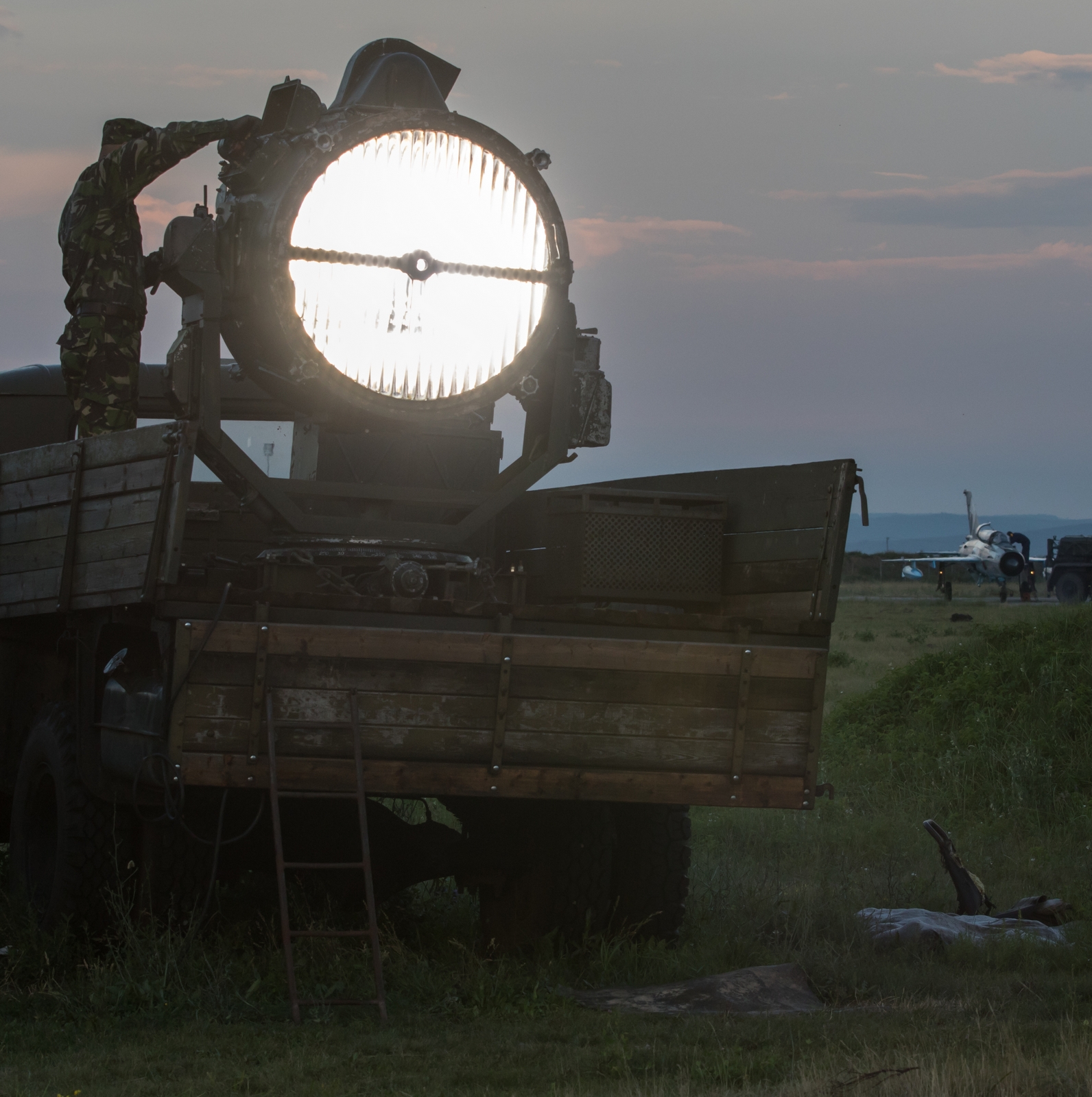
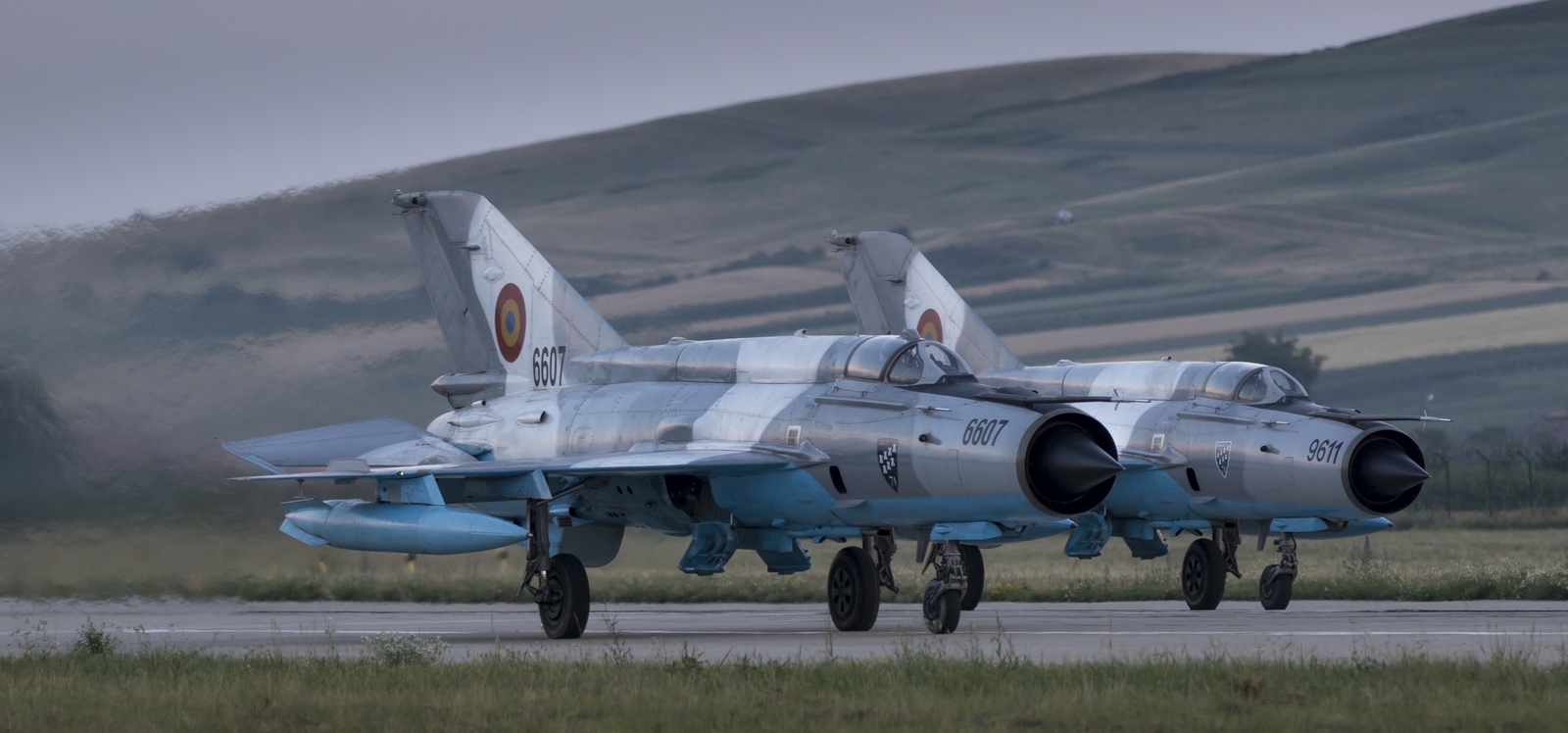
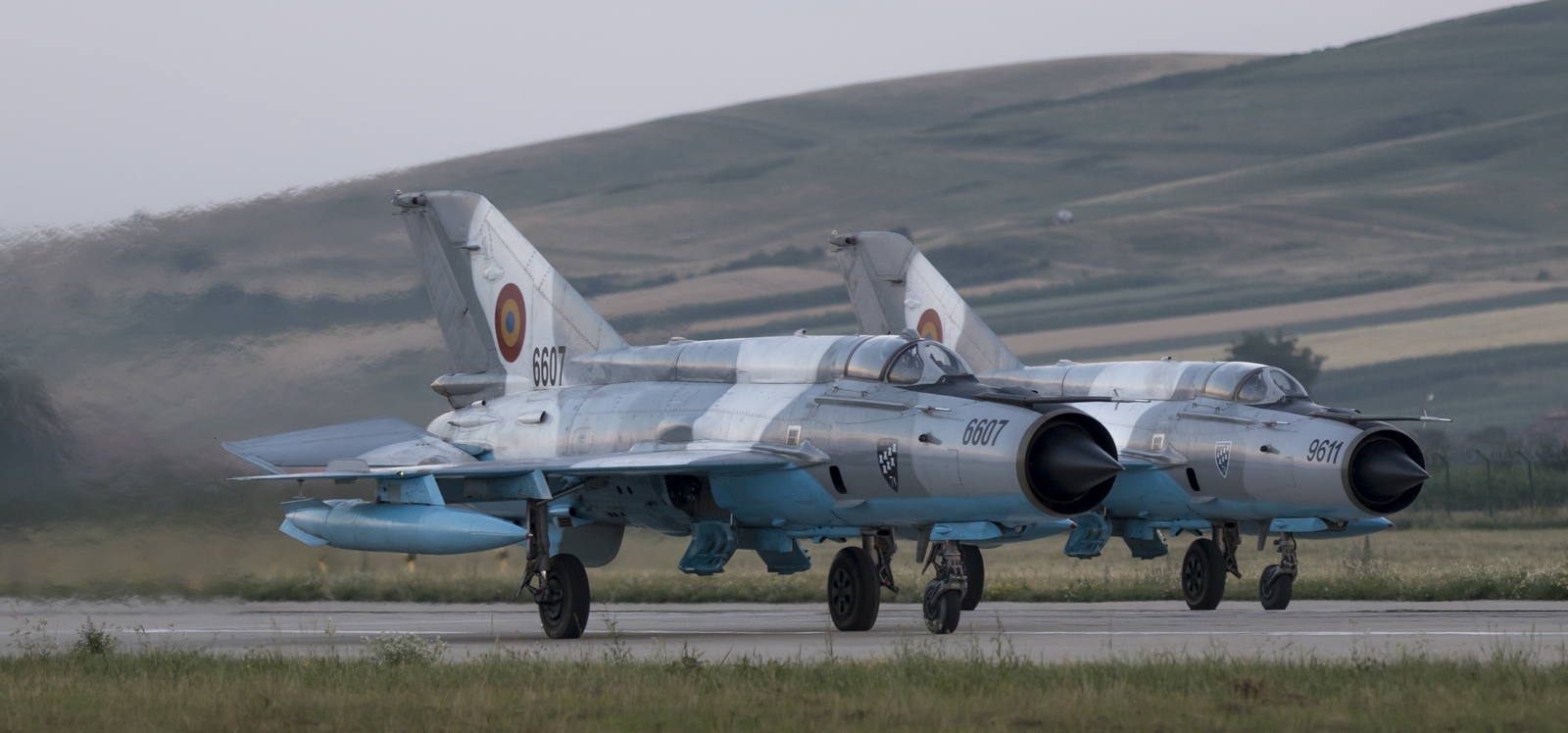
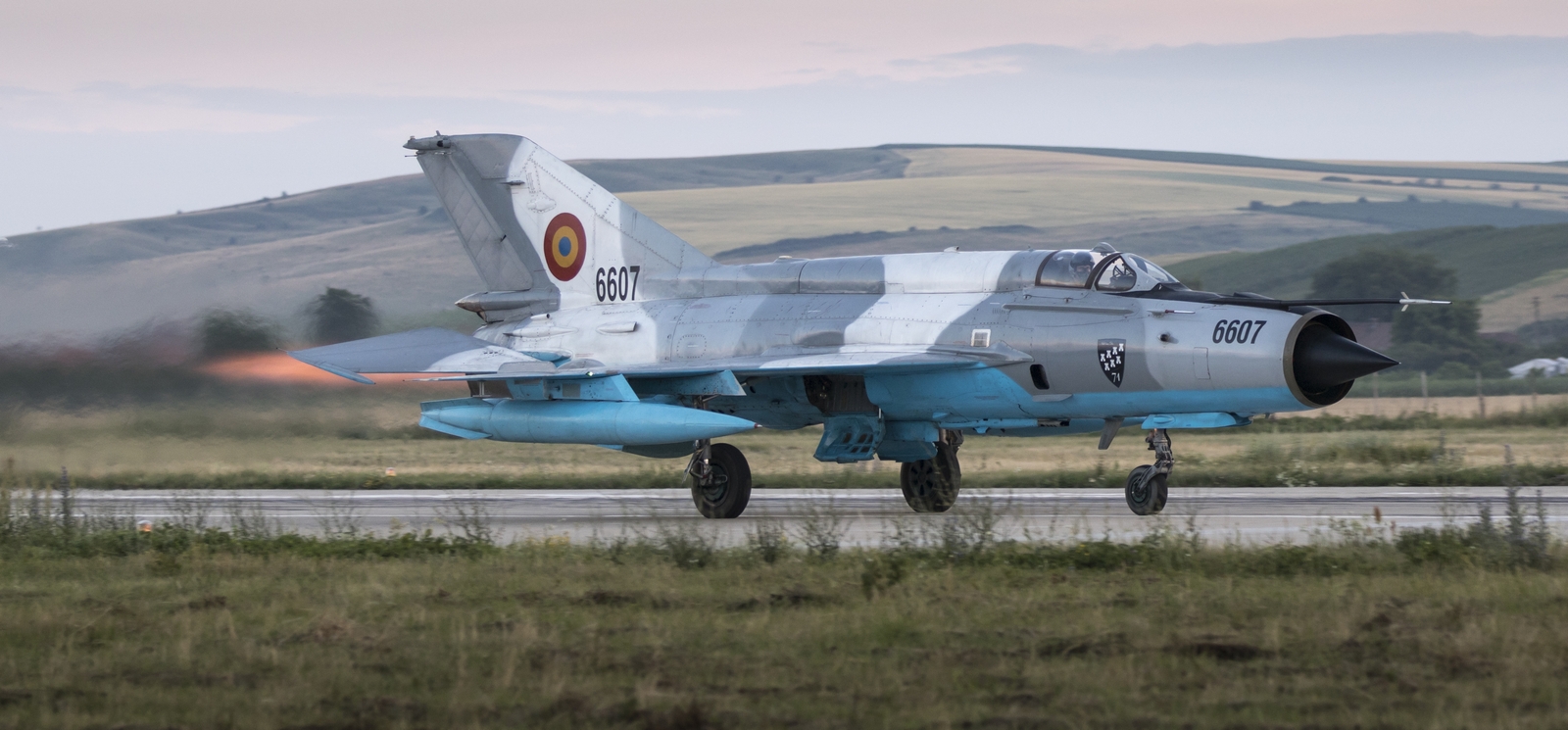
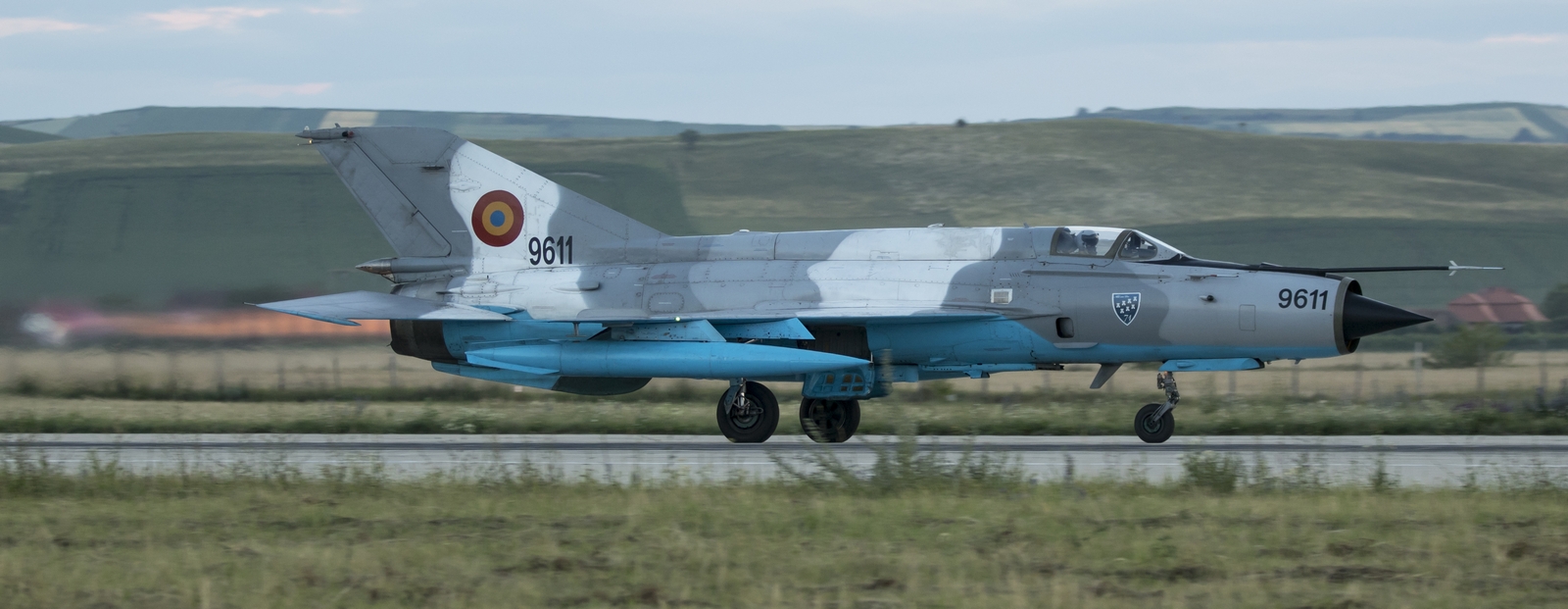
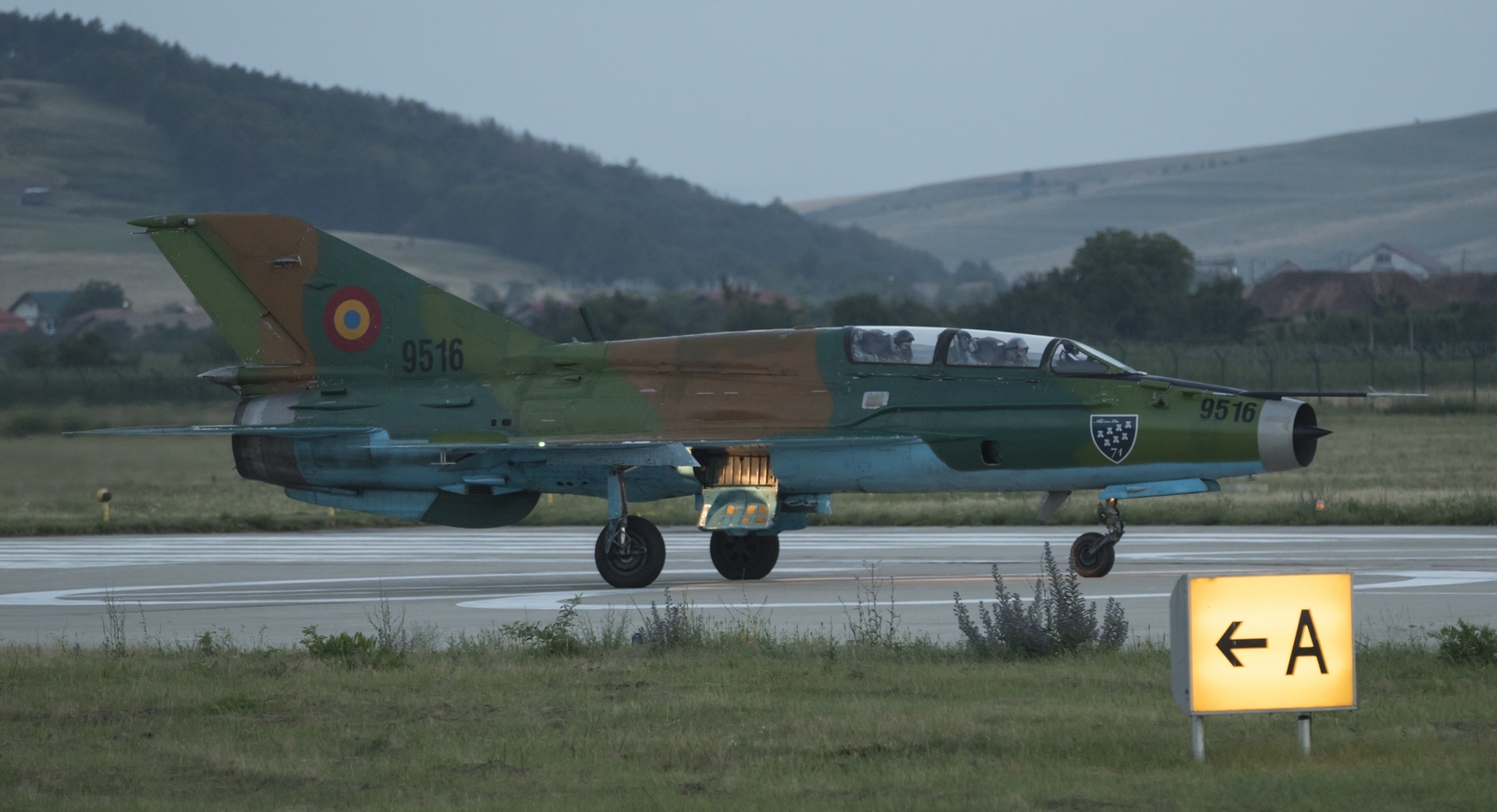
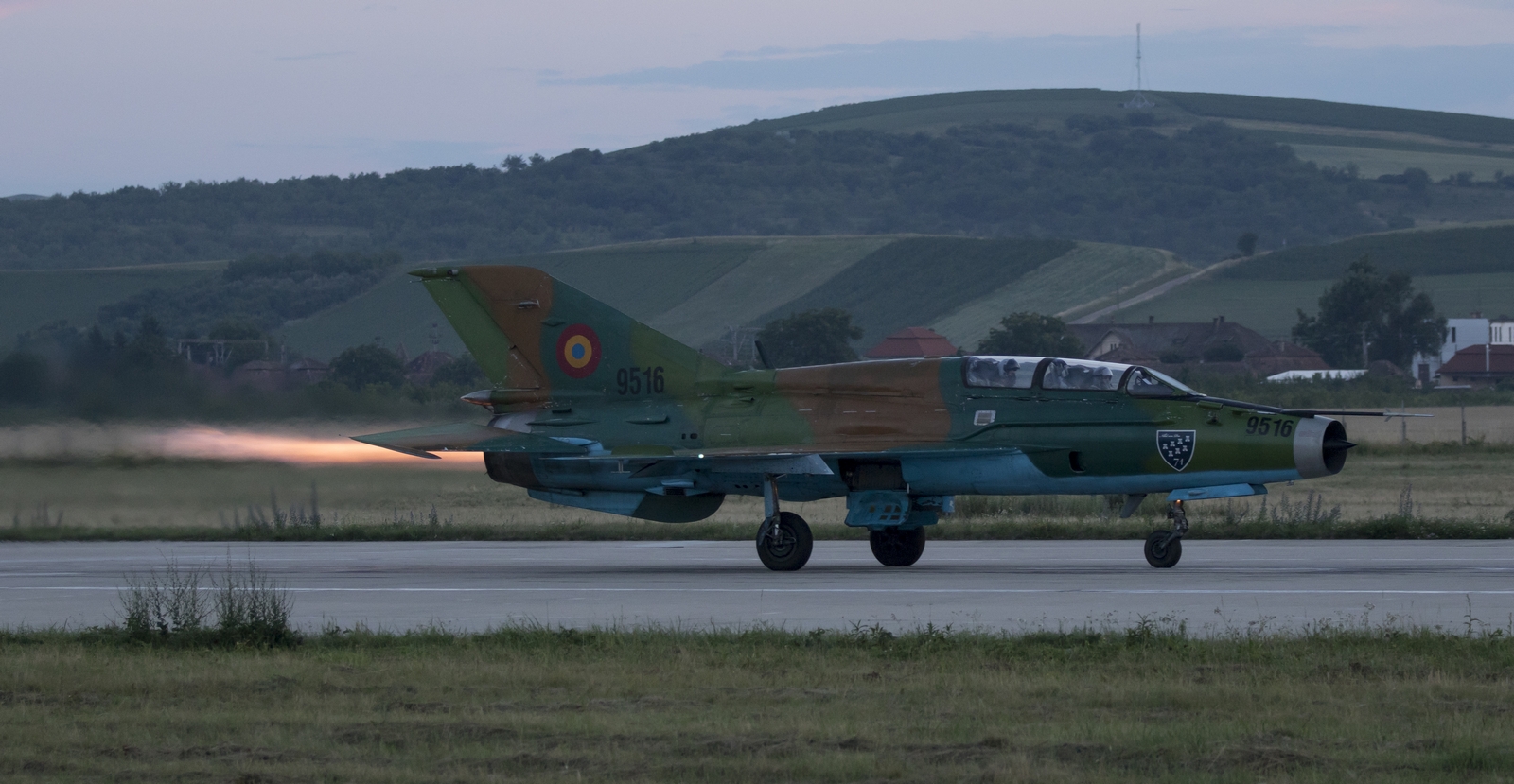
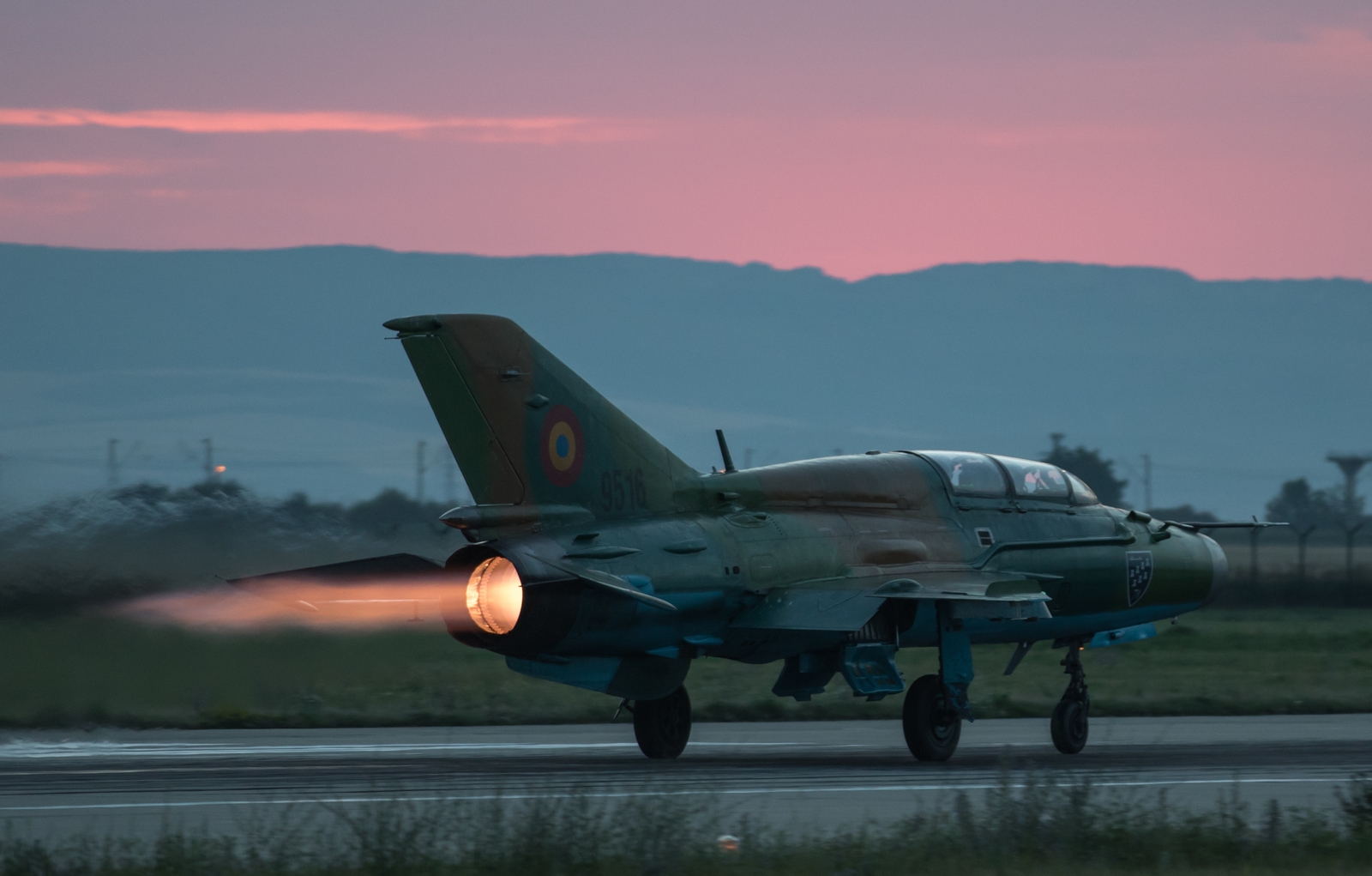
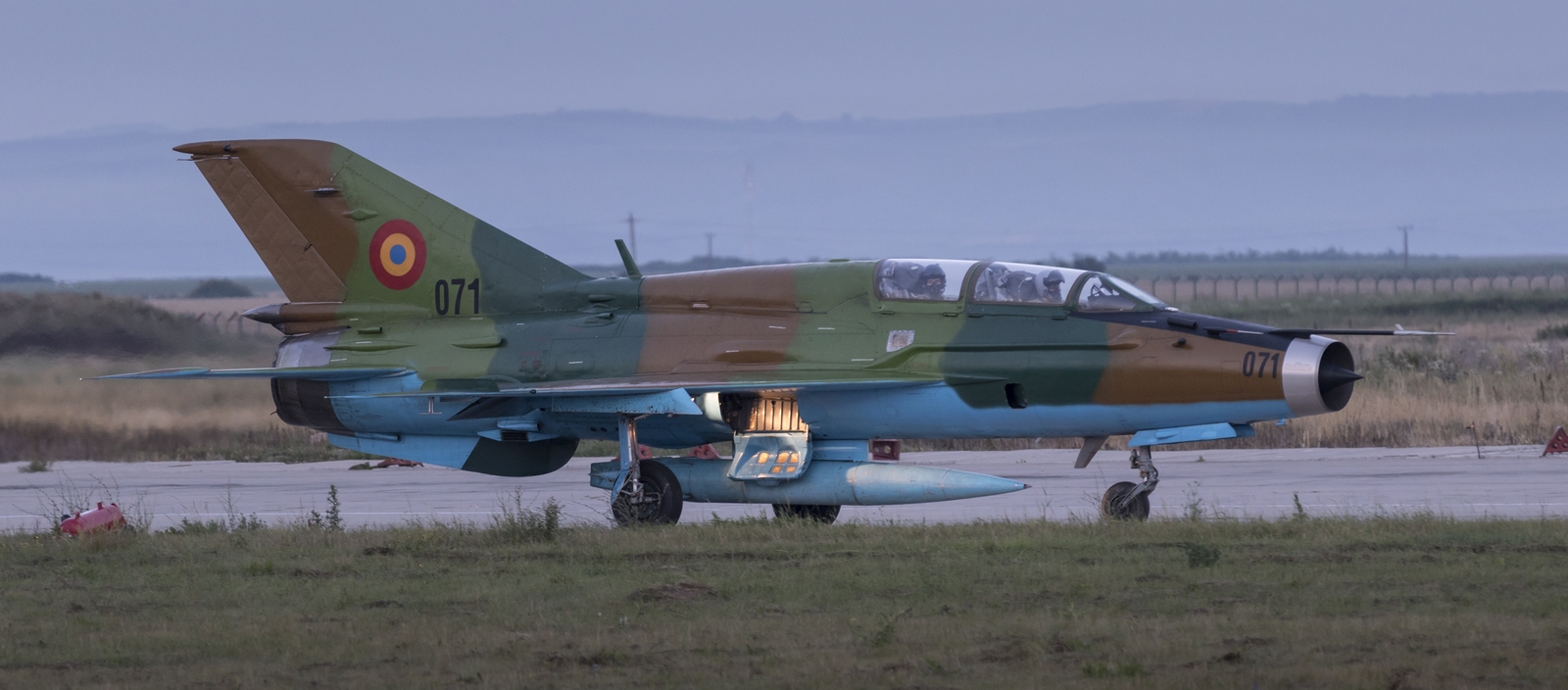
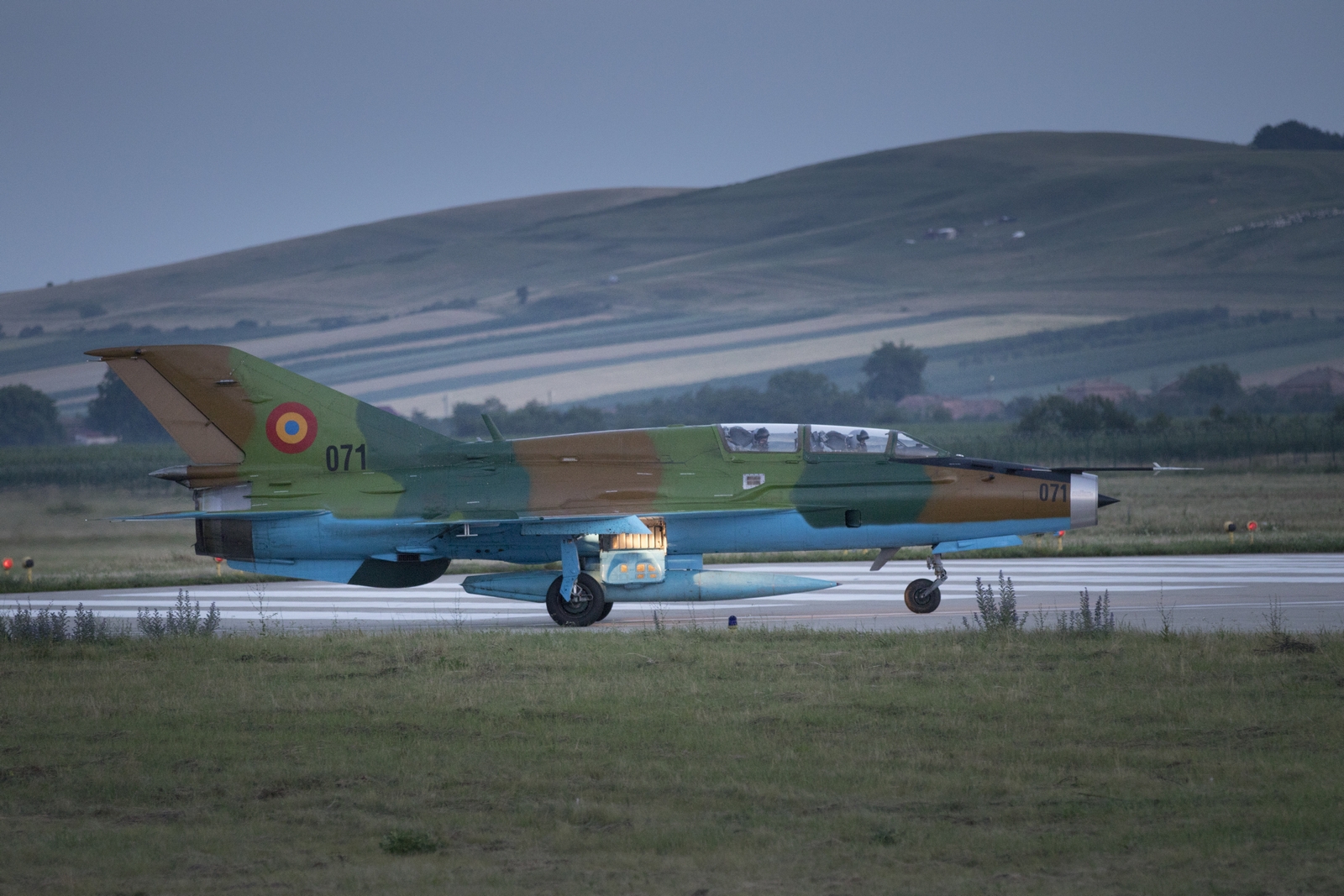
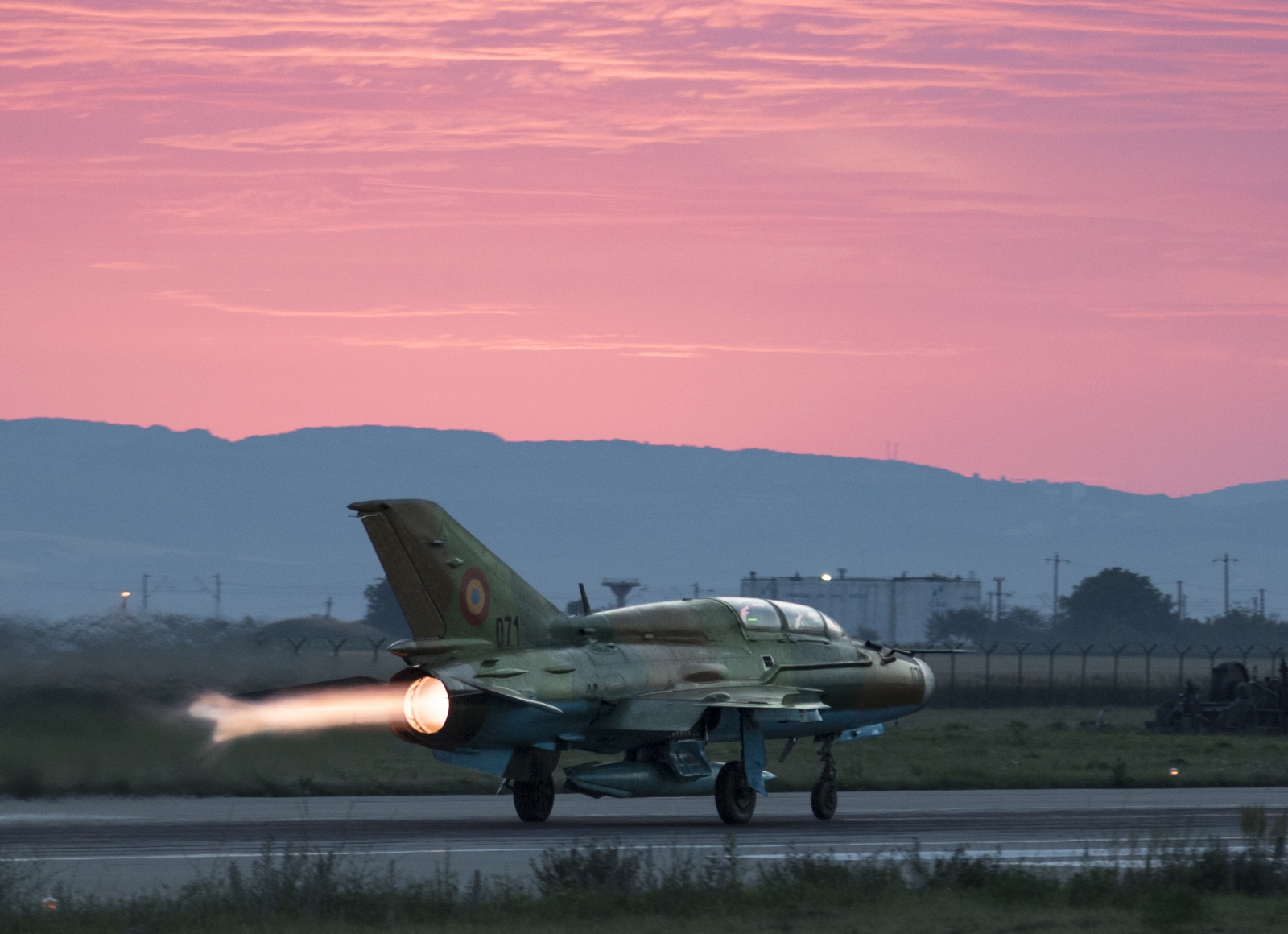
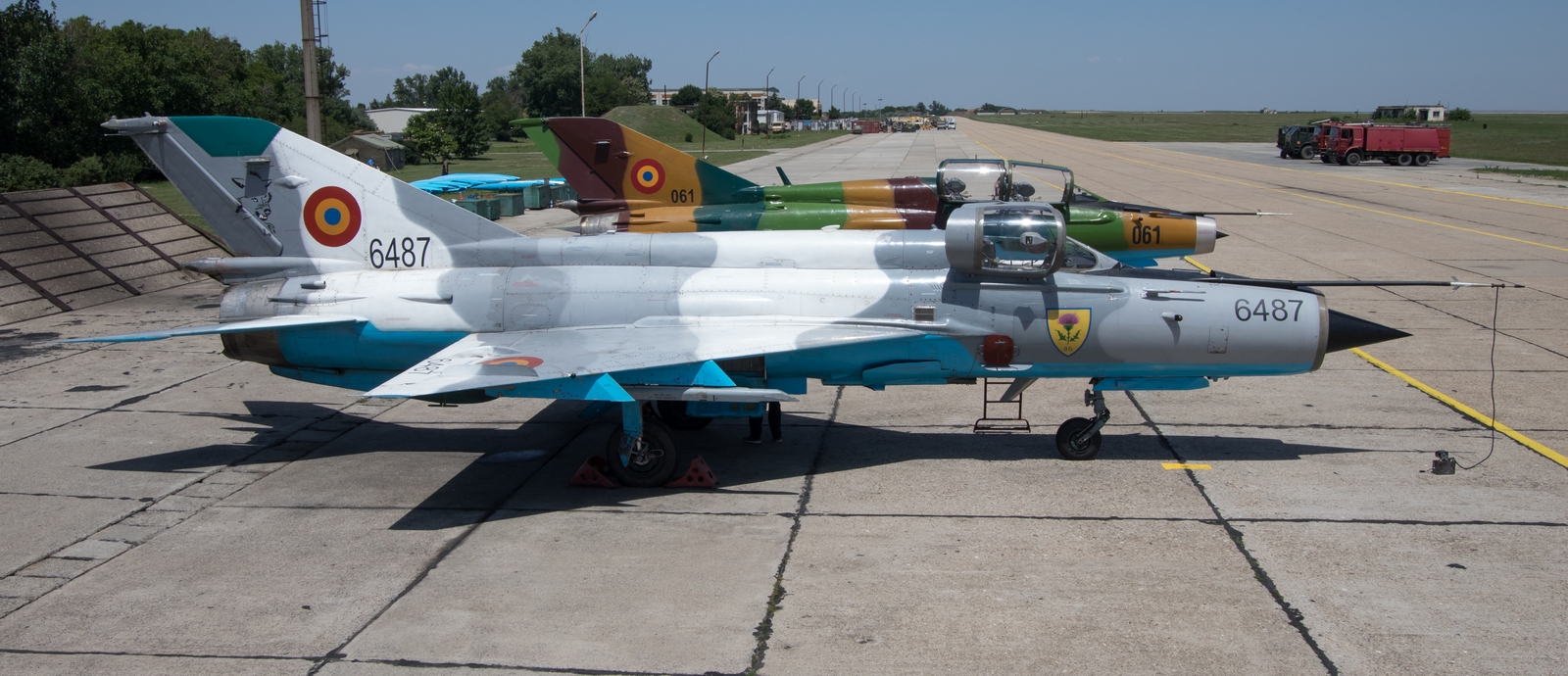
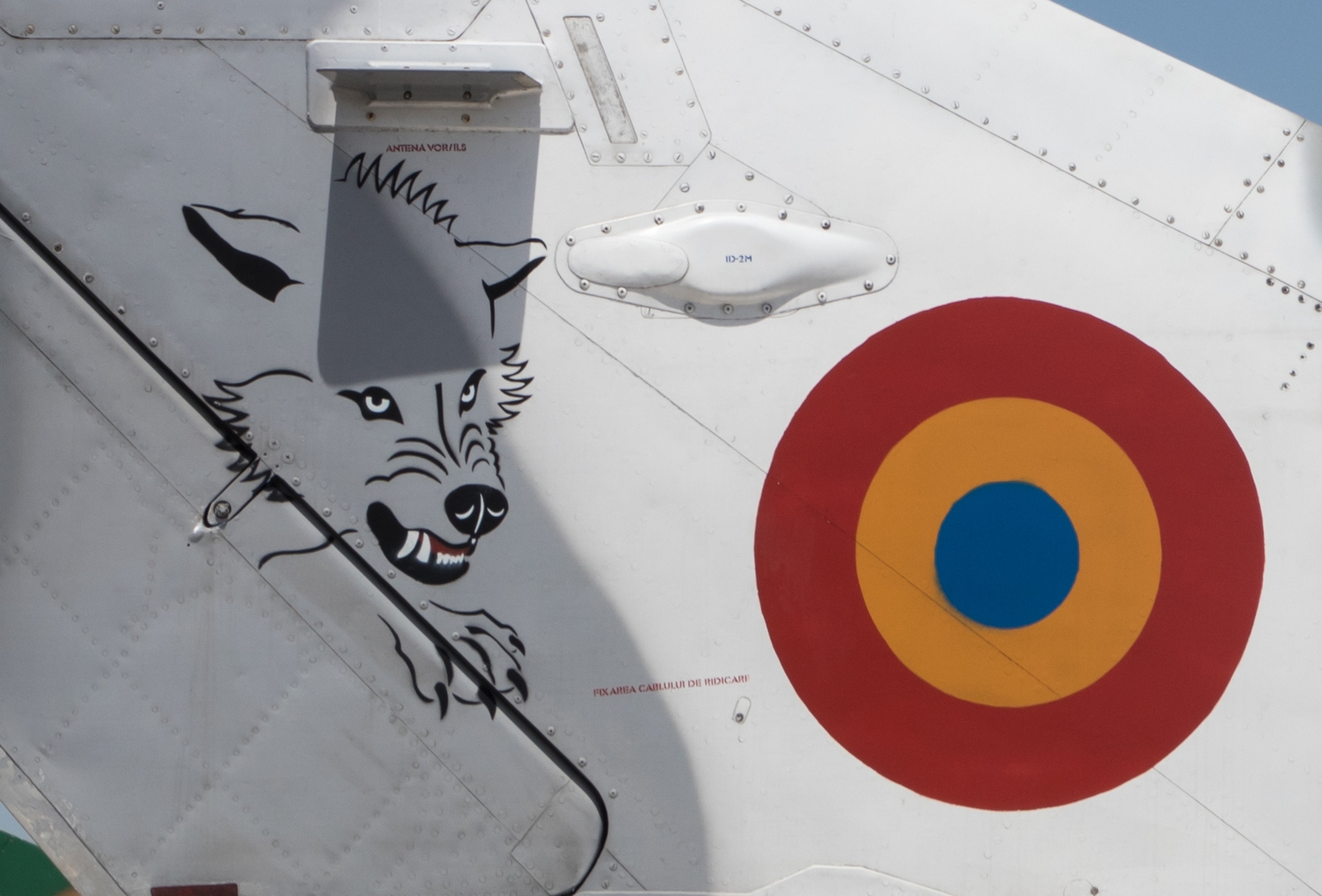
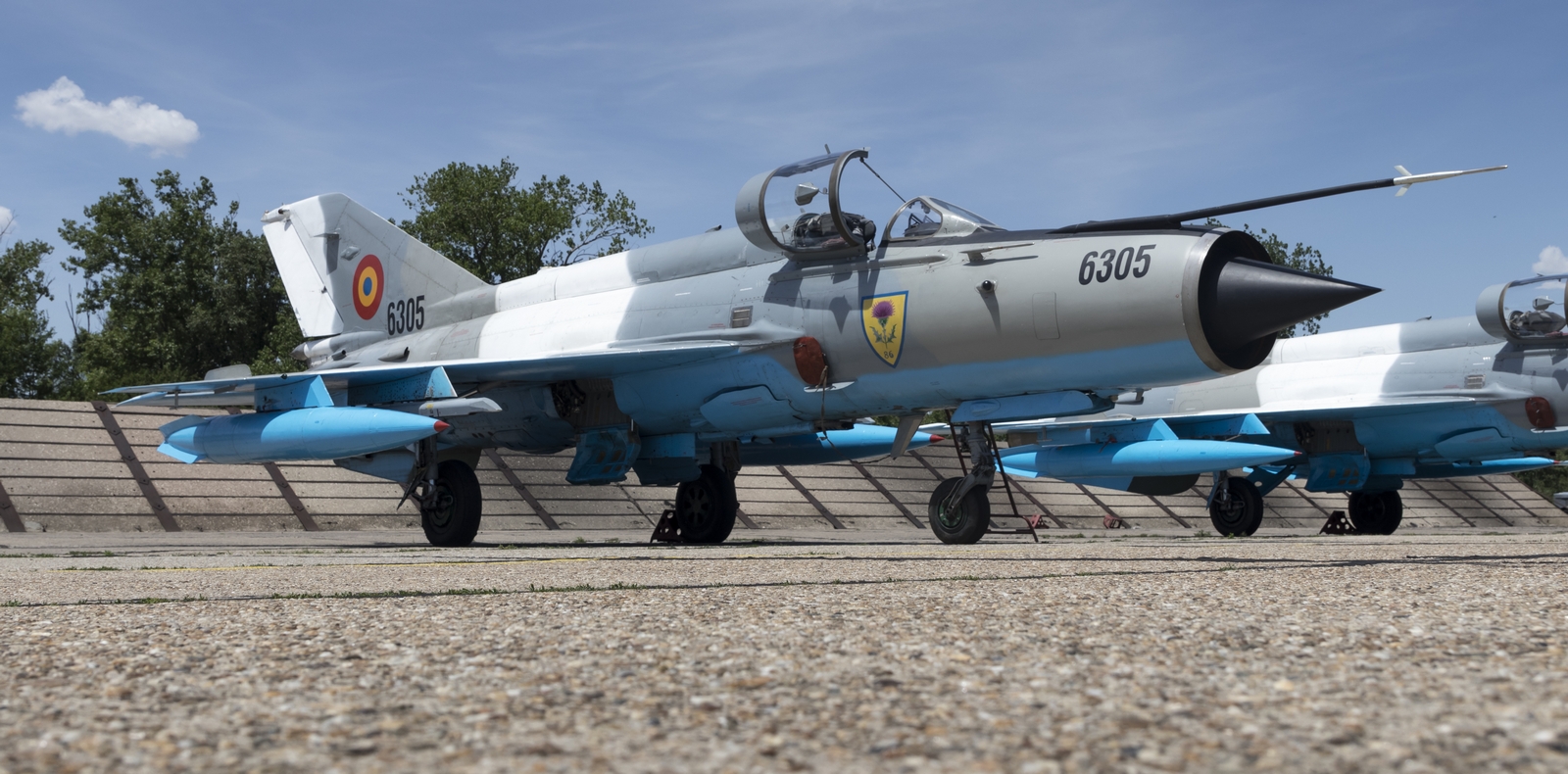
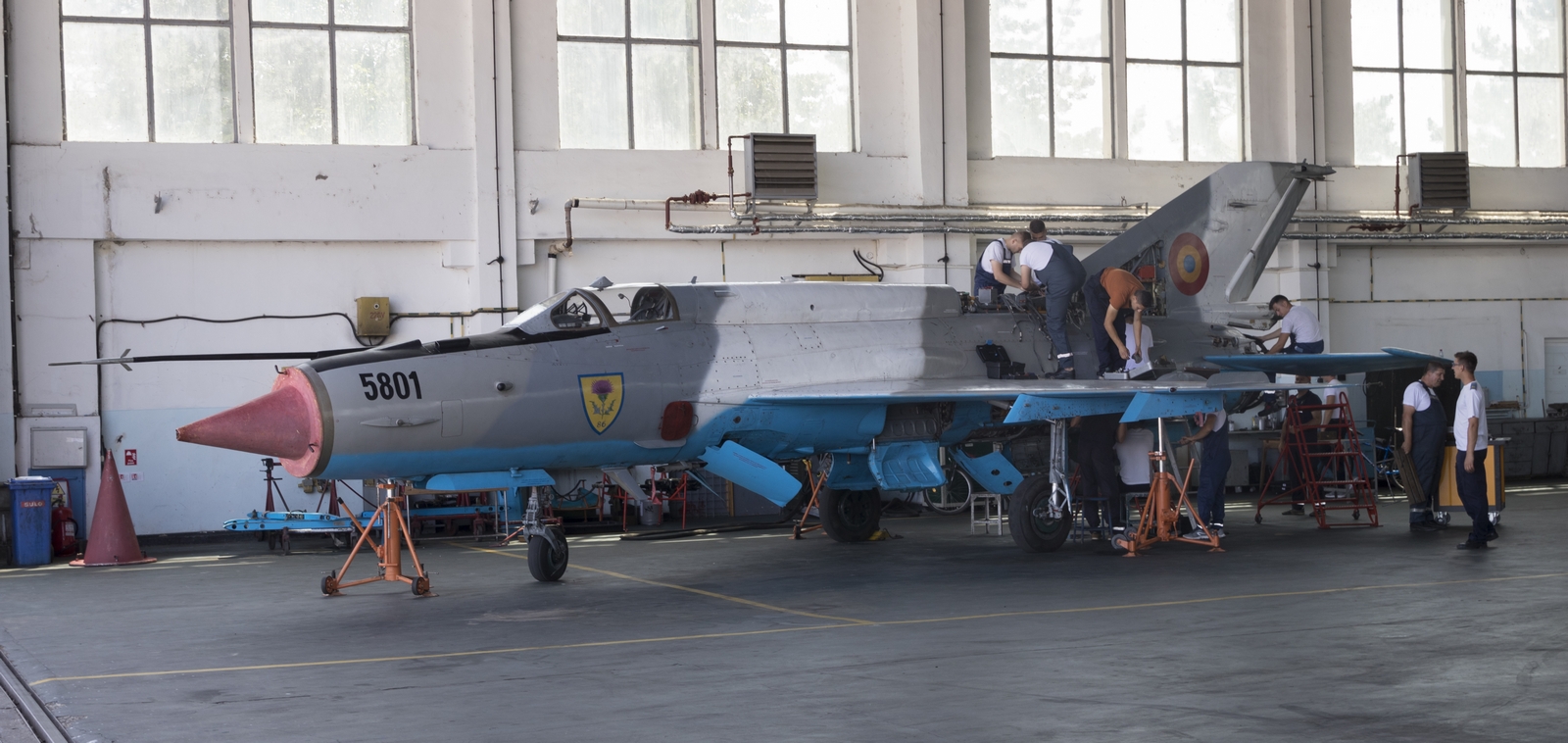
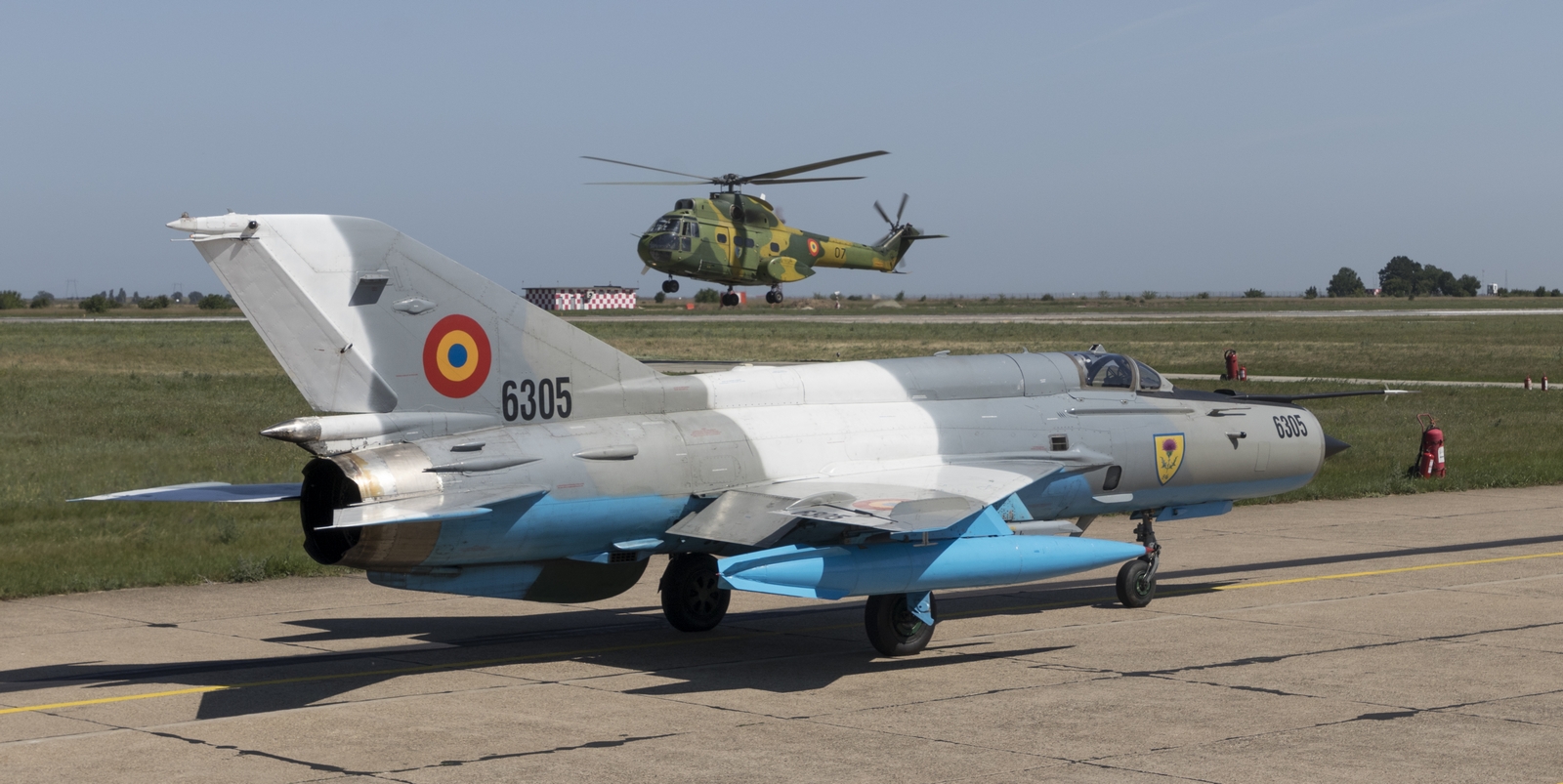
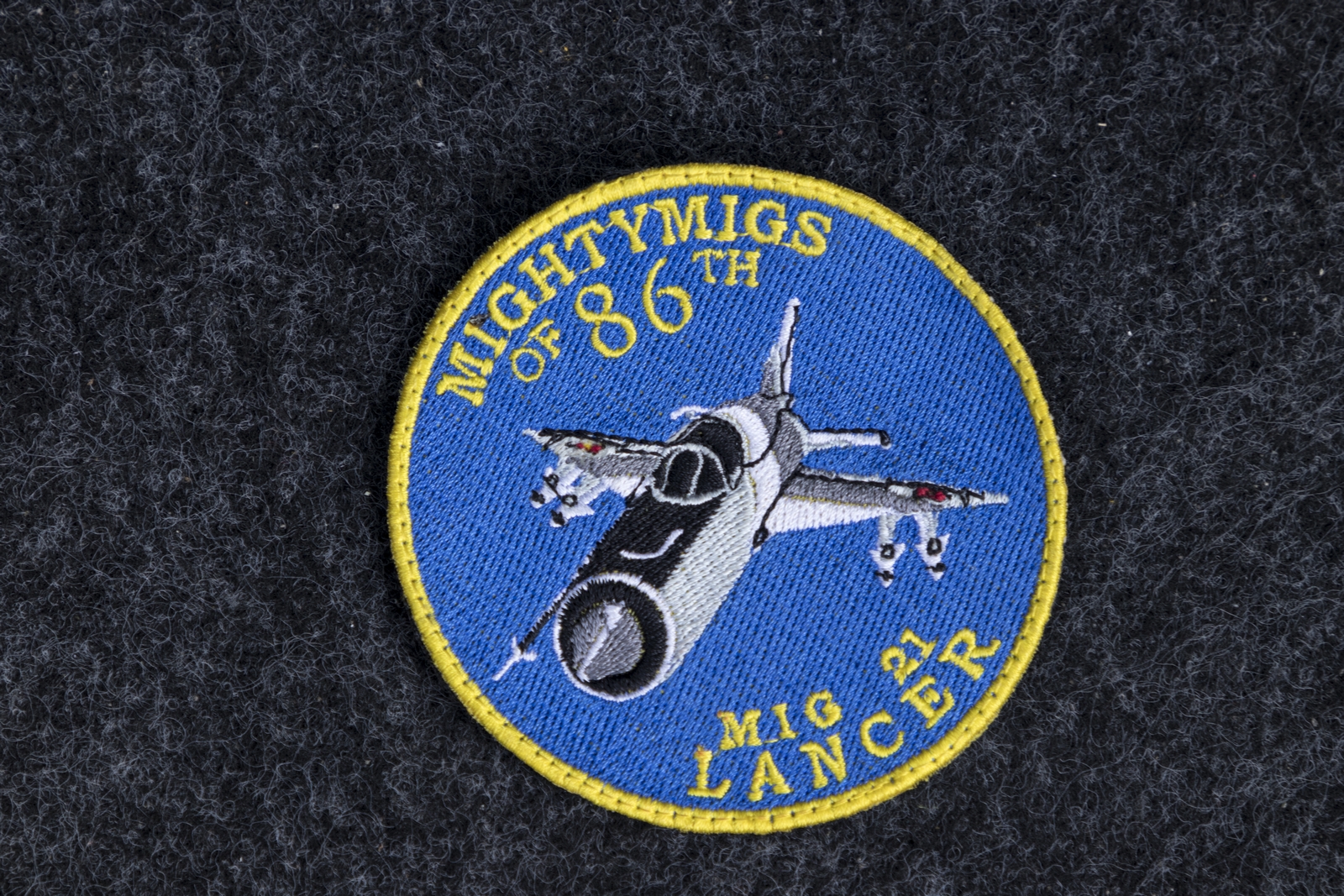
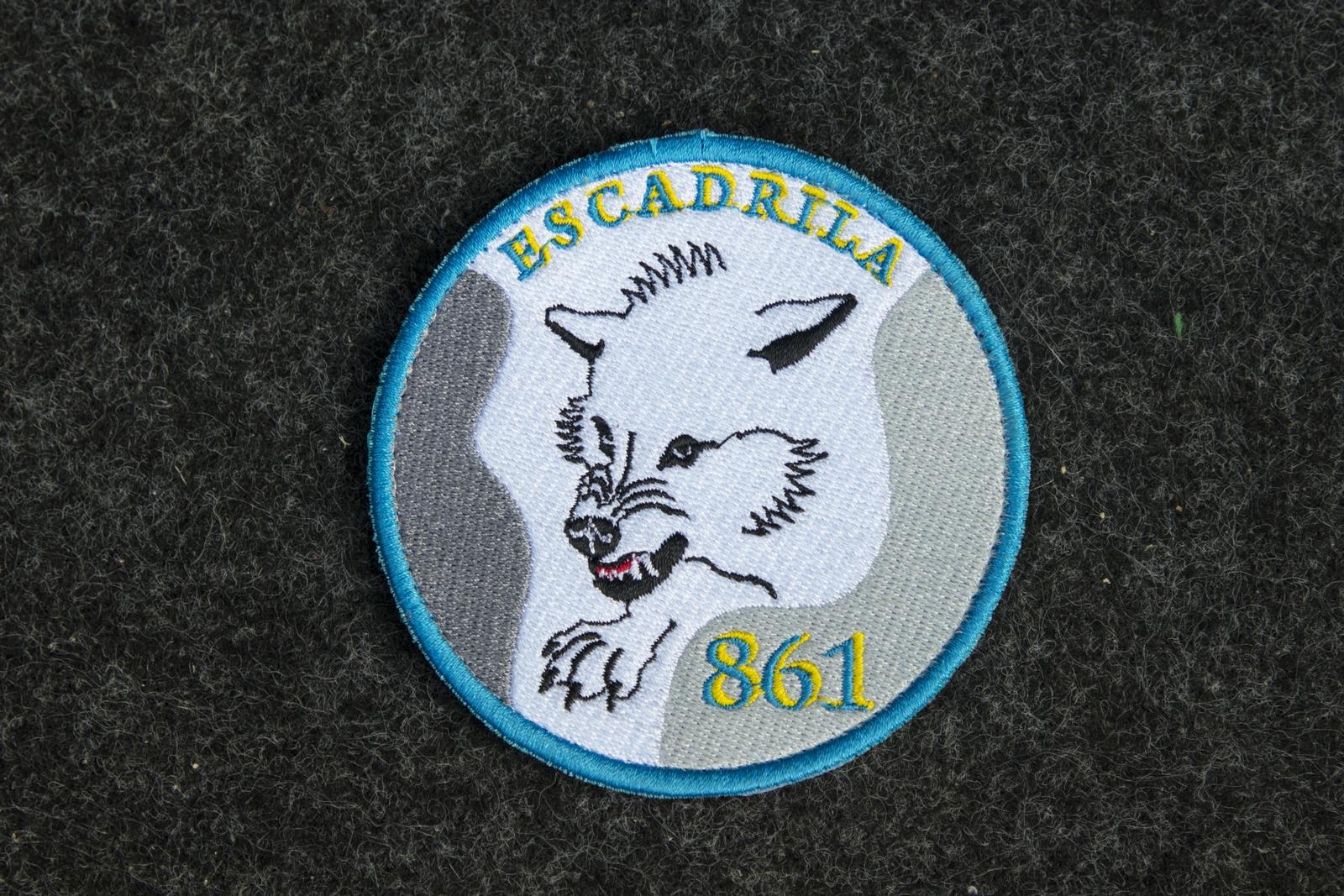

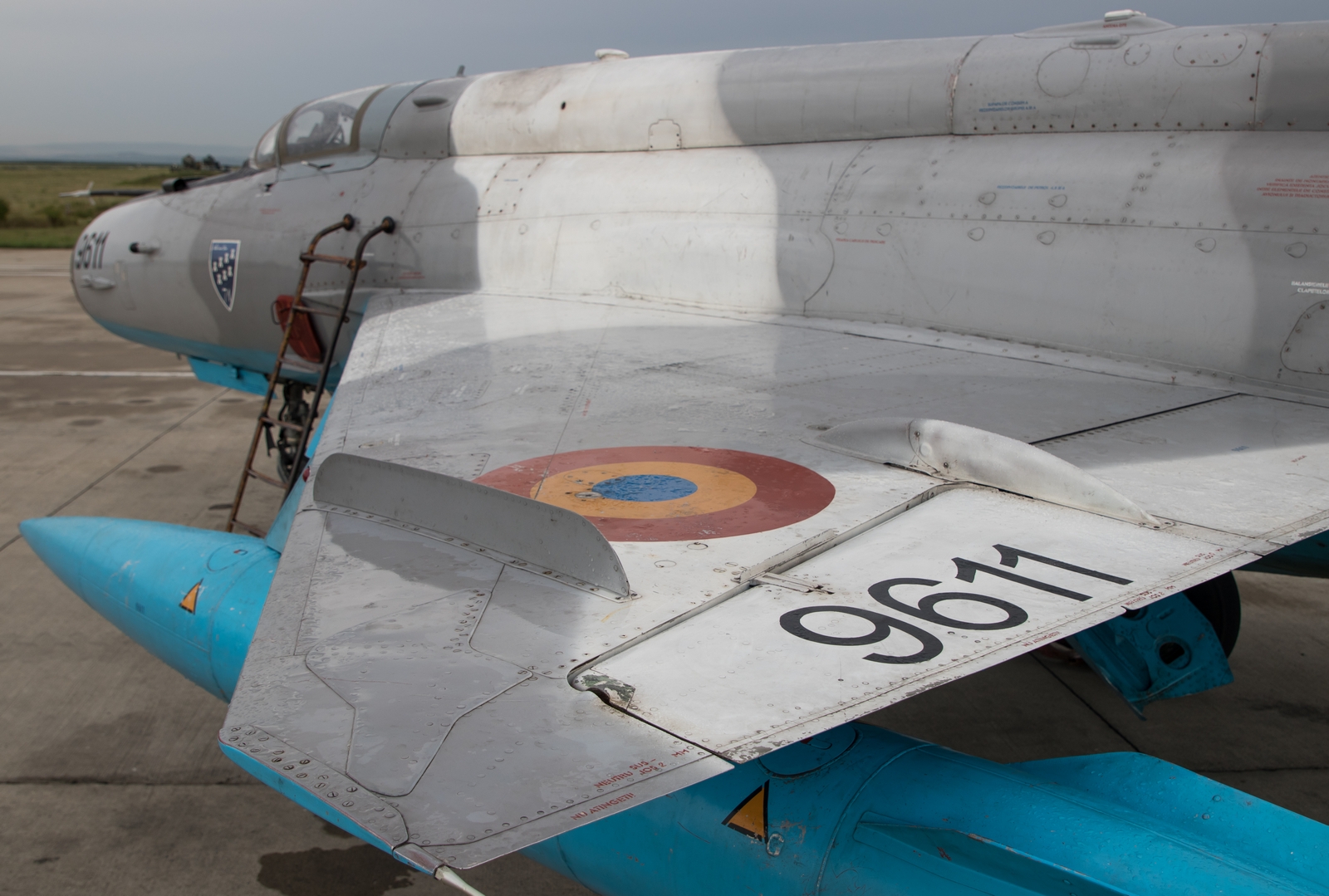
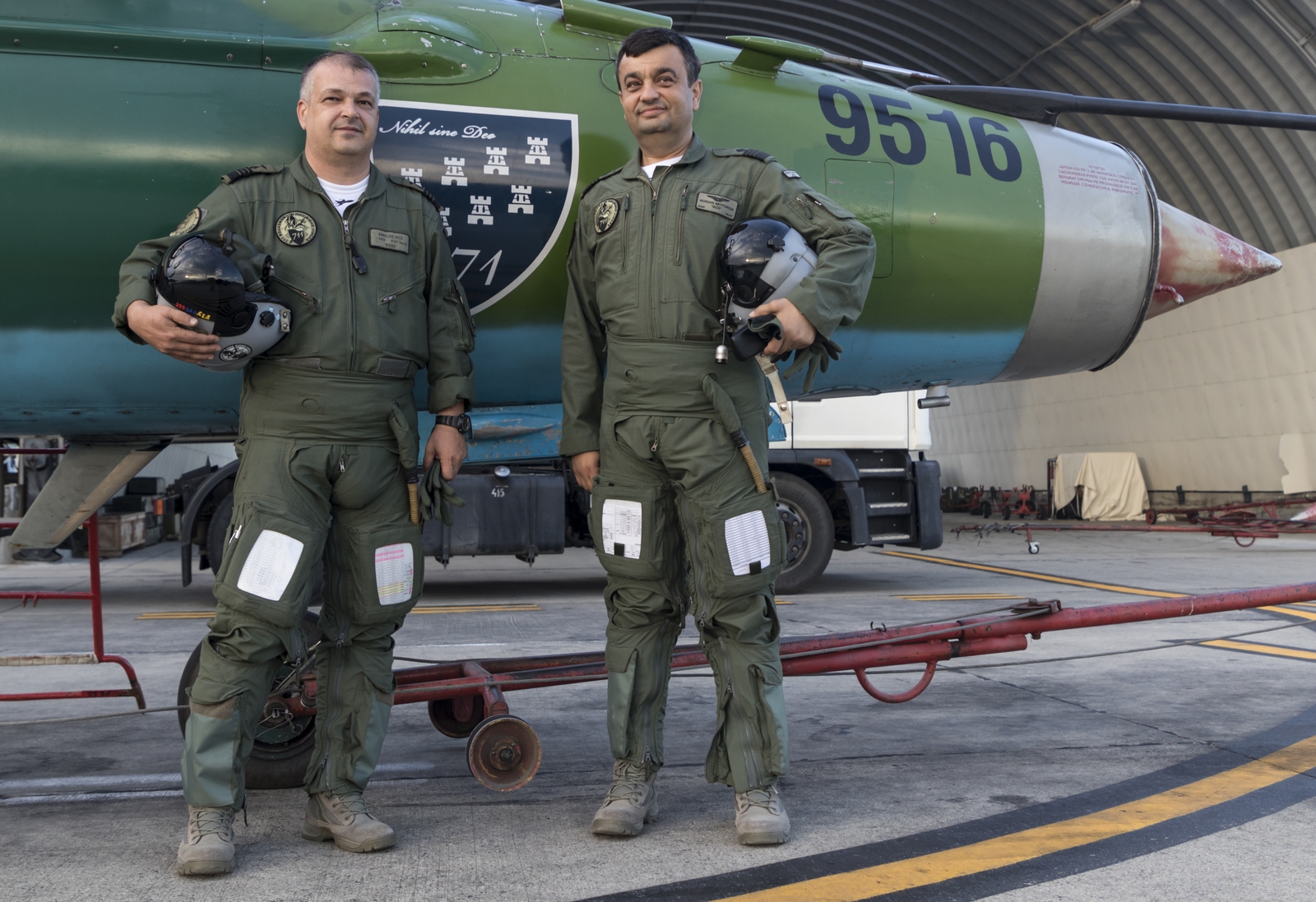
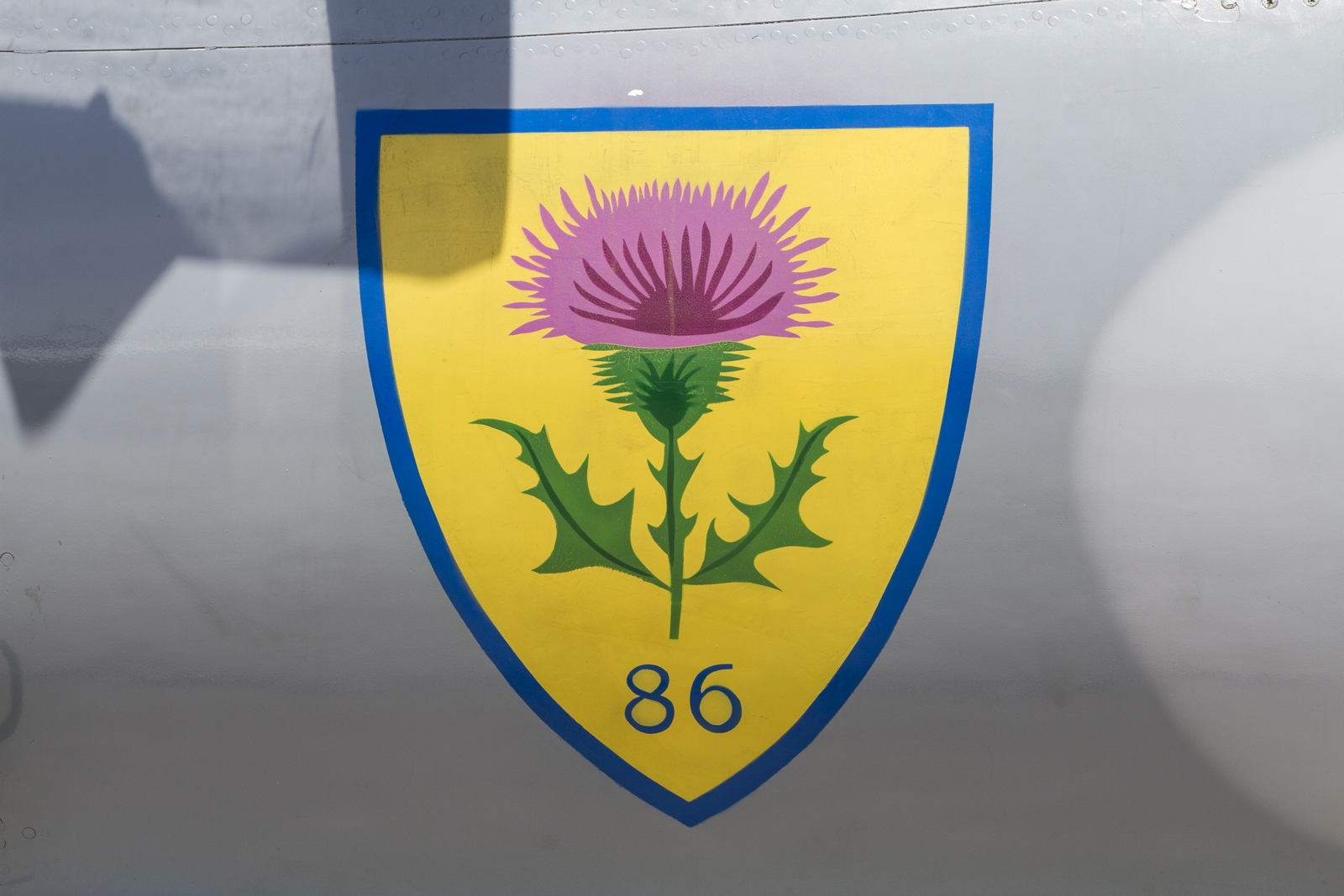
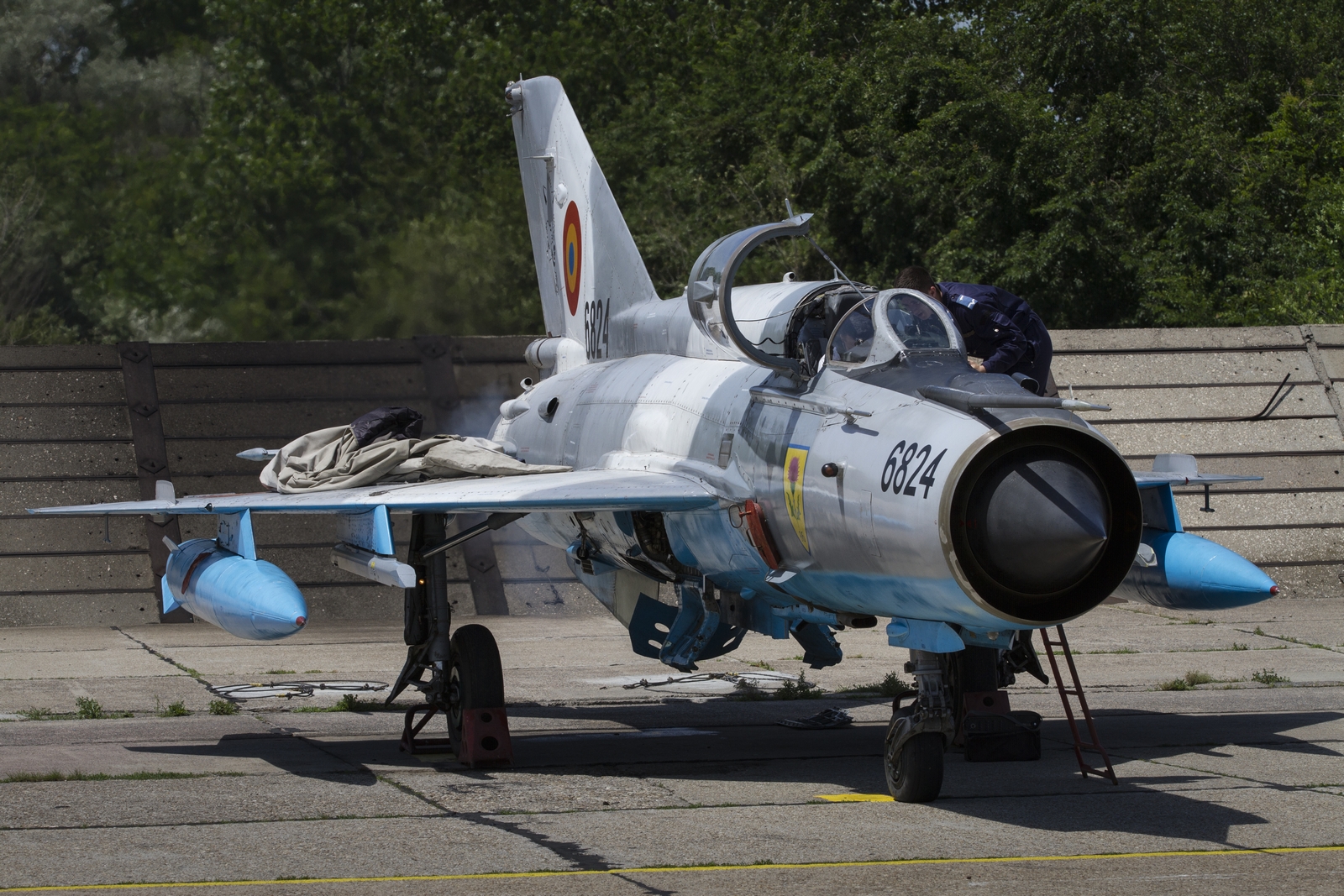
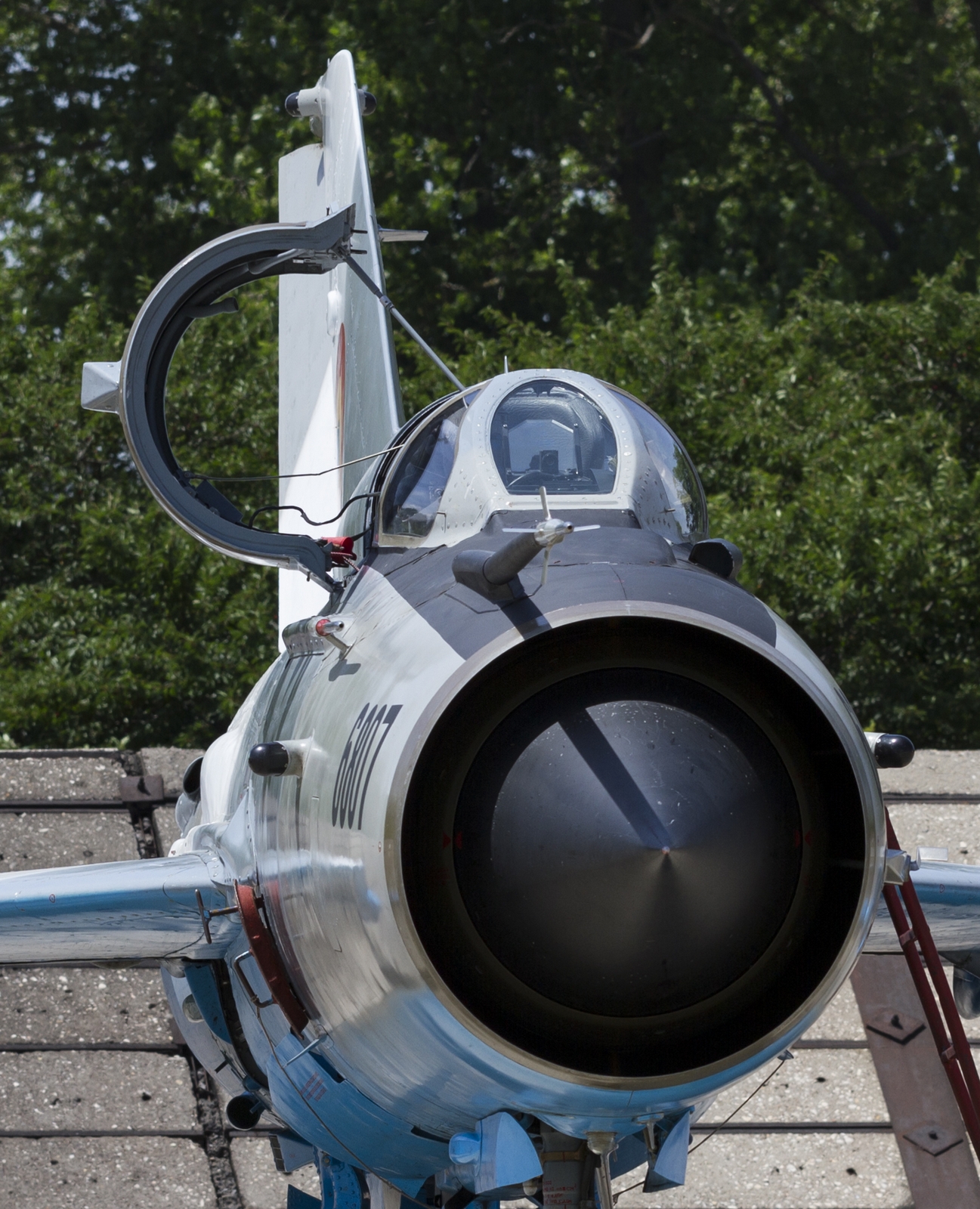
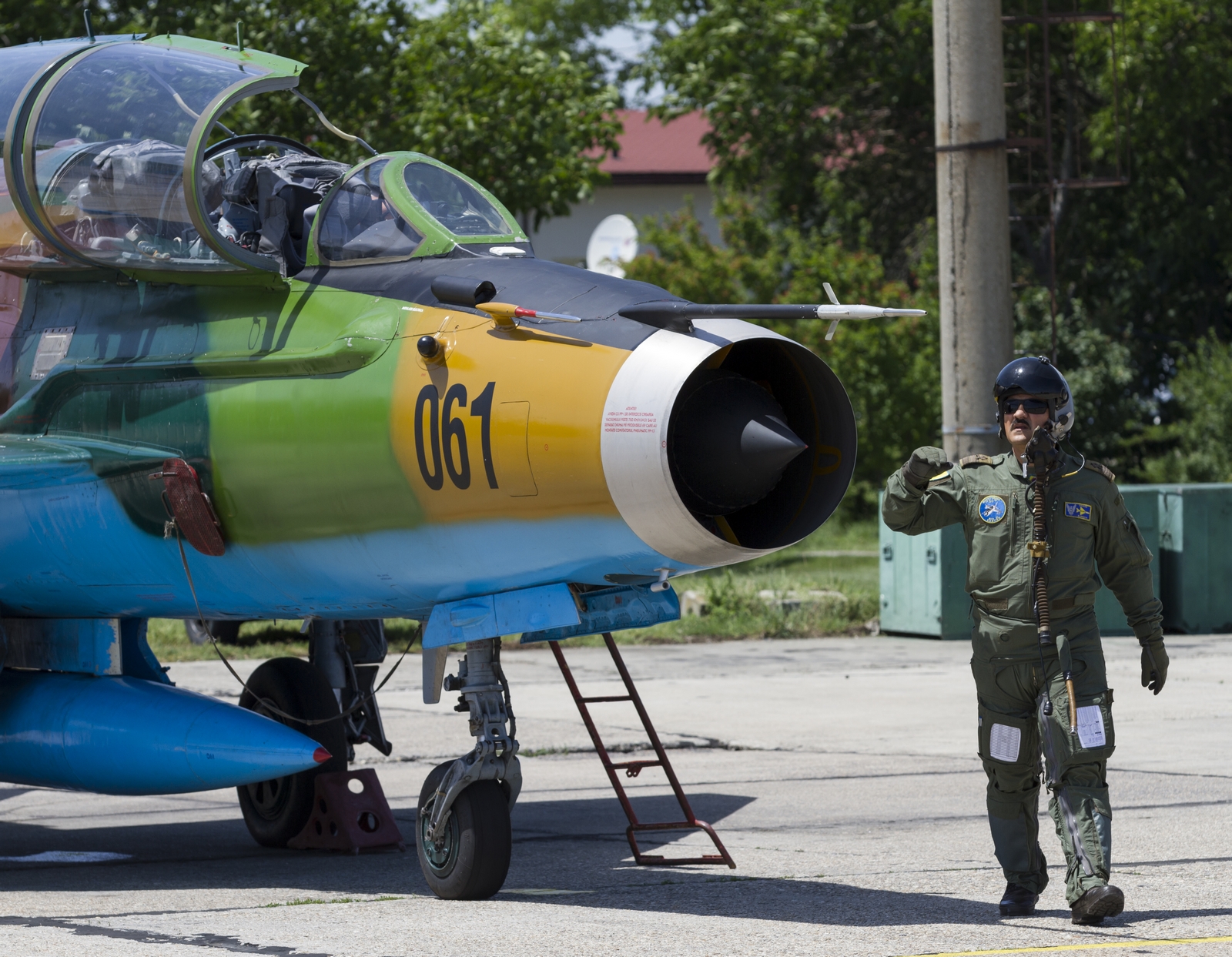
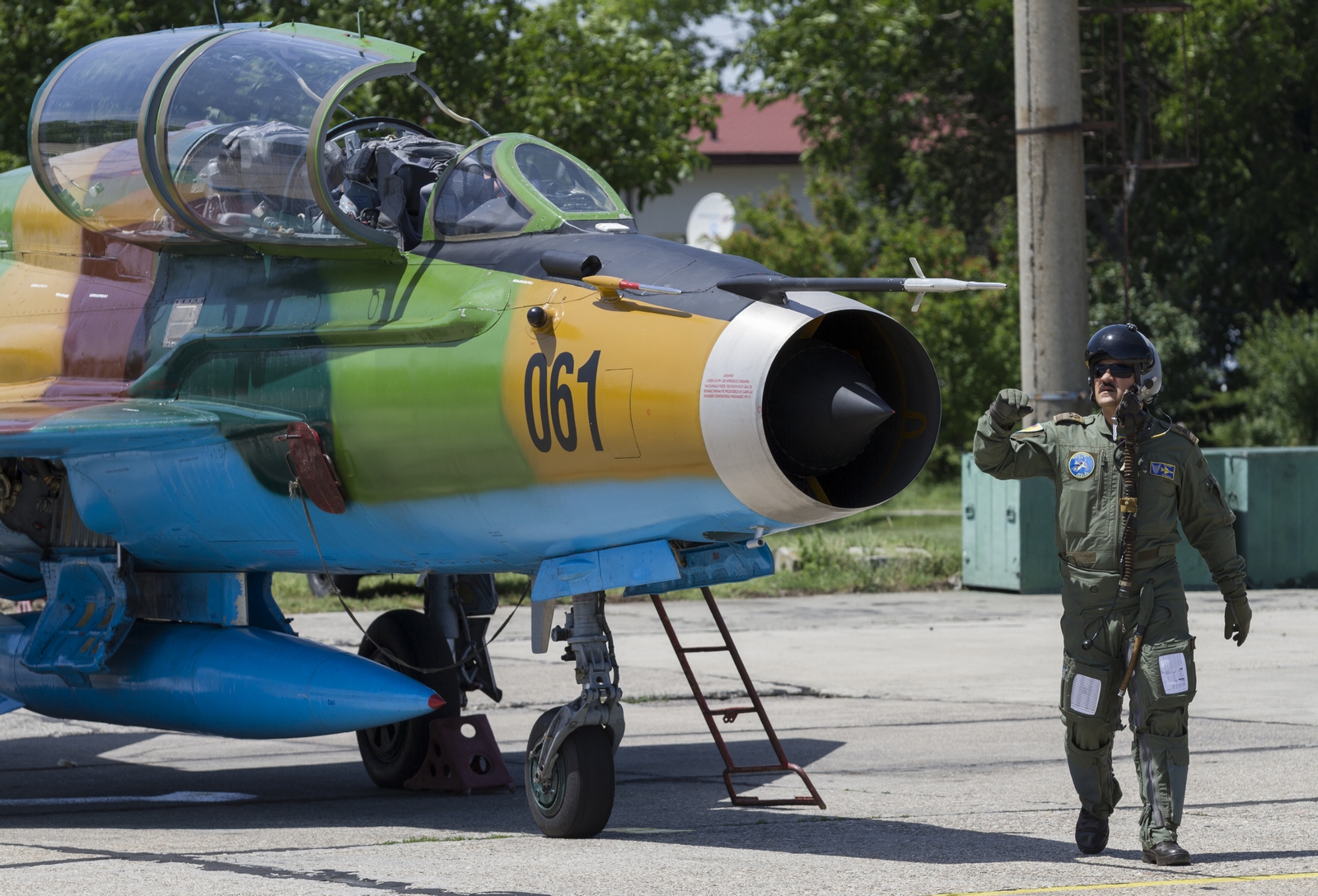
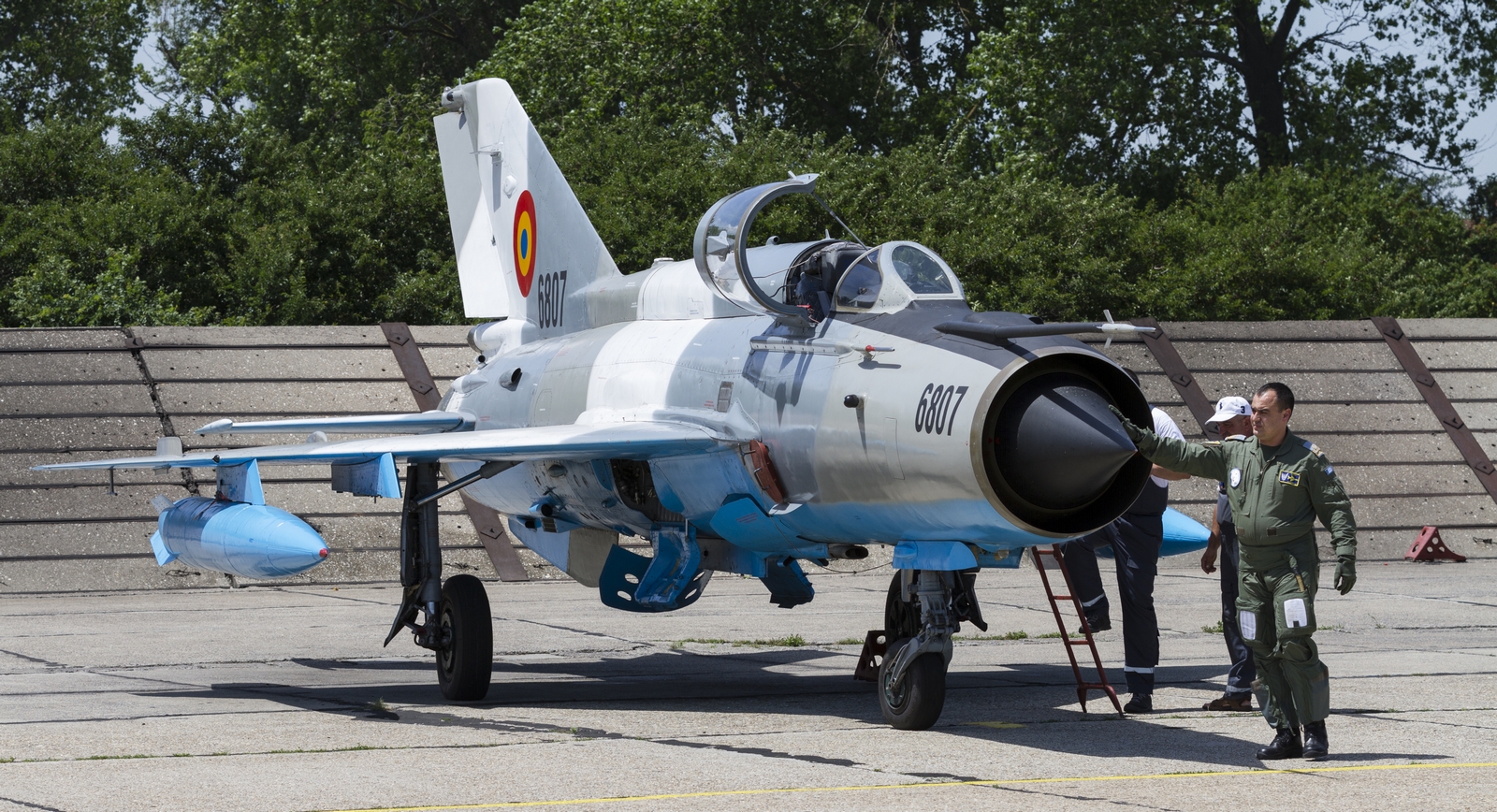
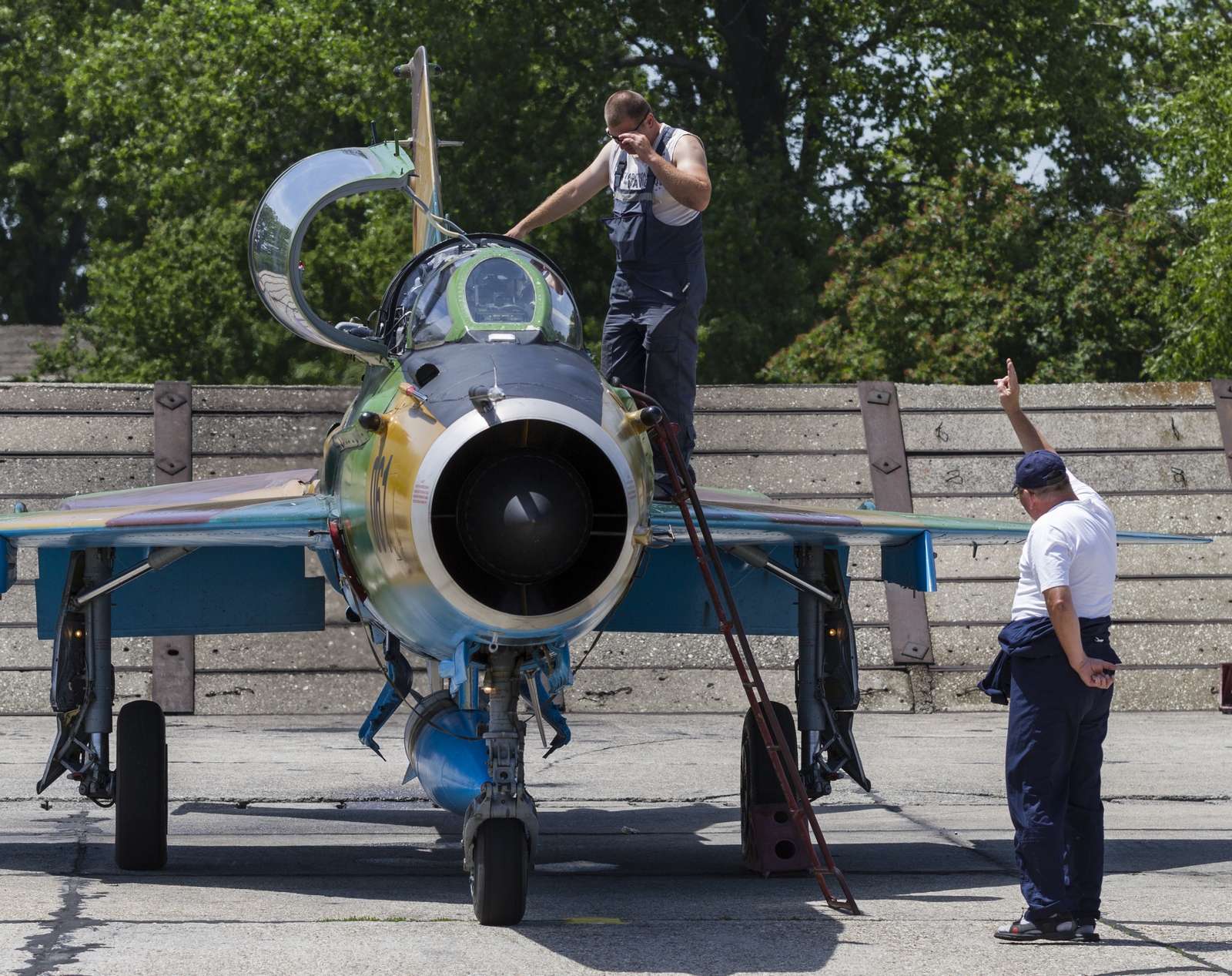
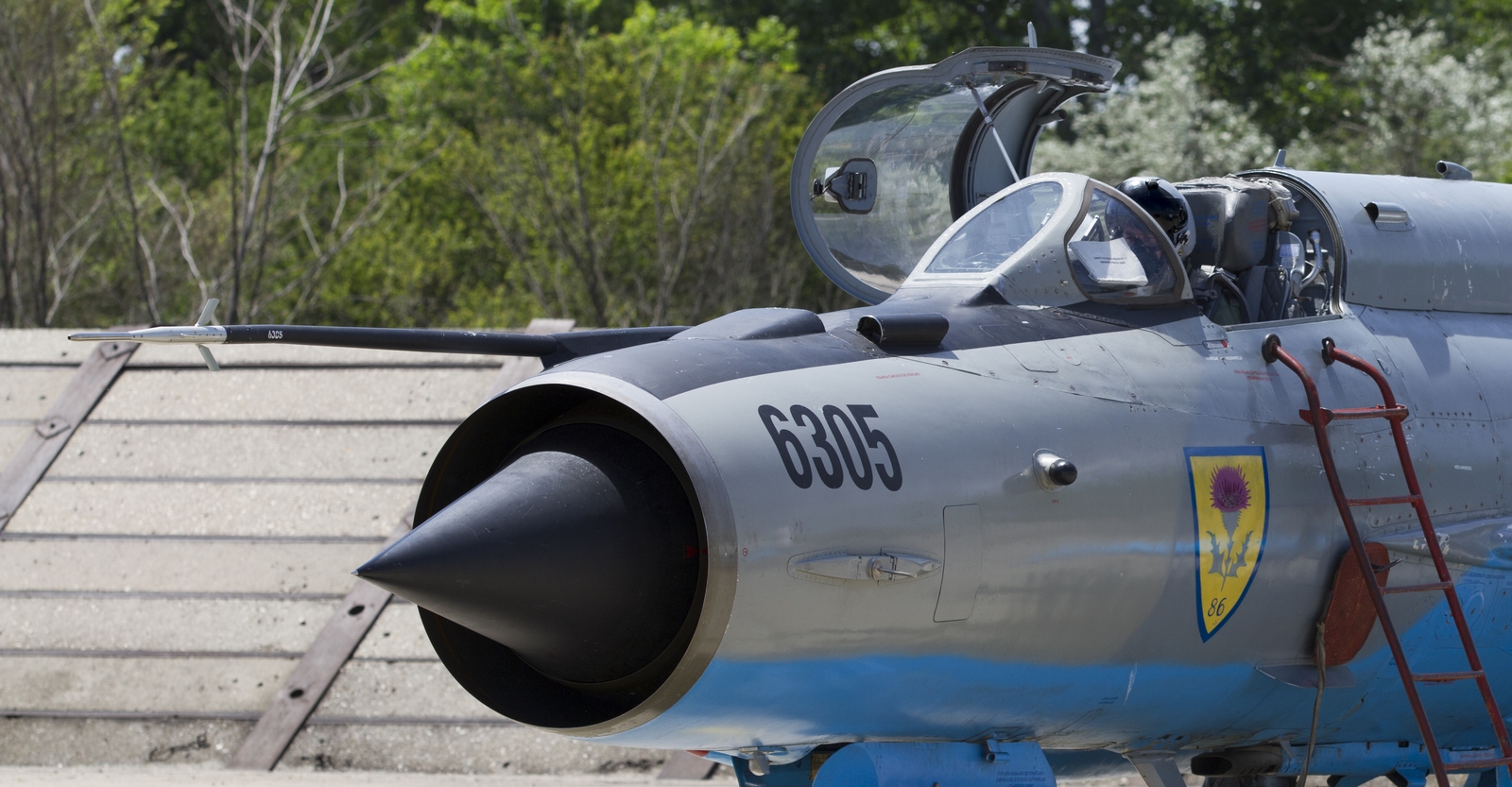
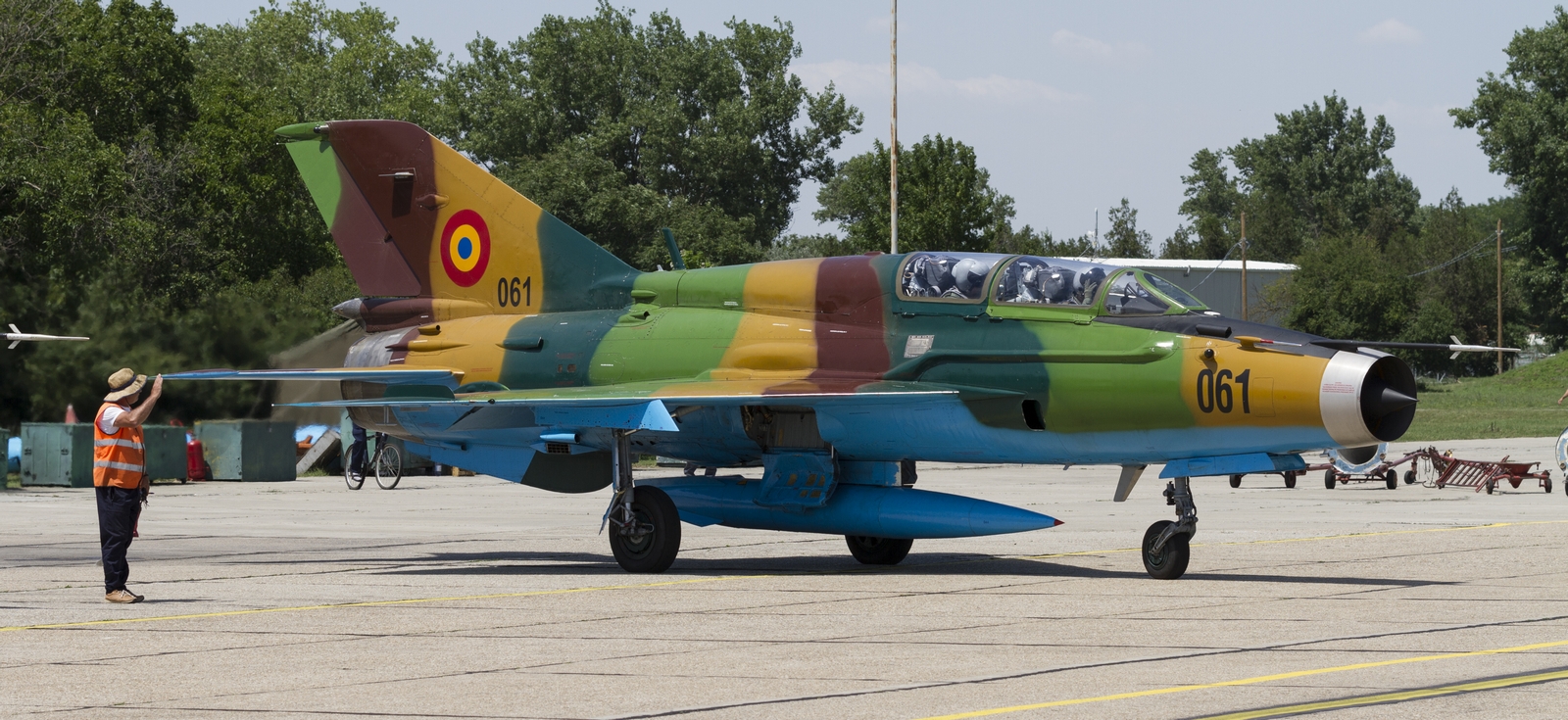
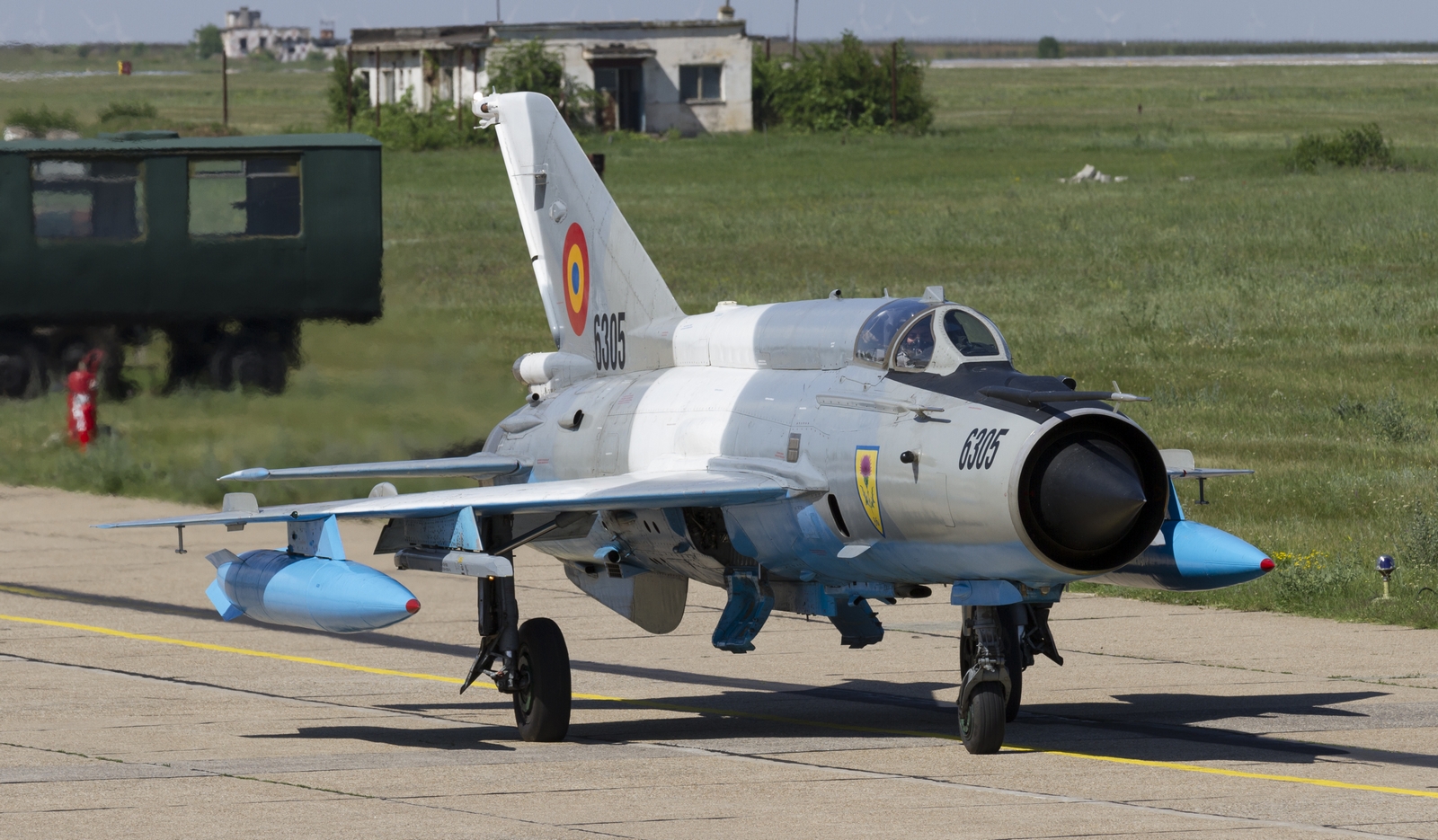
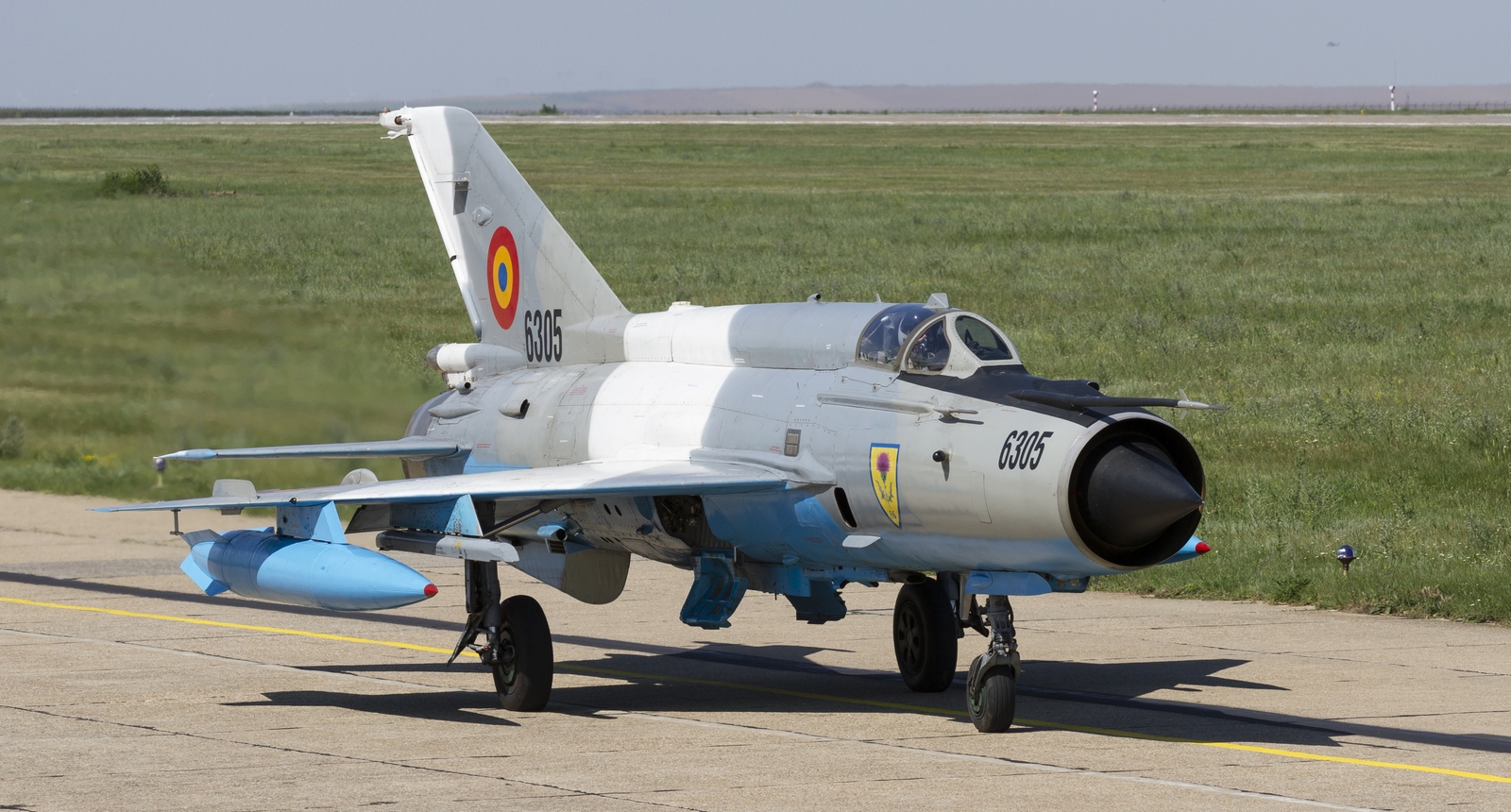
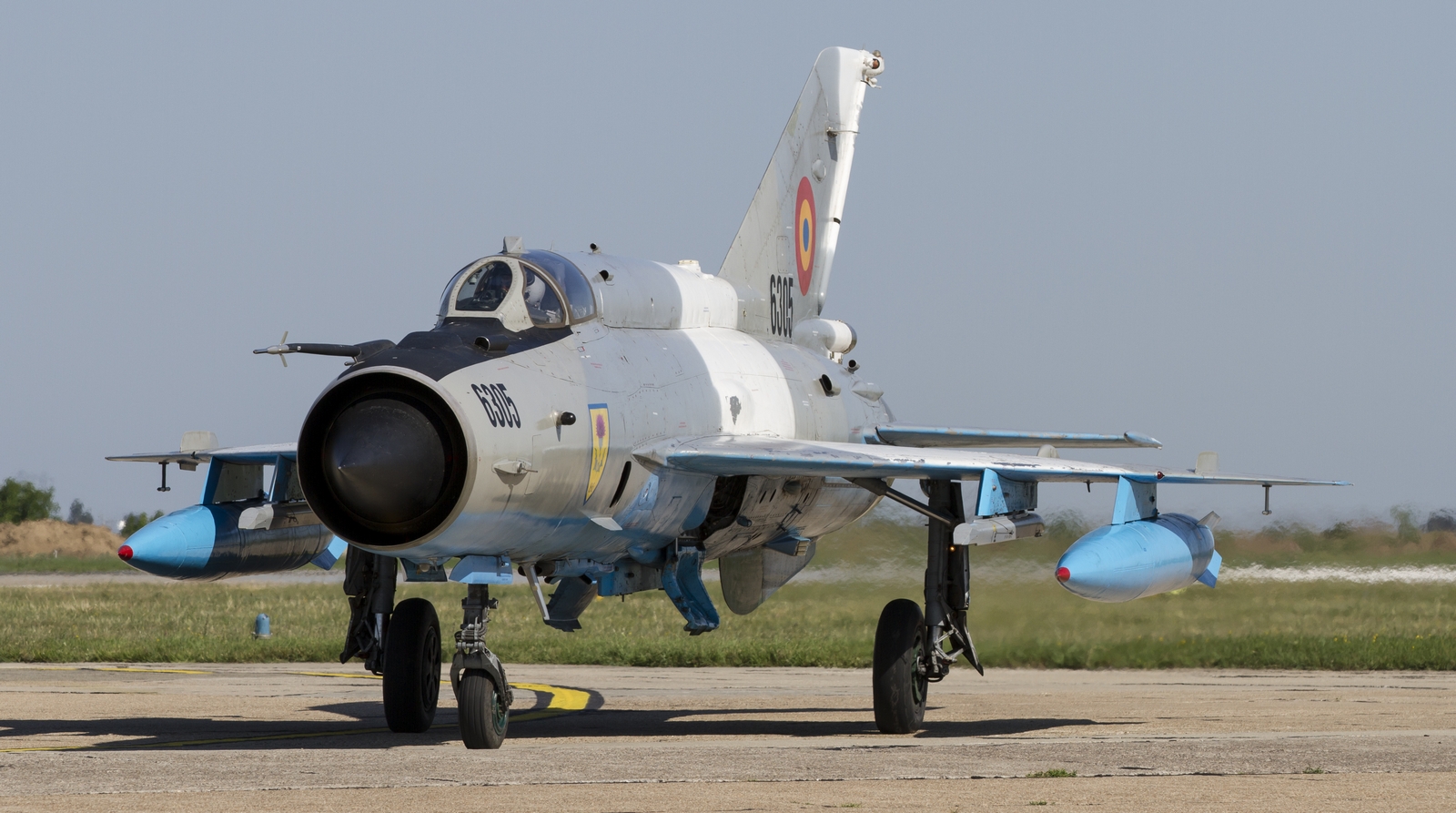
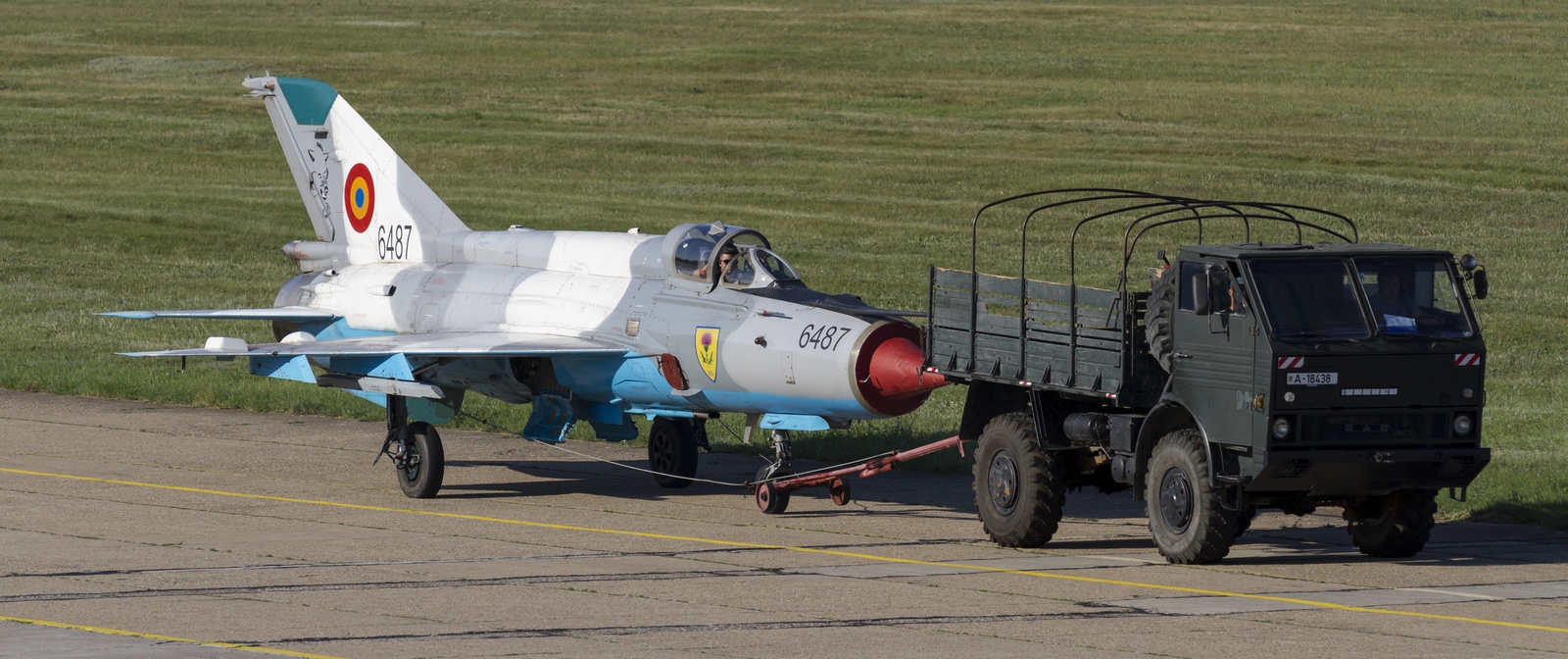
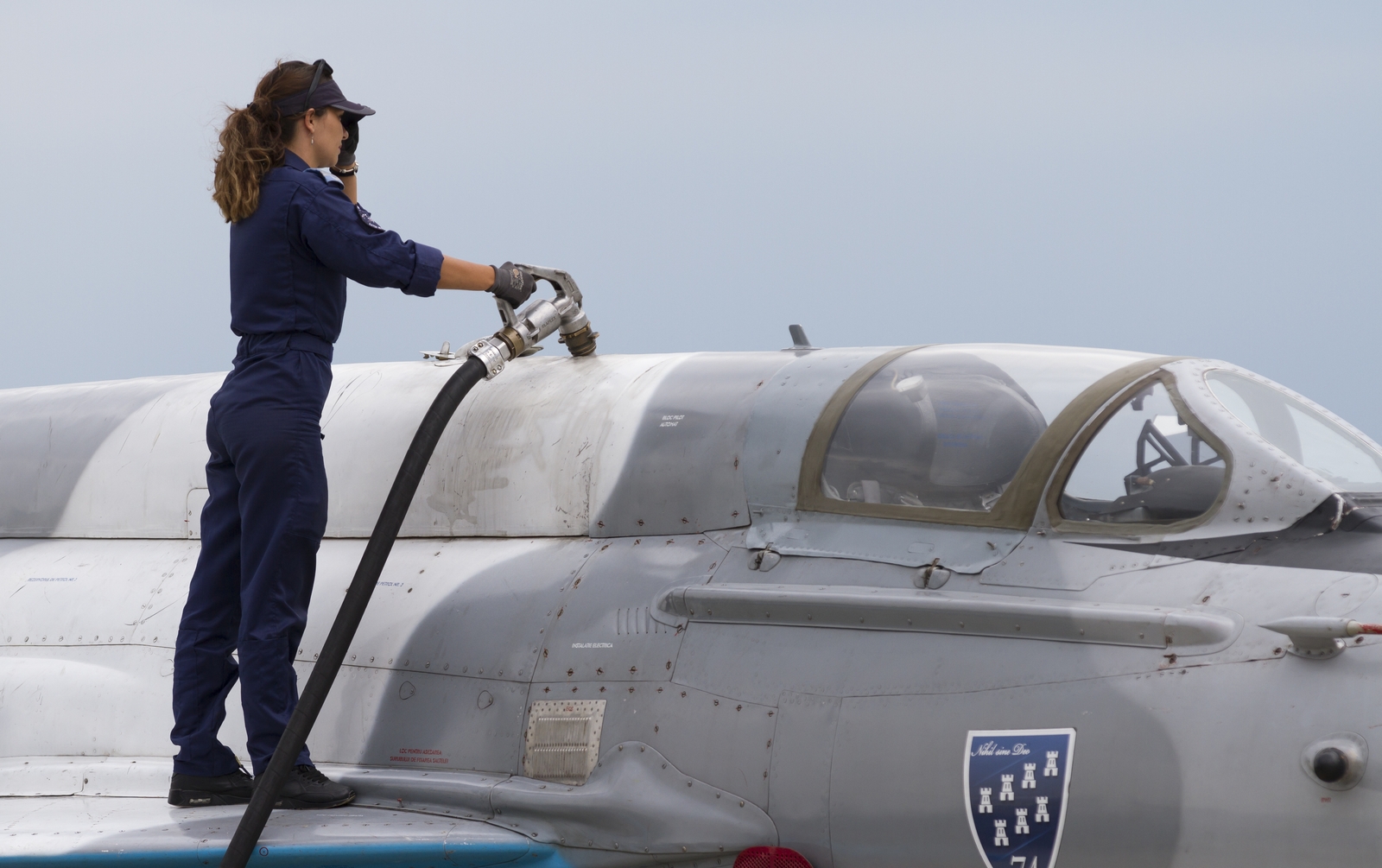
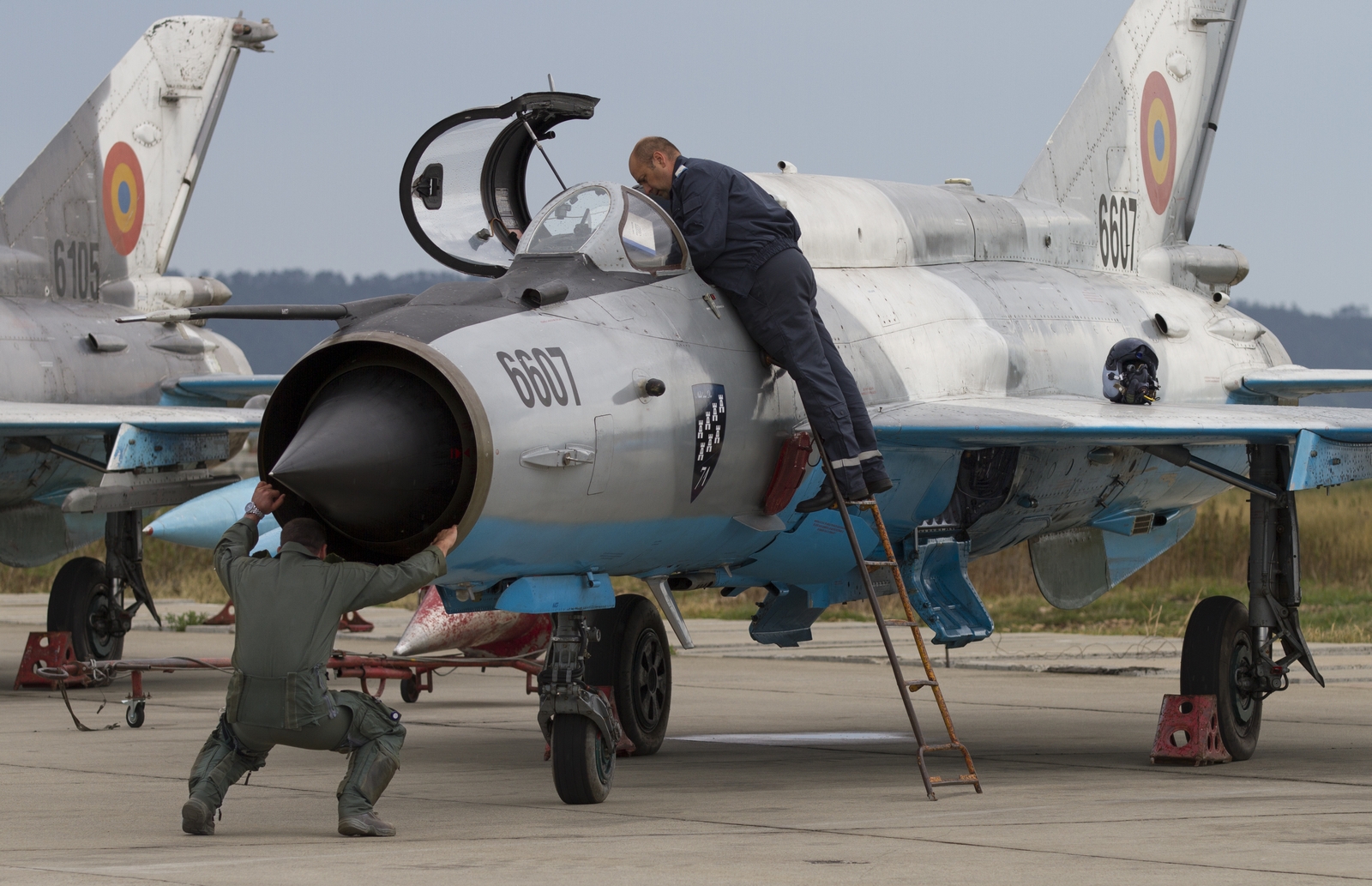
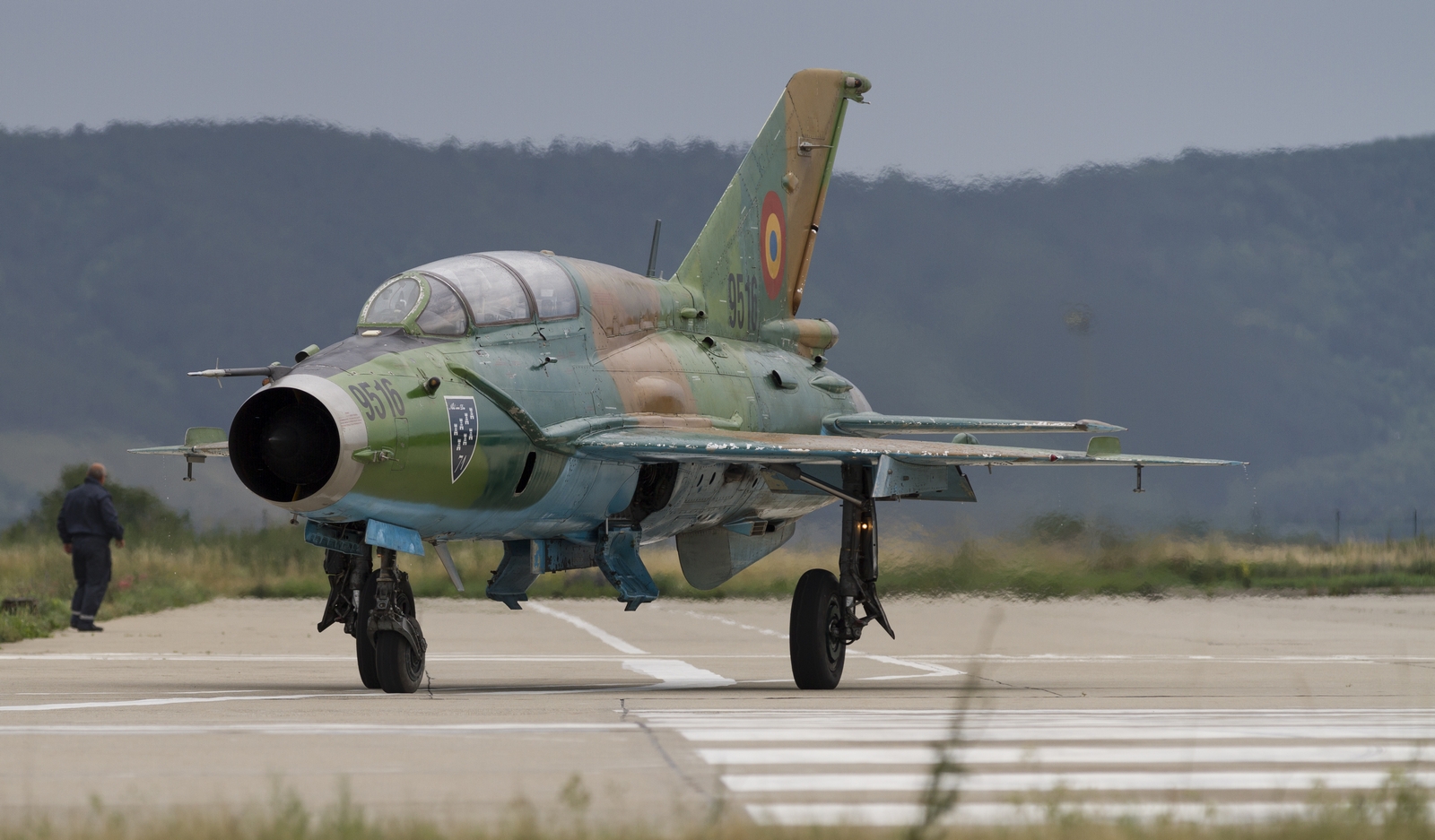
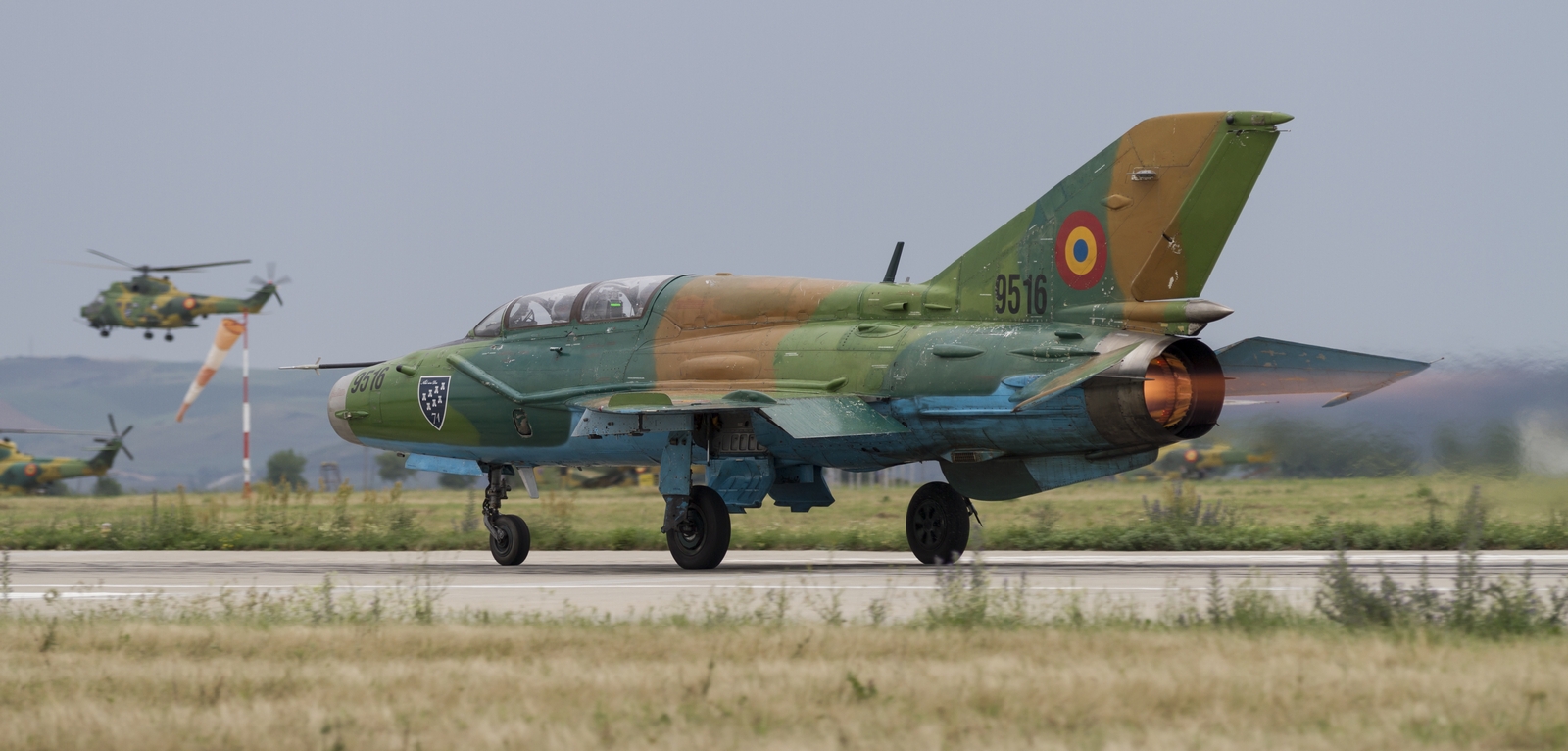
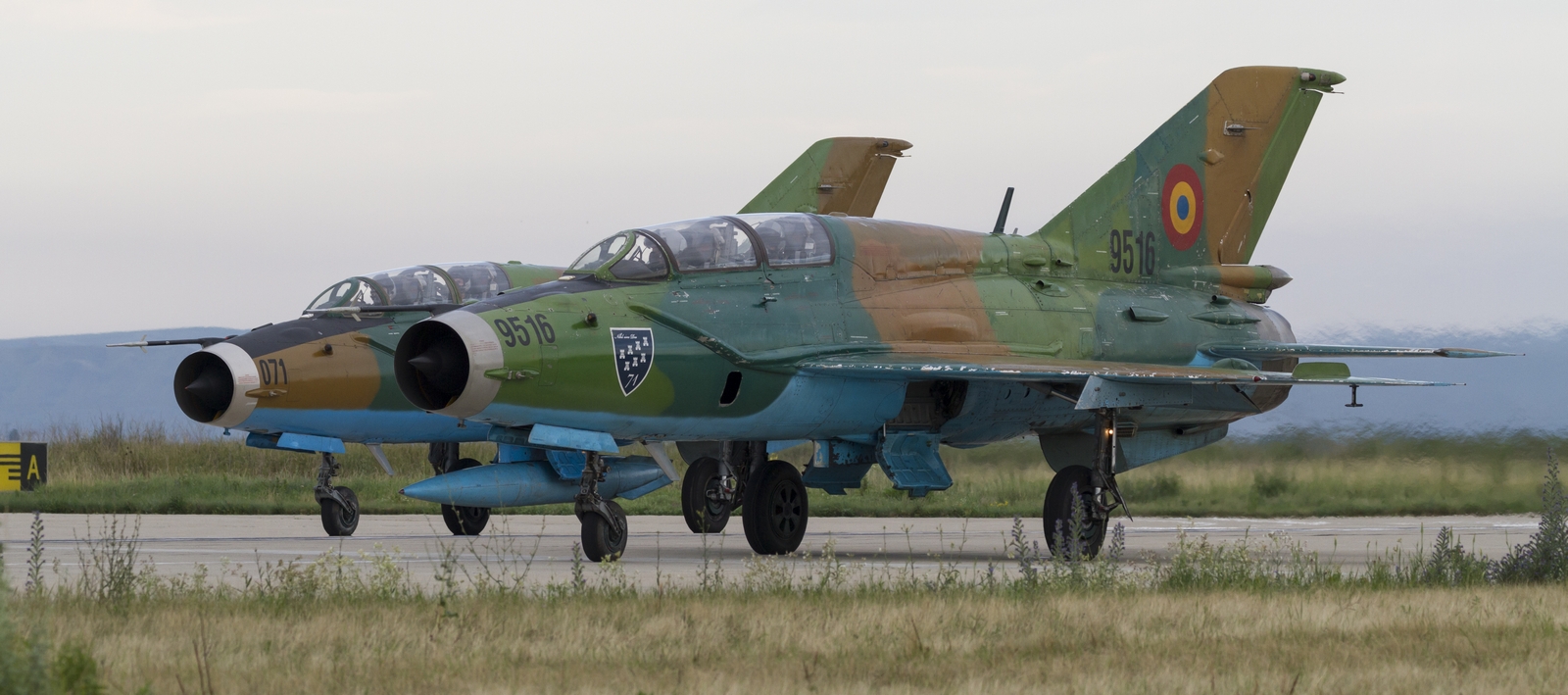
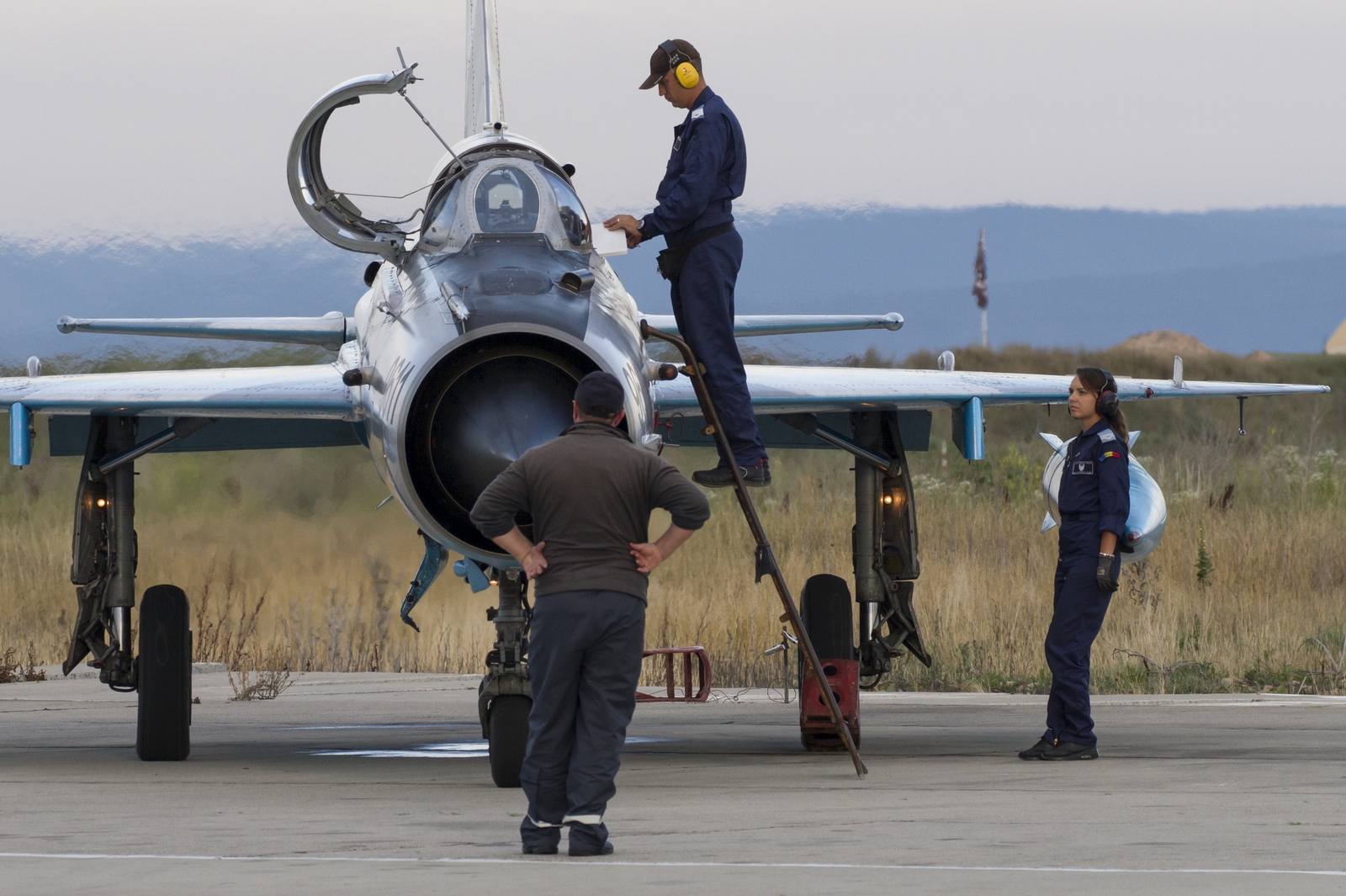
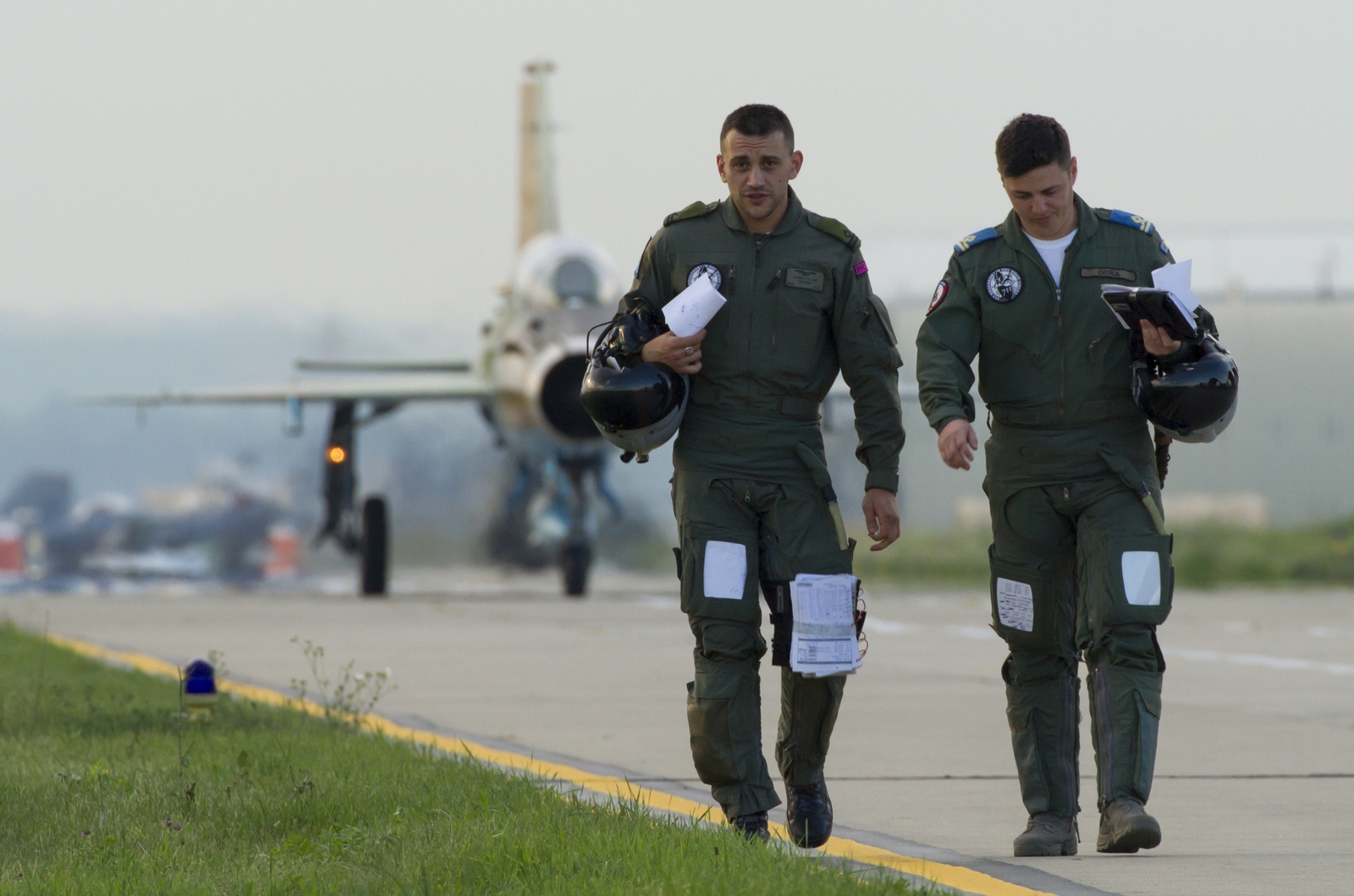
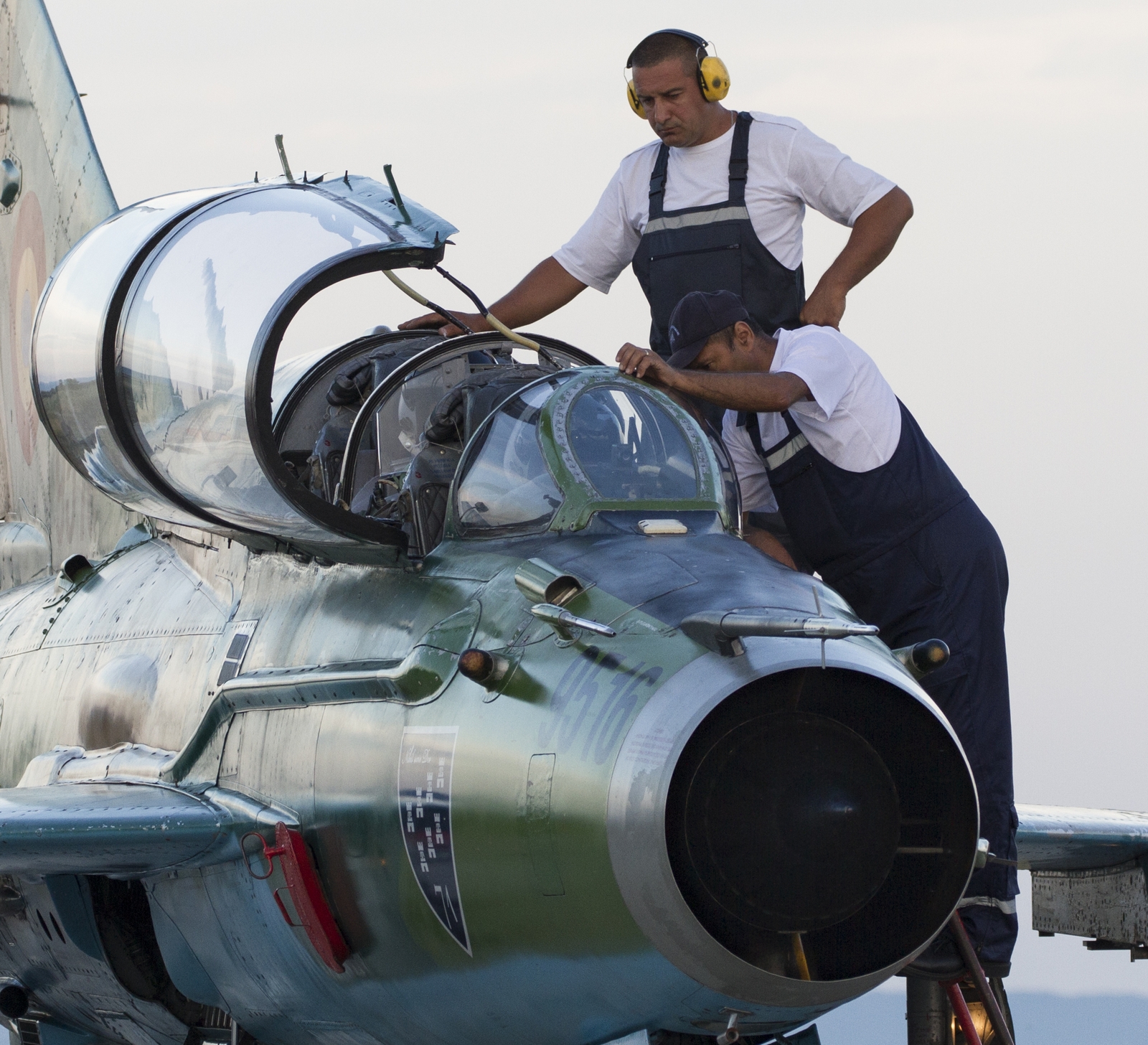
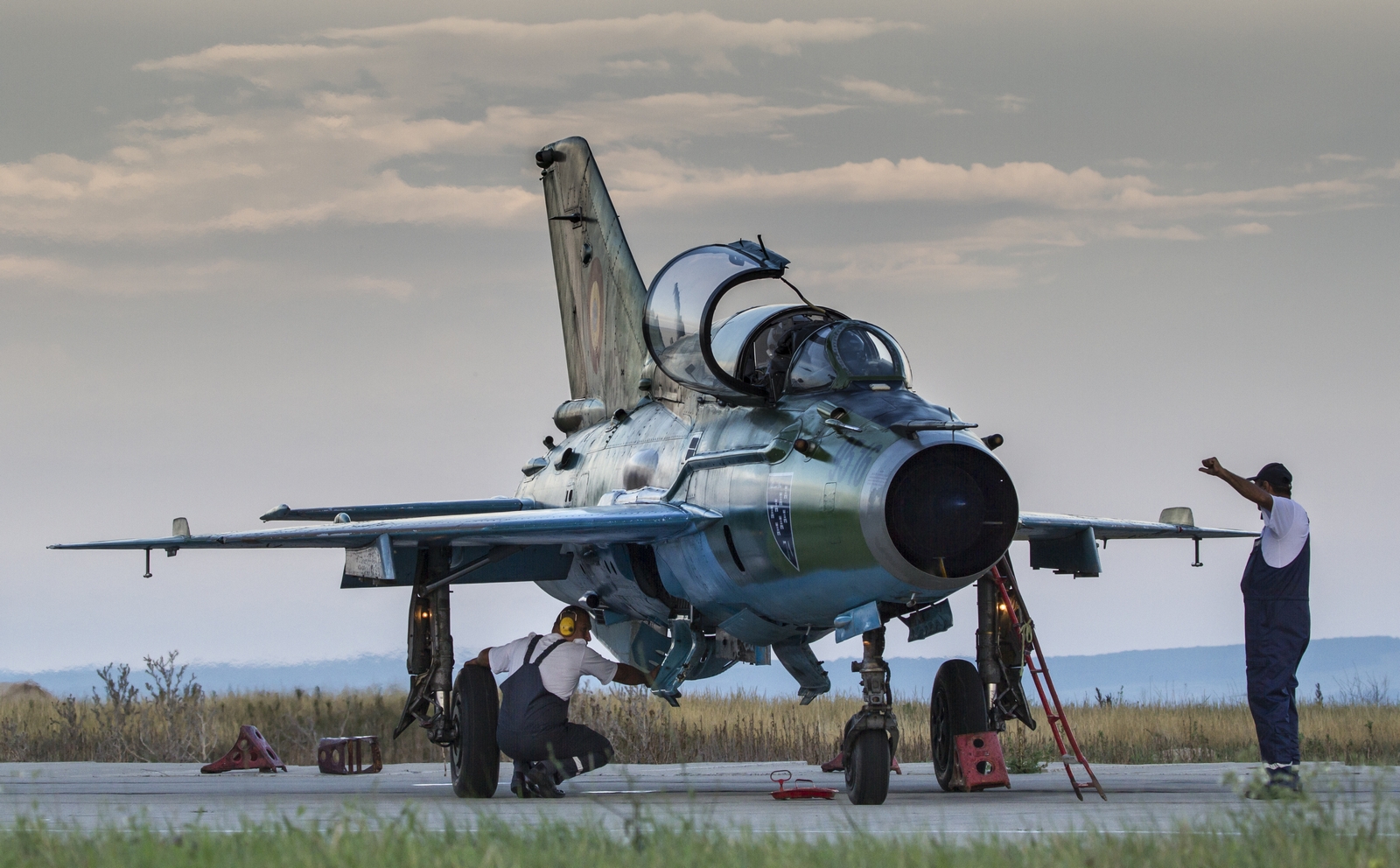
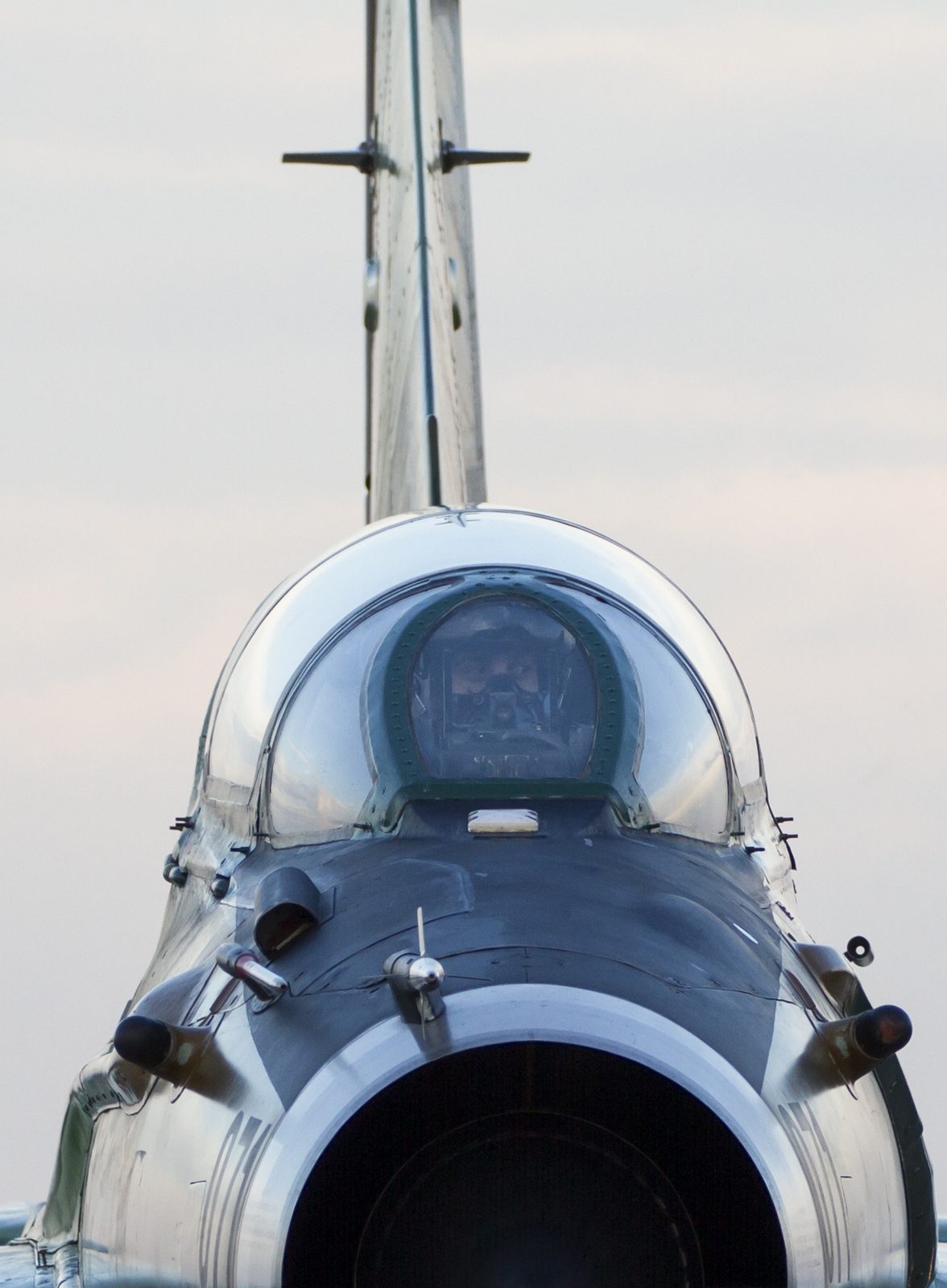
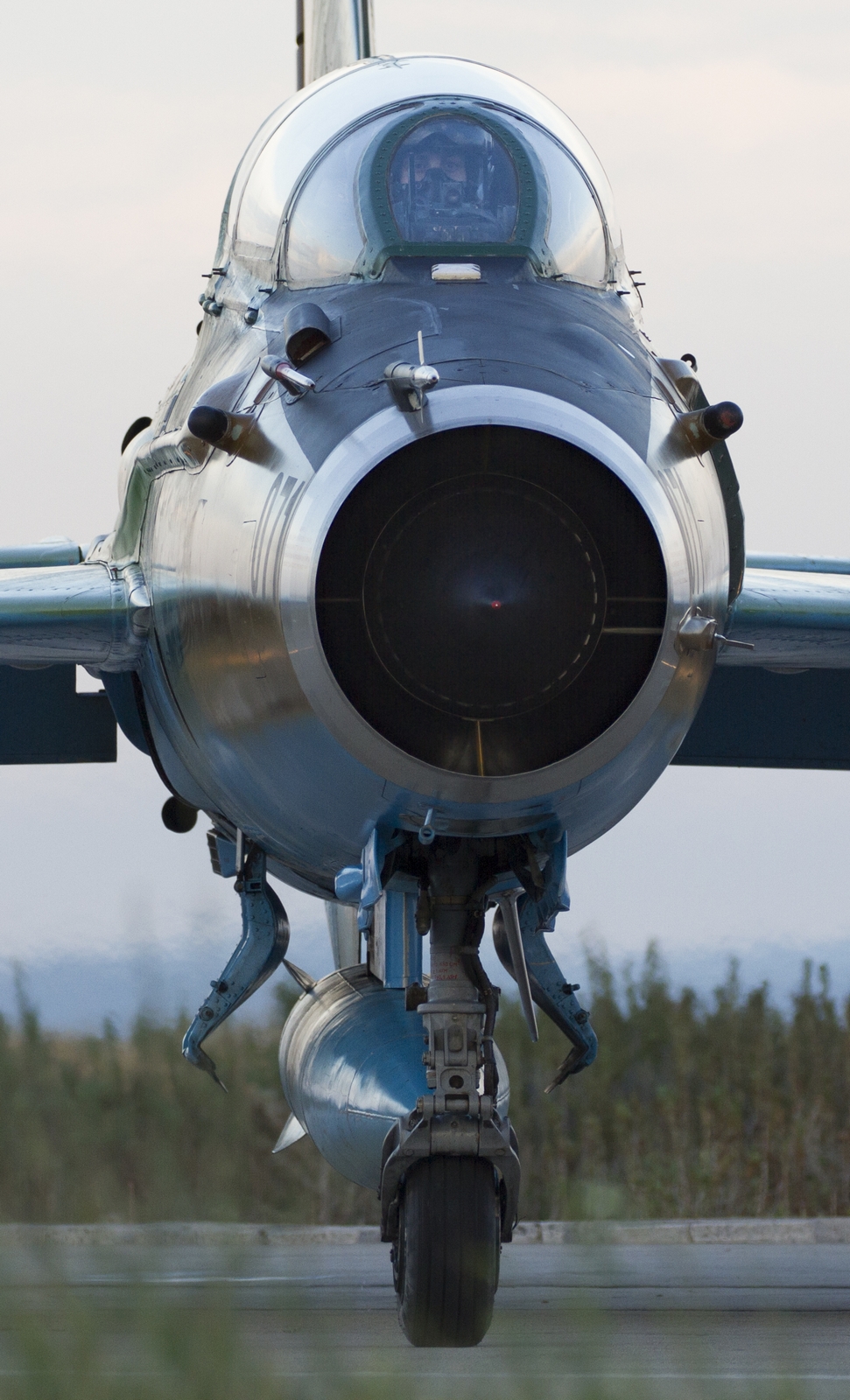
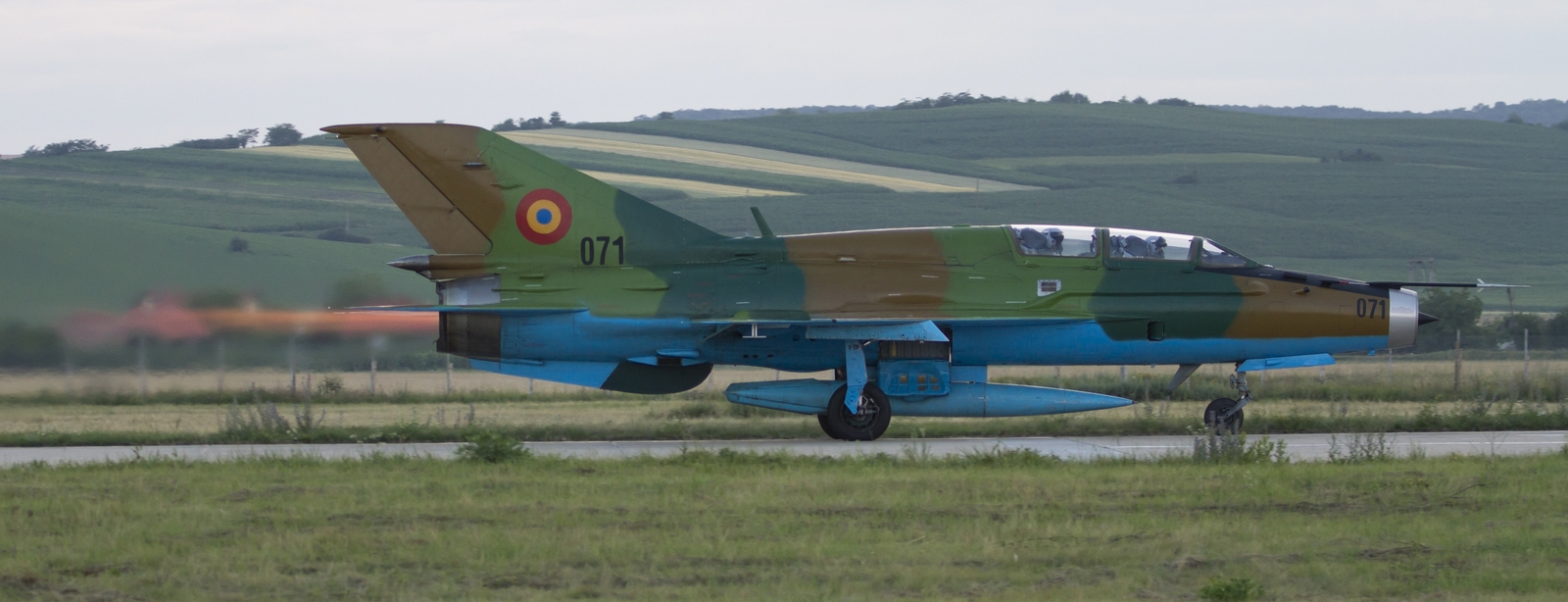
Patrick Roegies is born and raised in Tilburg, the Netherlands and currently resides in Sittard in the south of the Netherlands where he lives with his wife Joyce. Patrick graduated from a technical study at the HTS in Tilburg in 1997. He currently works as a head of an equipment engineering department in the south of the Netherlands.
His passion towards aviation started at the age of 7 in 1977 when his father took him to nearby Gilze Rijen Air Force base where he witnessed his first howling F-104 Starfighters which were practicing and as a result he got addicted immediately. The F-104’s were present in order to determine a tactic to create a diversion for the “train highjack” which was going on in the Netherlands at that time. The F-104’s were meant to create a diversion by performing an overshoot, kicking in the afterburner directly over the train, creating confusion with the hijackers and enabling the police to master the hijackers. This action has actually been performed and worked.
This is when his passion towards aviation was born. He got permission from his parents to visit the airbase every free hour he had and his father showed him the way by bicycle. Patrick got his first camera in 1984 which was a Canon T50 and shot Kodachrome 64 slides of mainly military aircraft. He changed his gear in the mid-nineties to Nikon and is a Nikon user ever since.
When Patrick obtained his driver license in 1989 he started to visit airbases all over Europe and from 1997 onwards he made worldwide visits to military airbases.
In order to further professionalize his work as an aviation photographer and journalist he started to write military aviation related articles based upon his visits to various nations and their Air Forces. He managed to publish his first article in 2003 and increased the numbers of publications every year.
Patrick can be reached at: [email protected]

